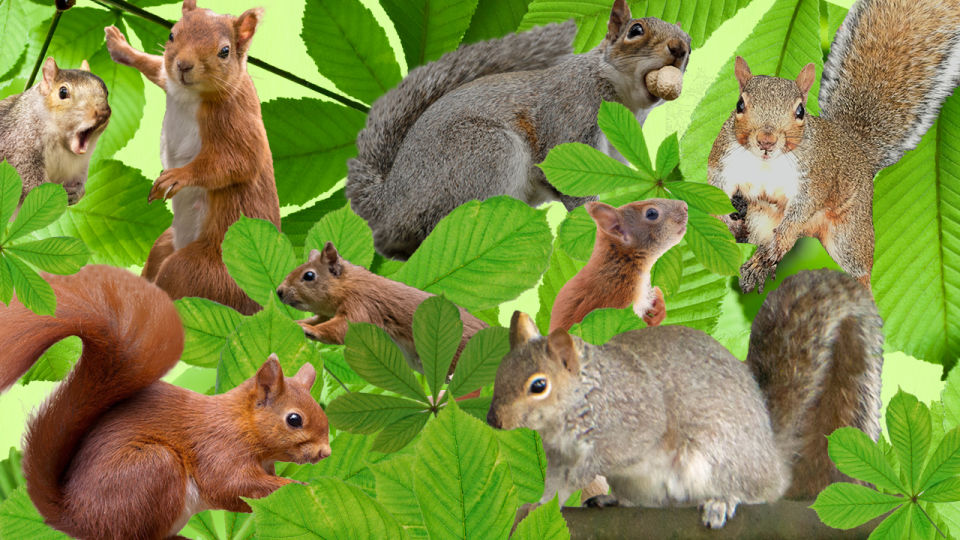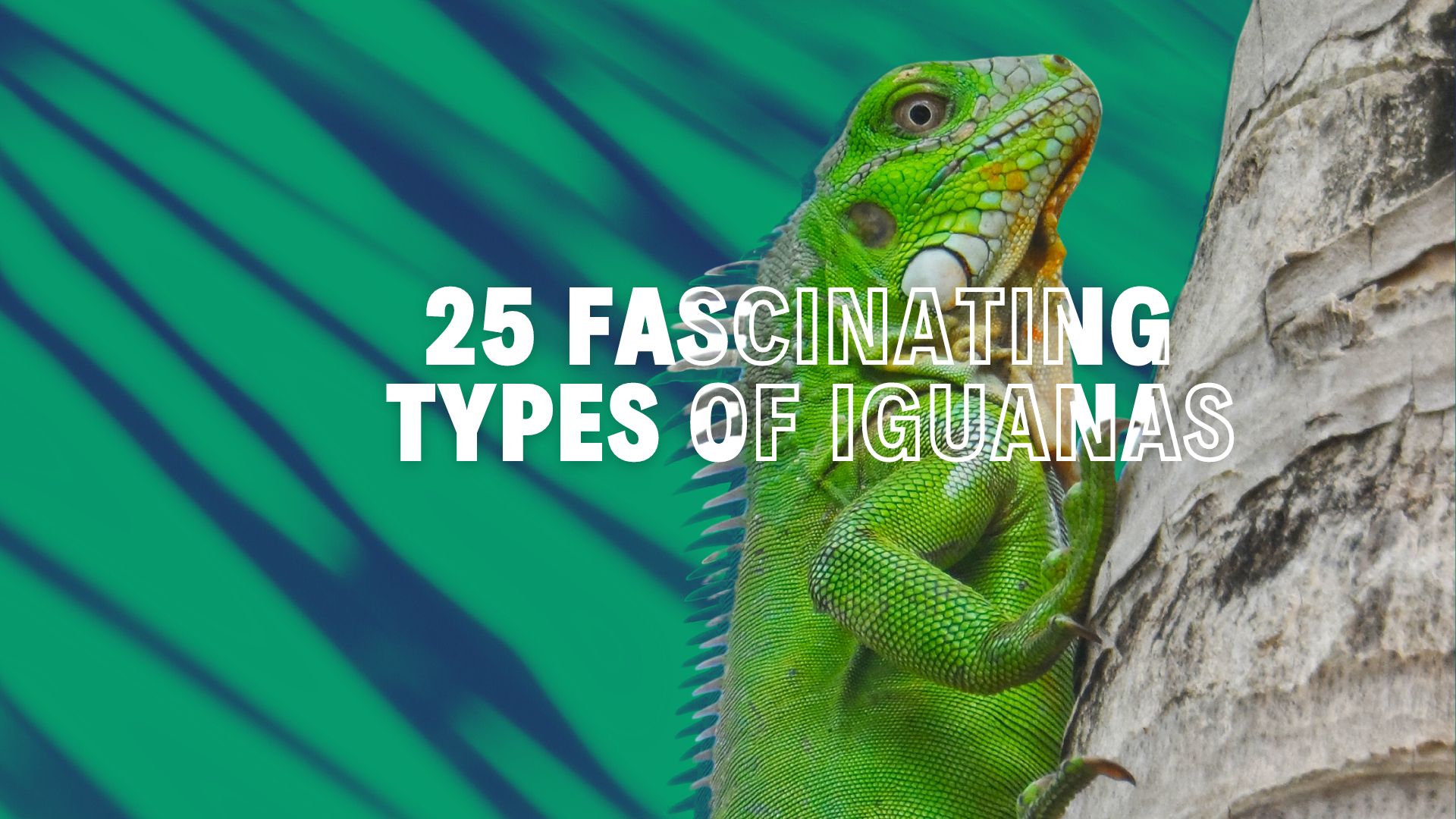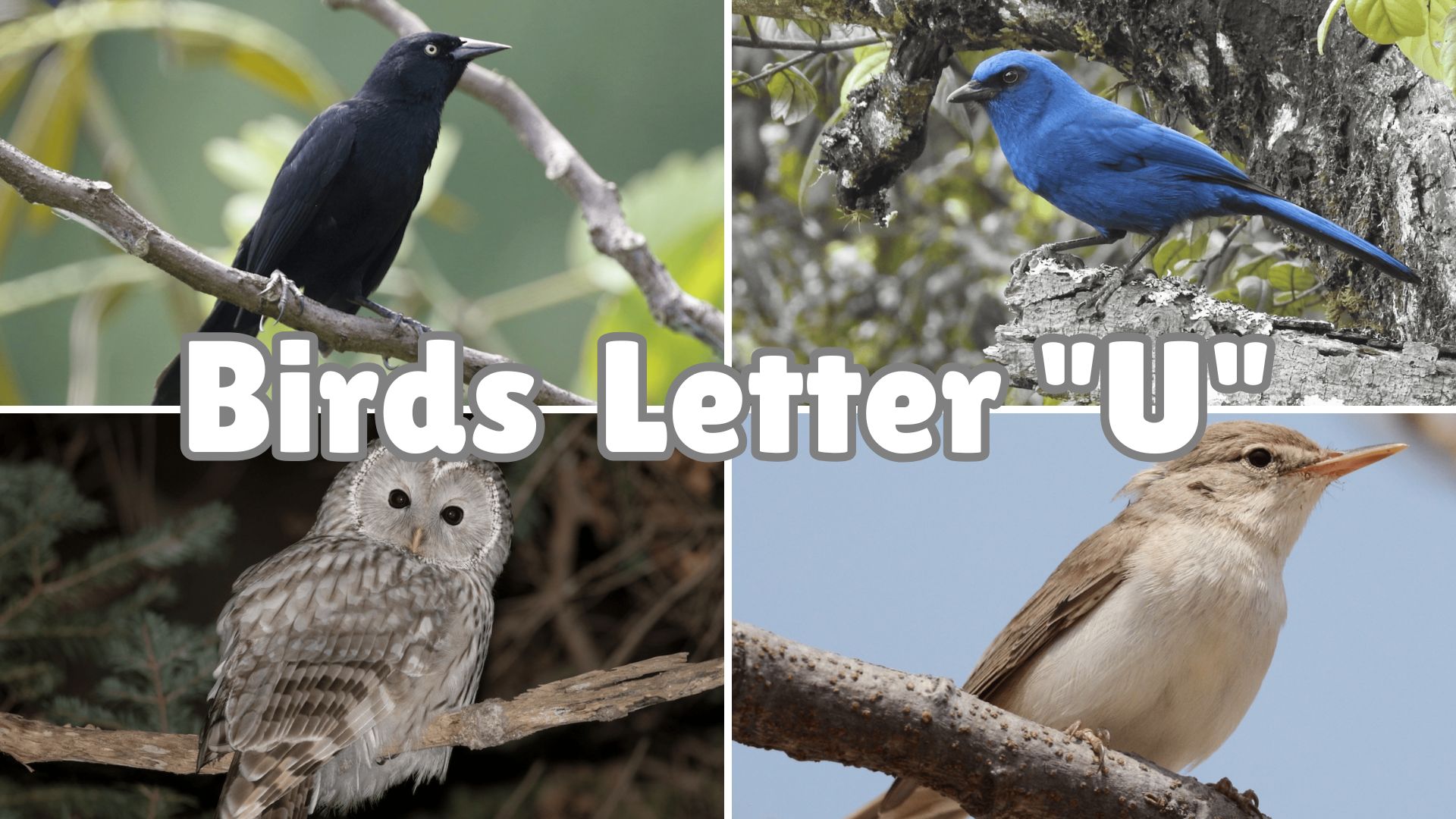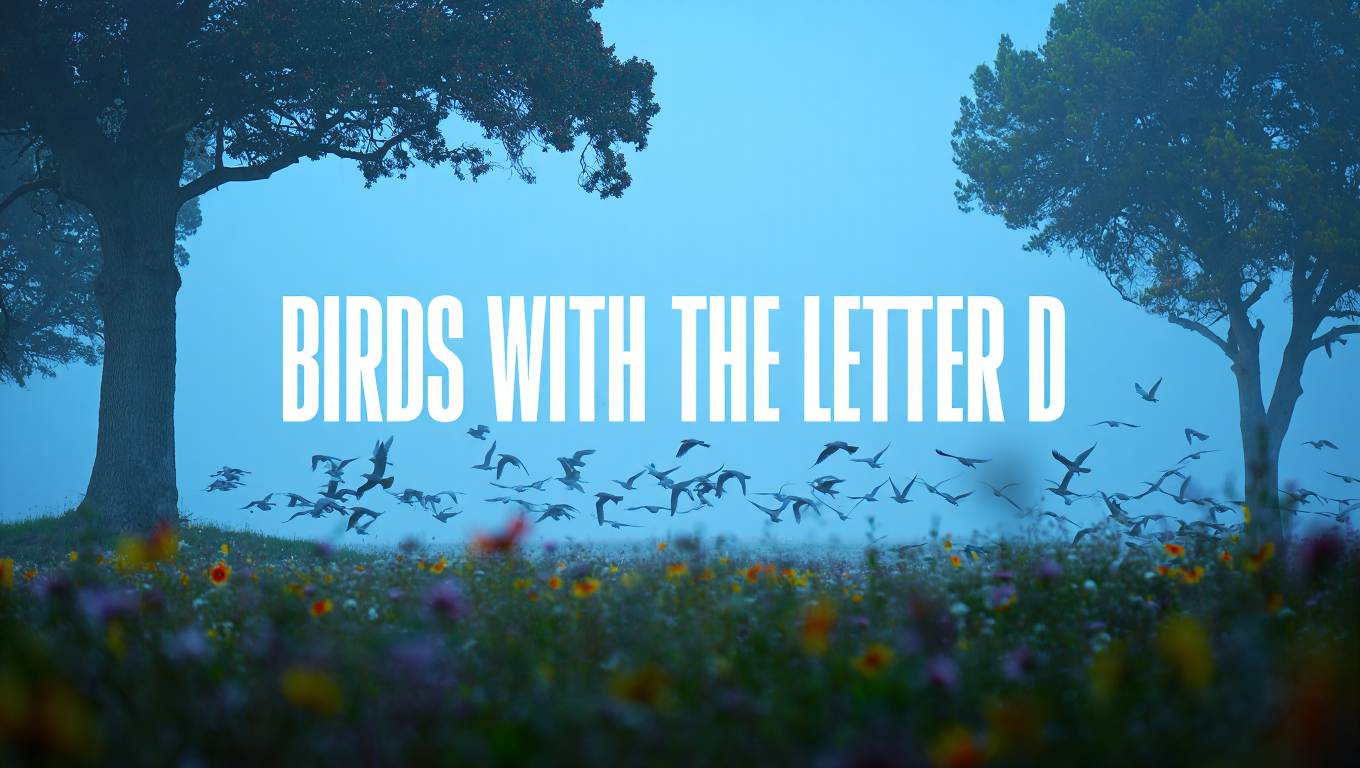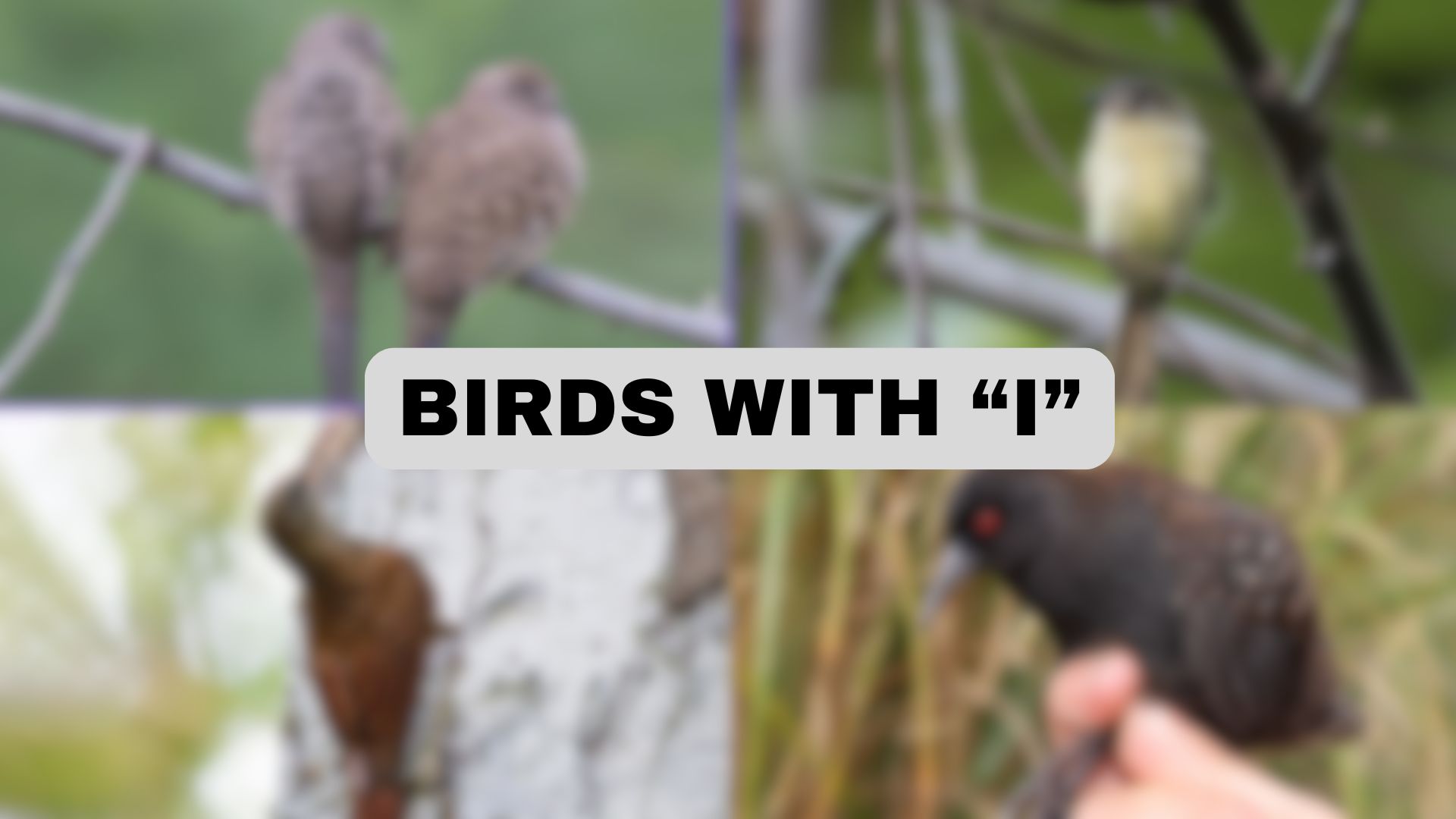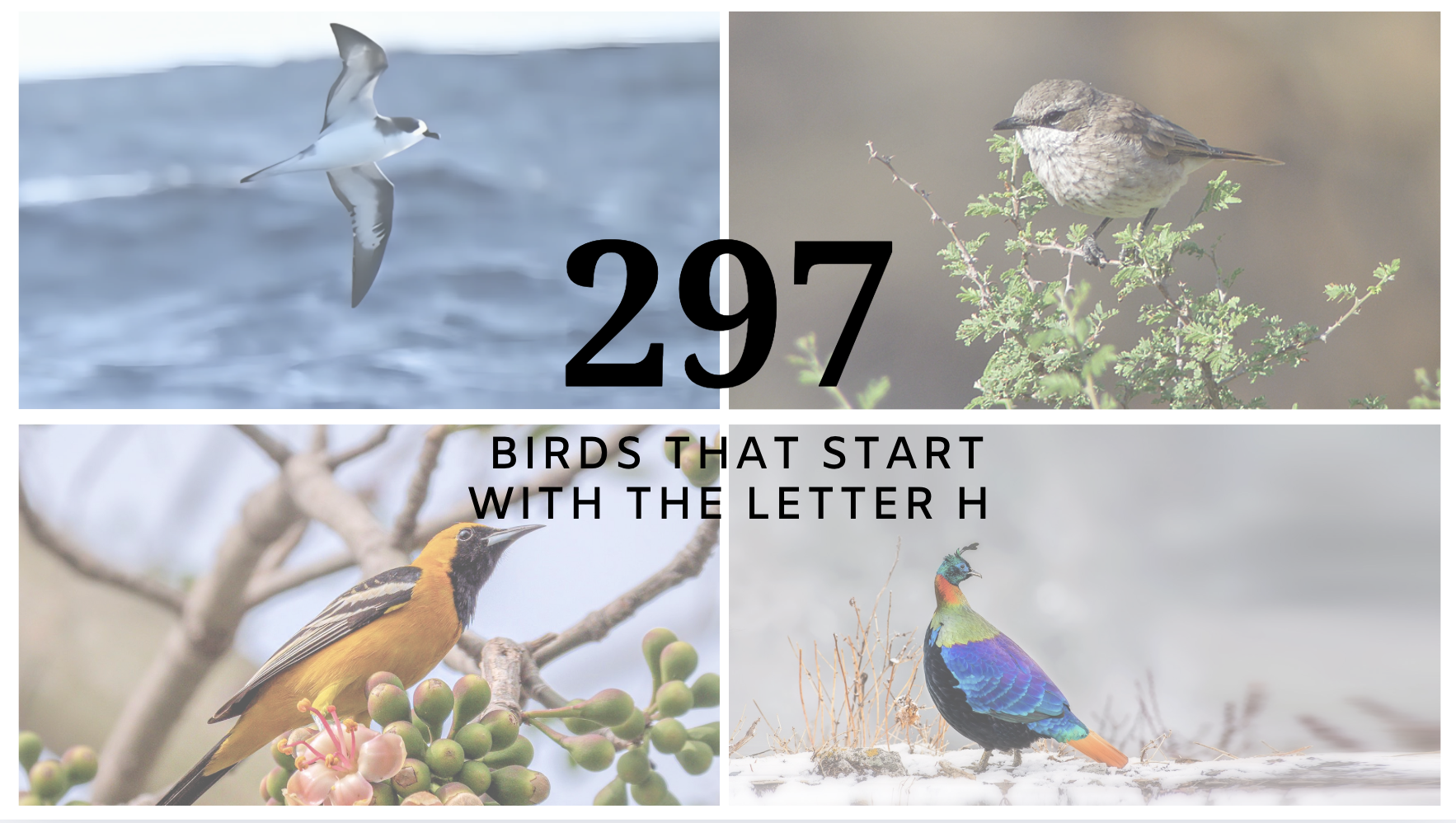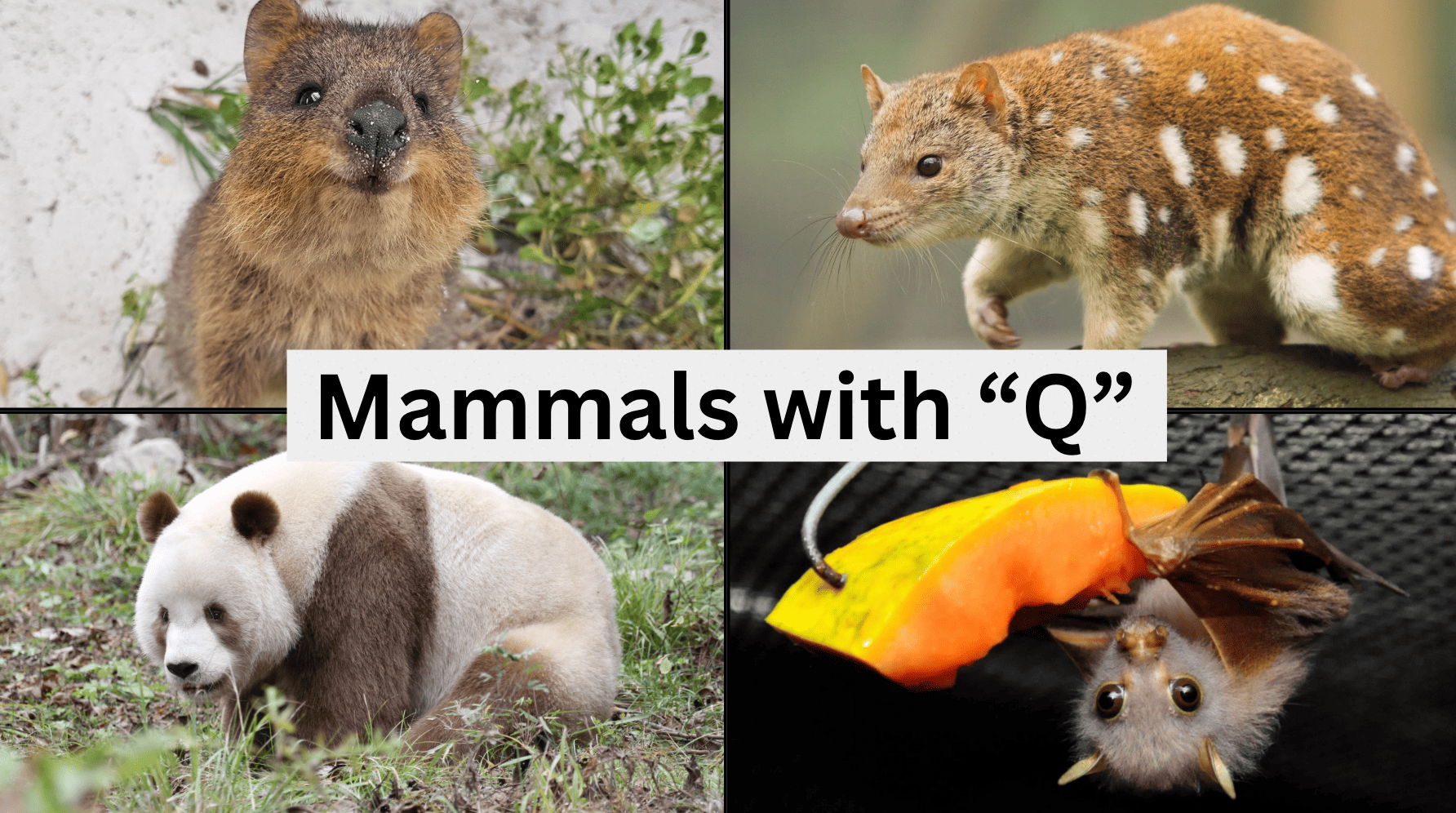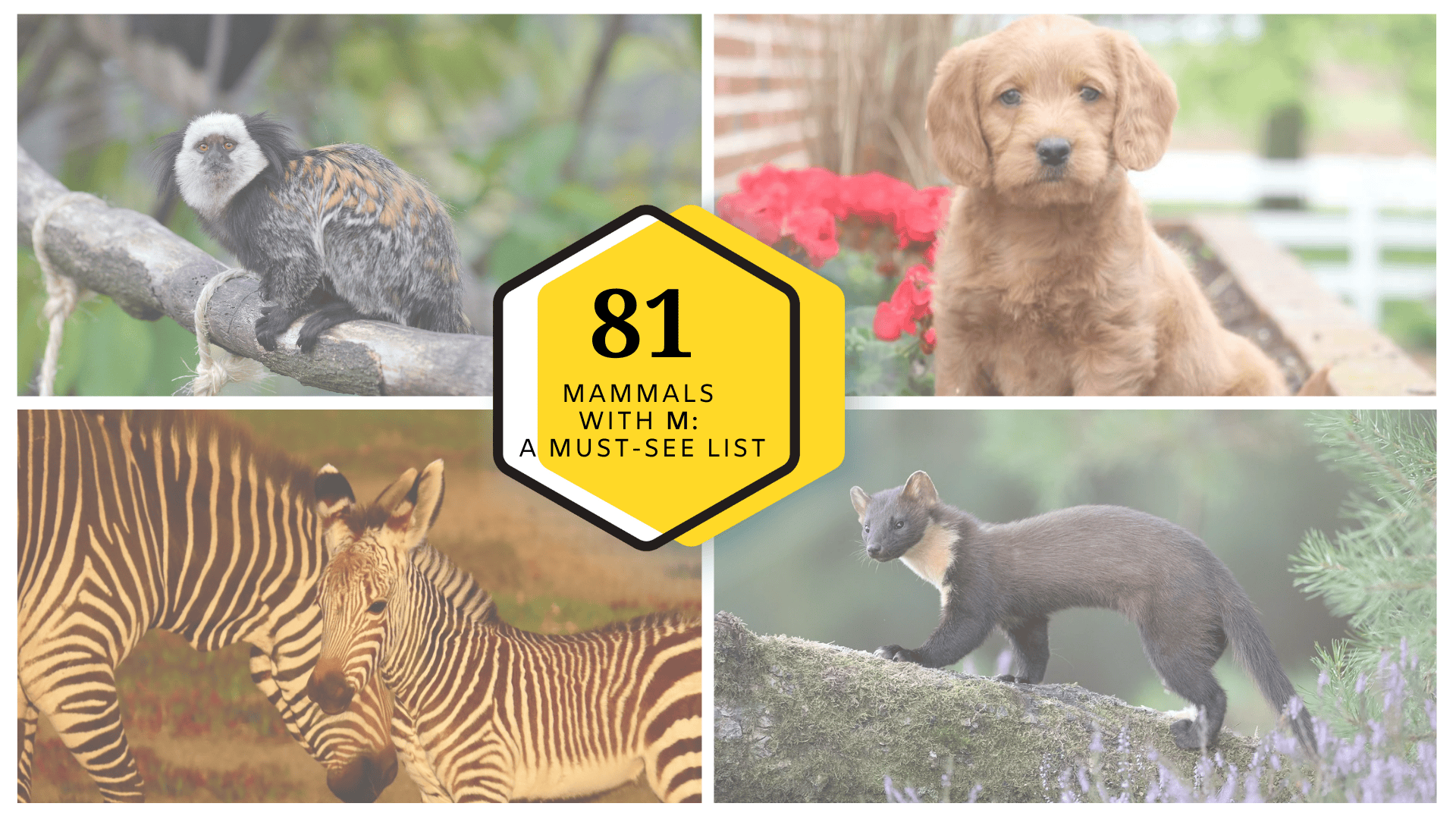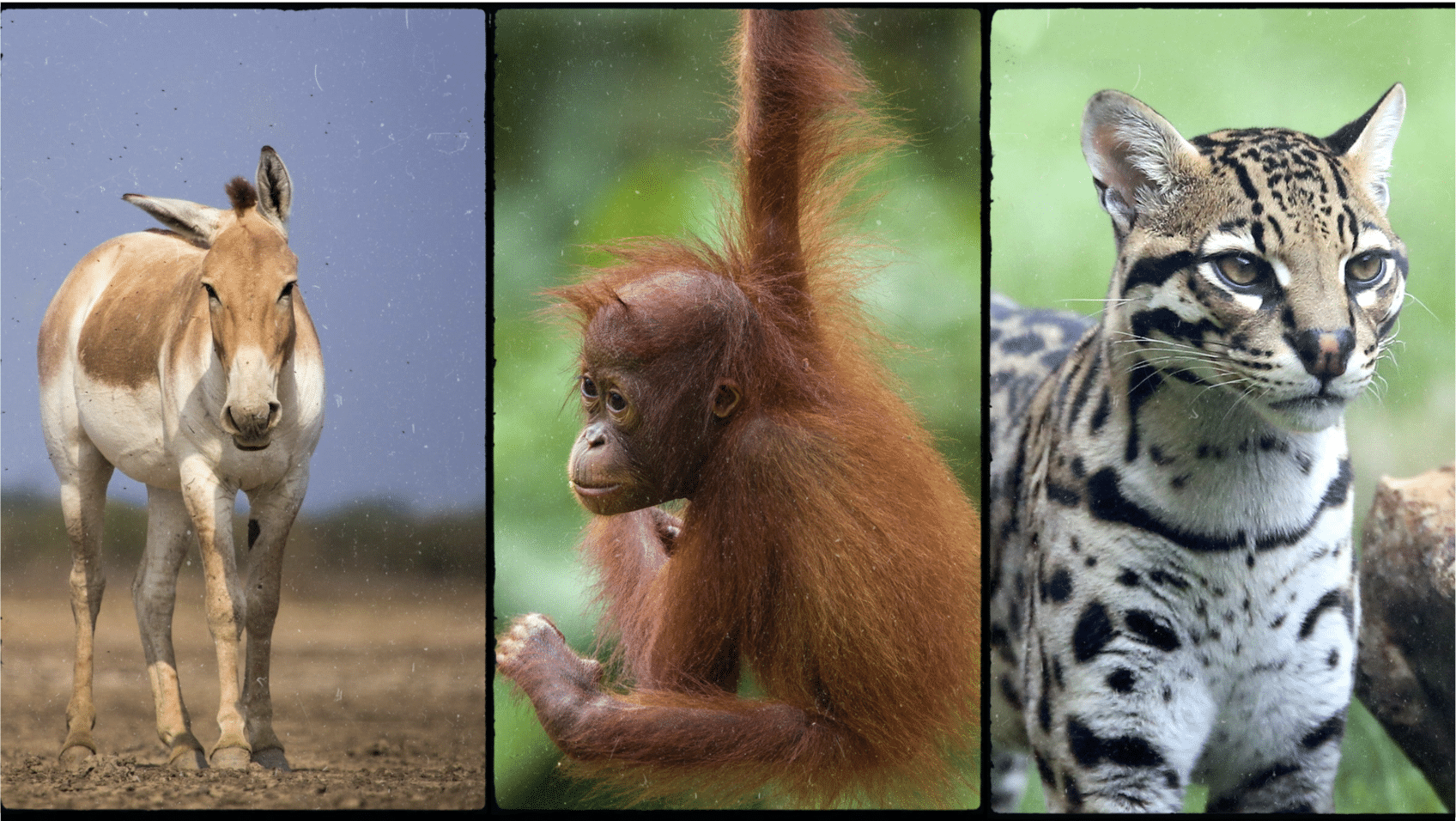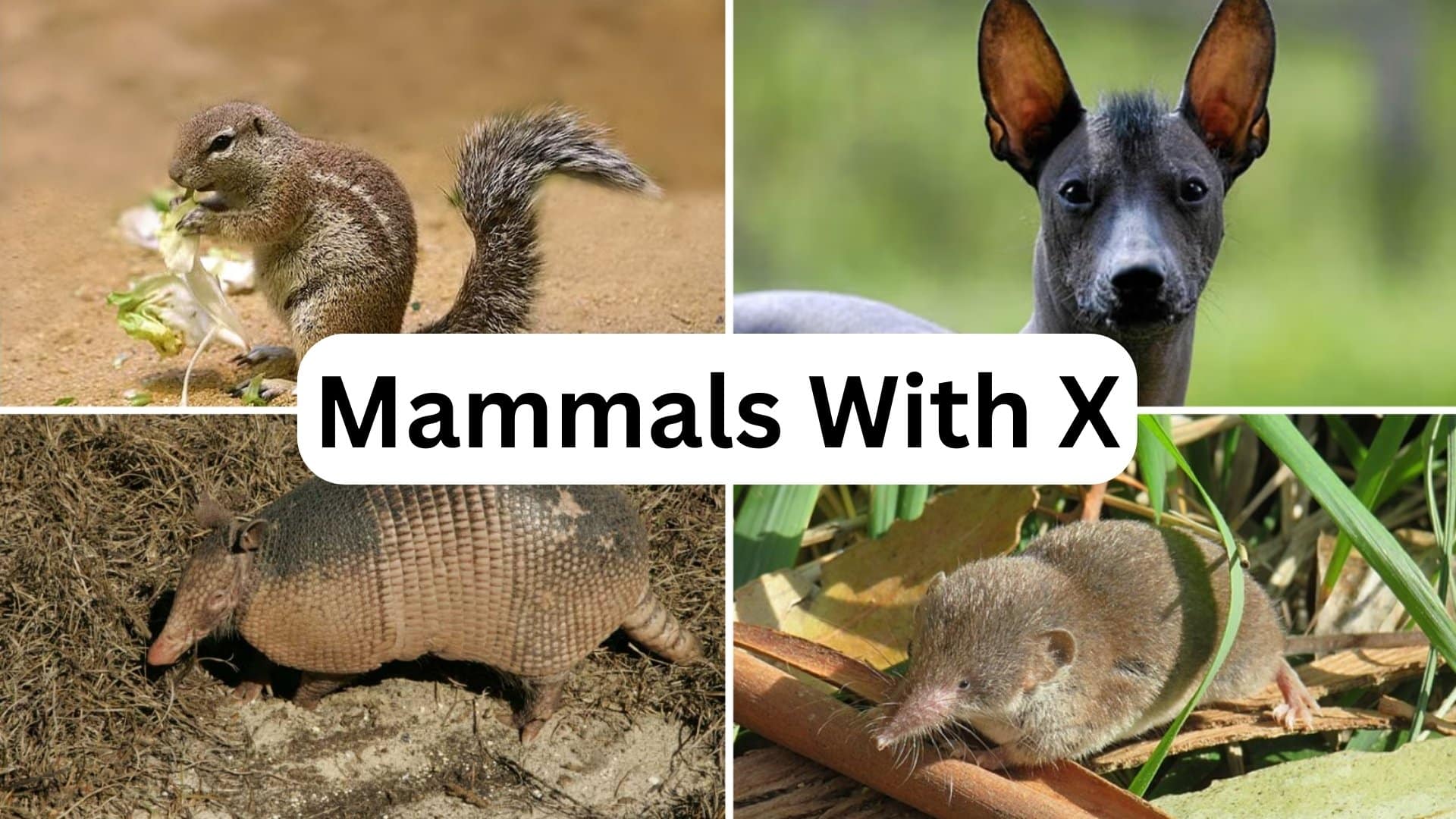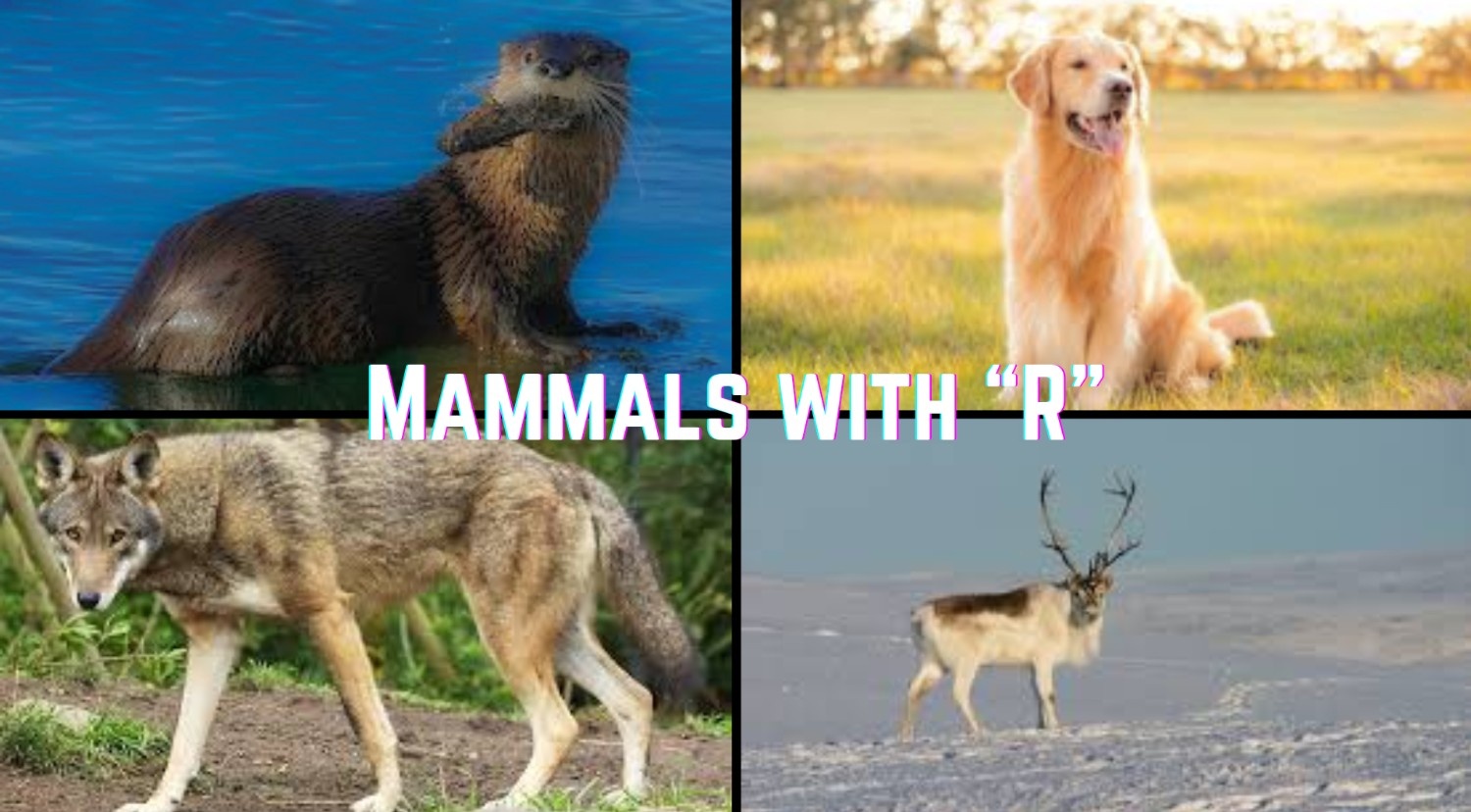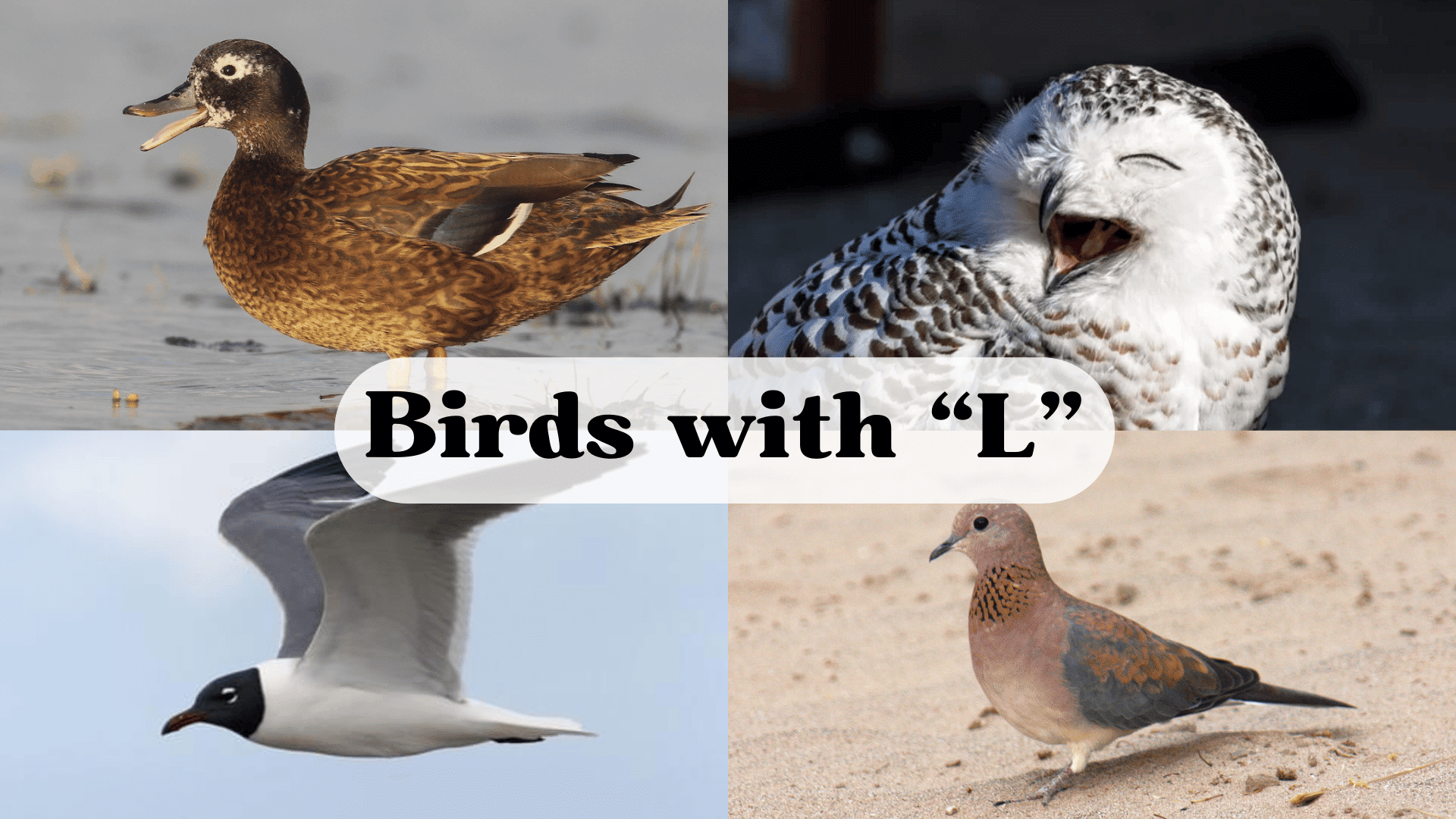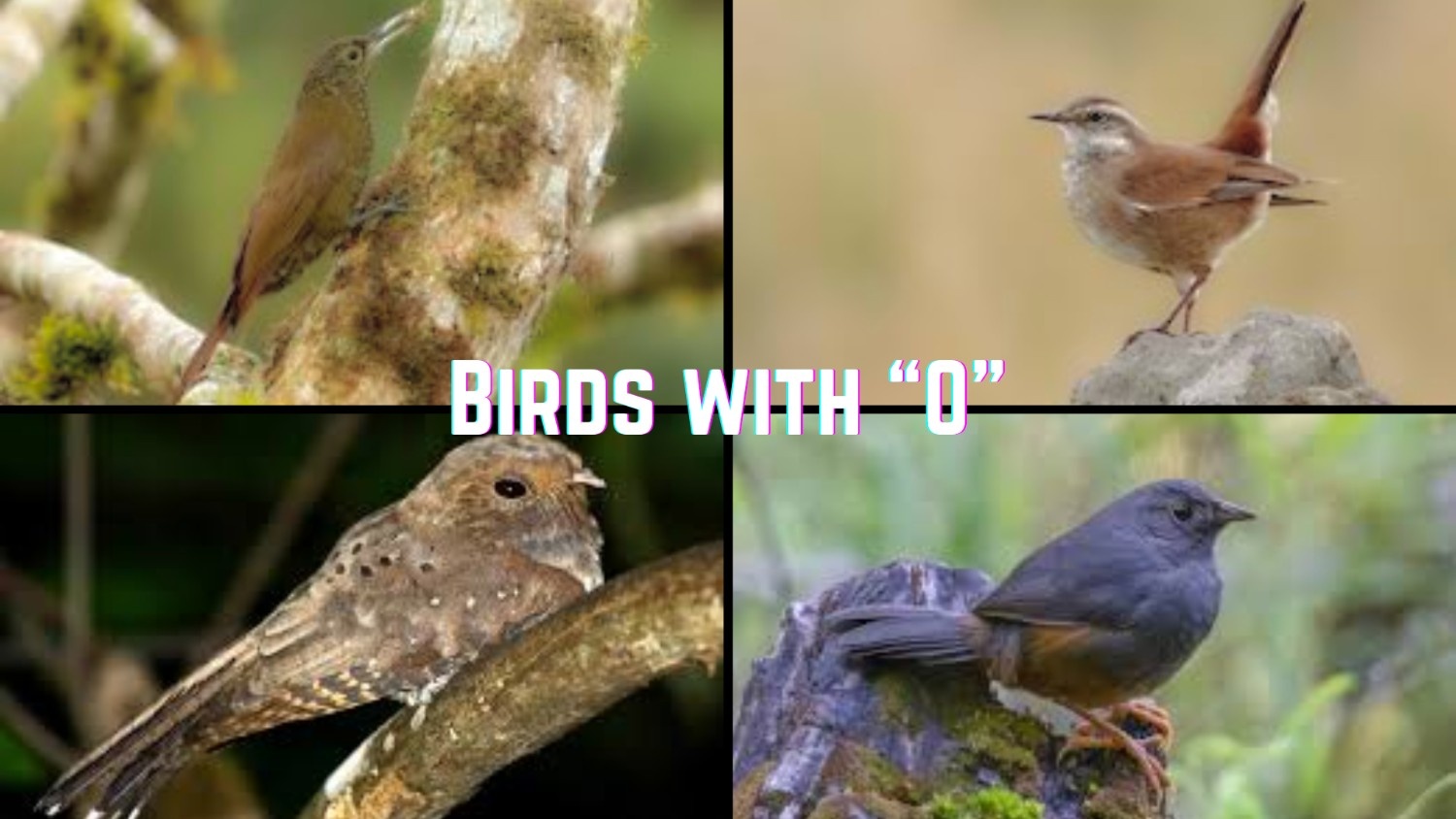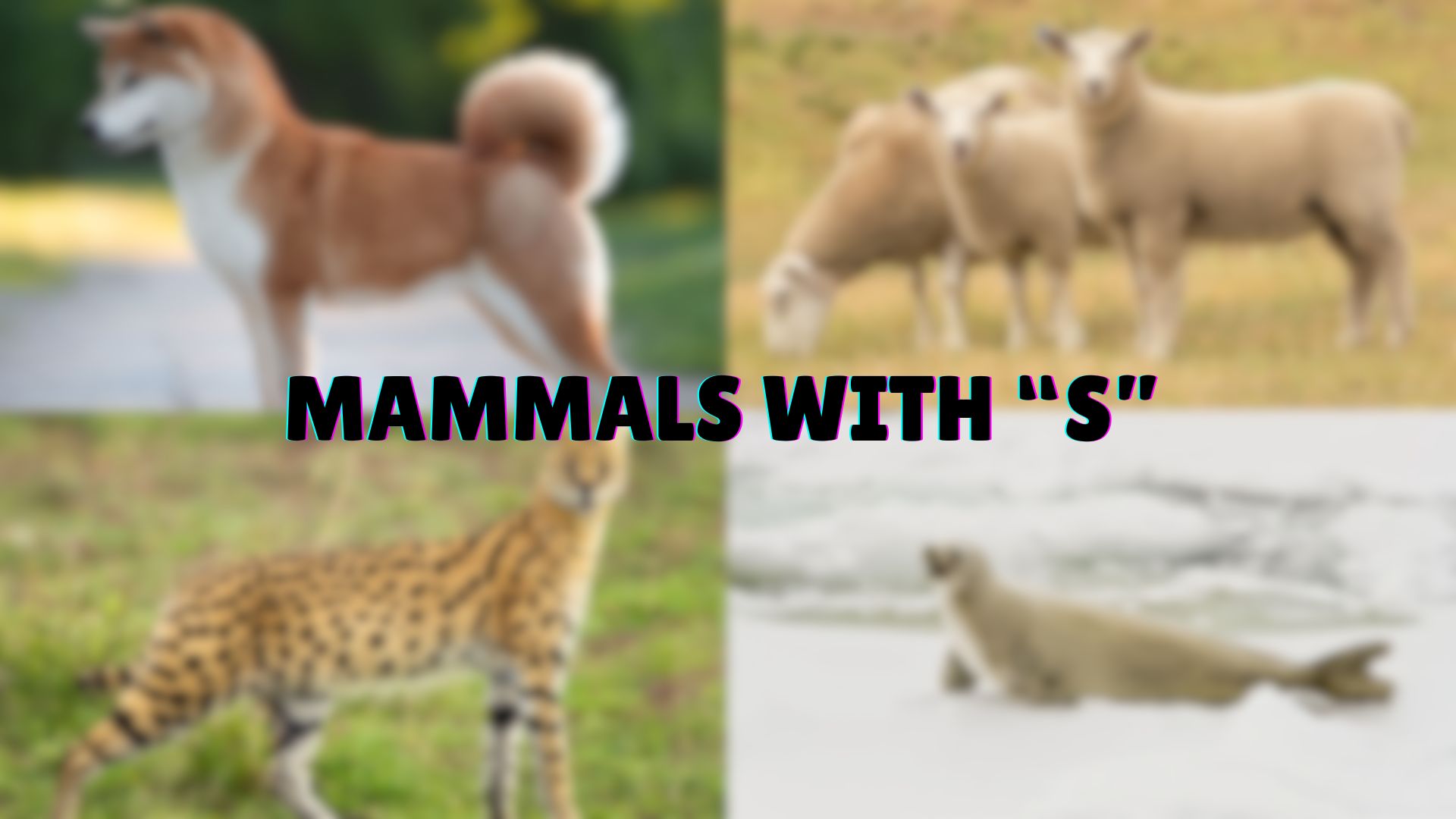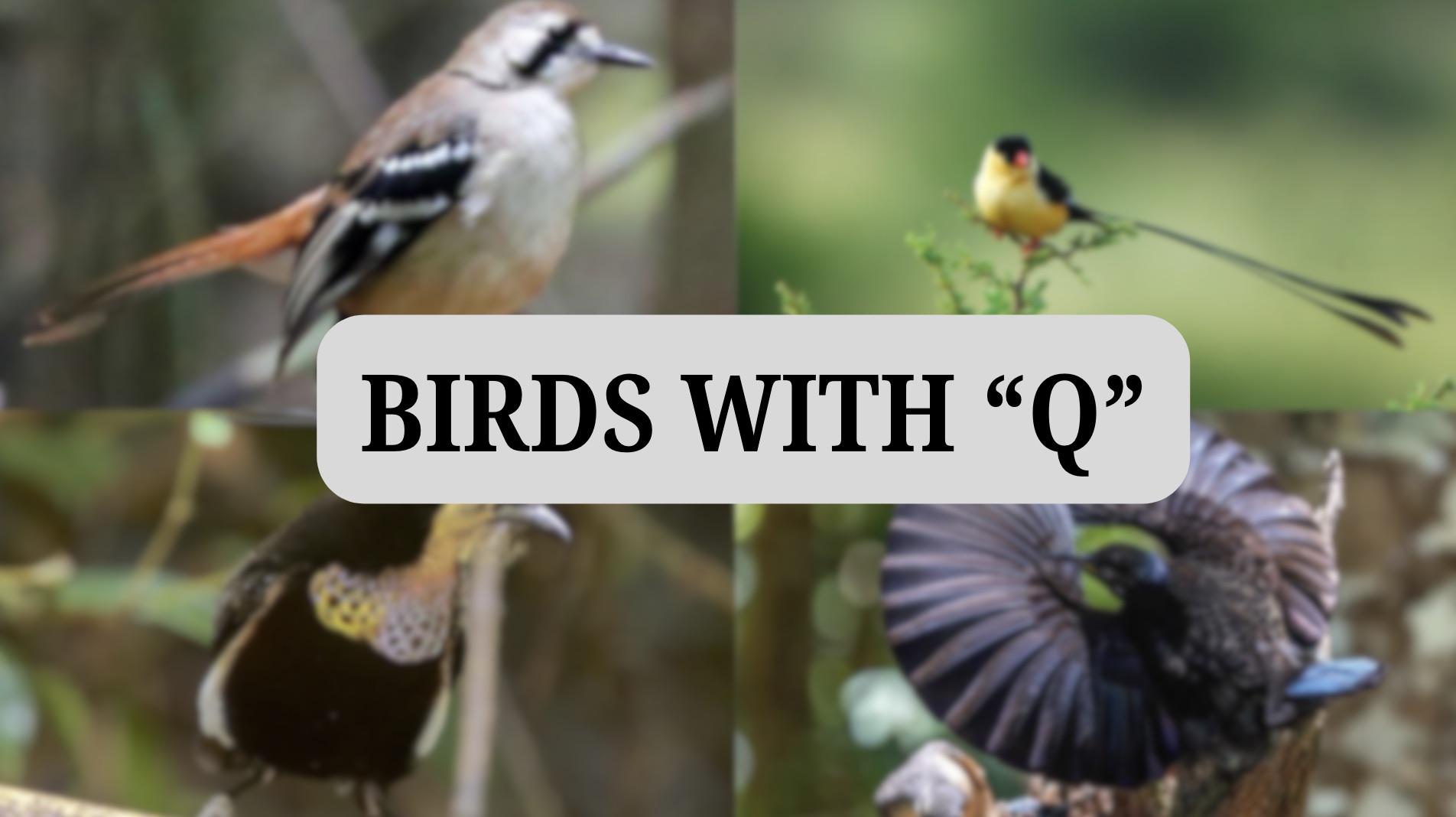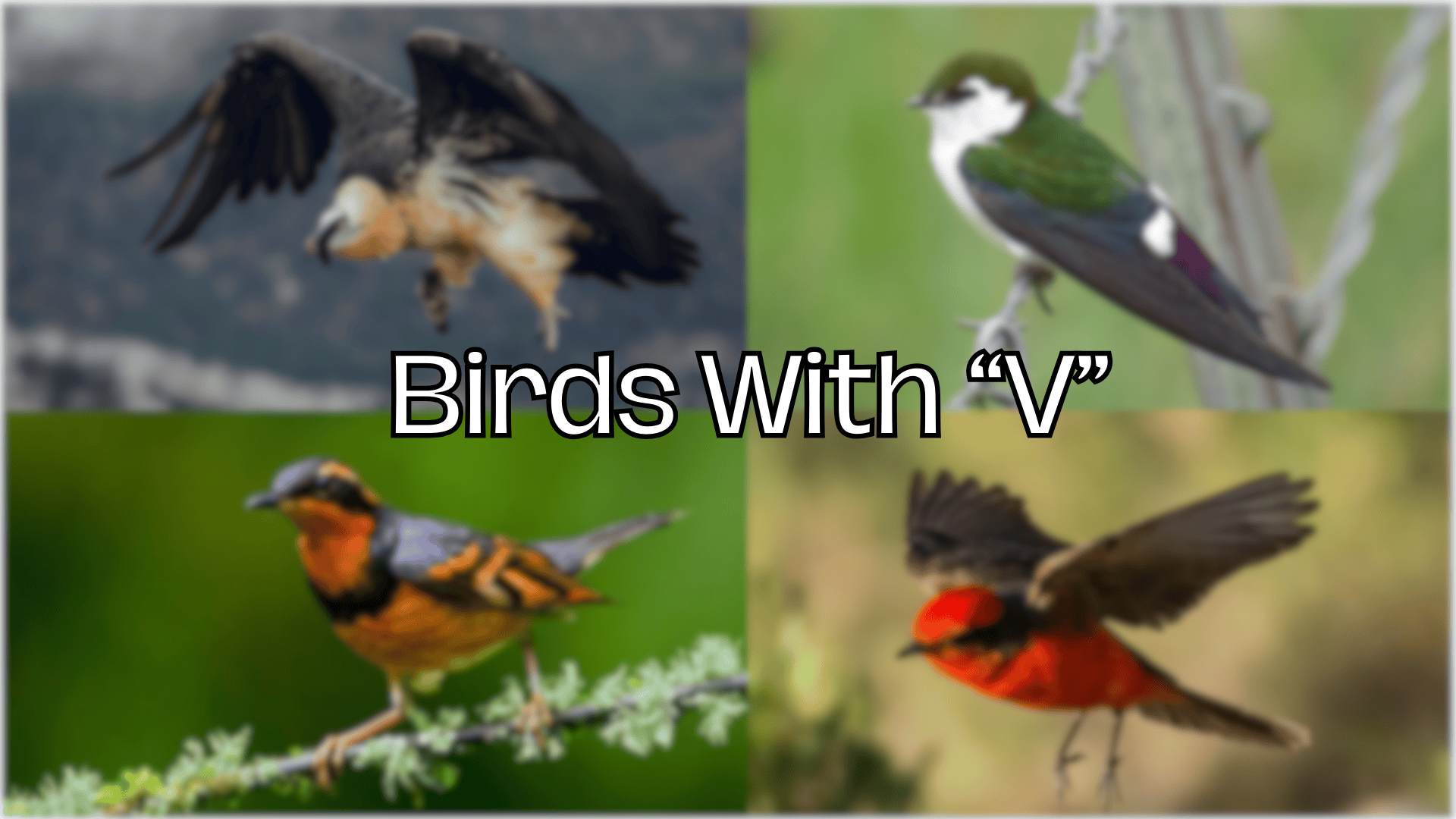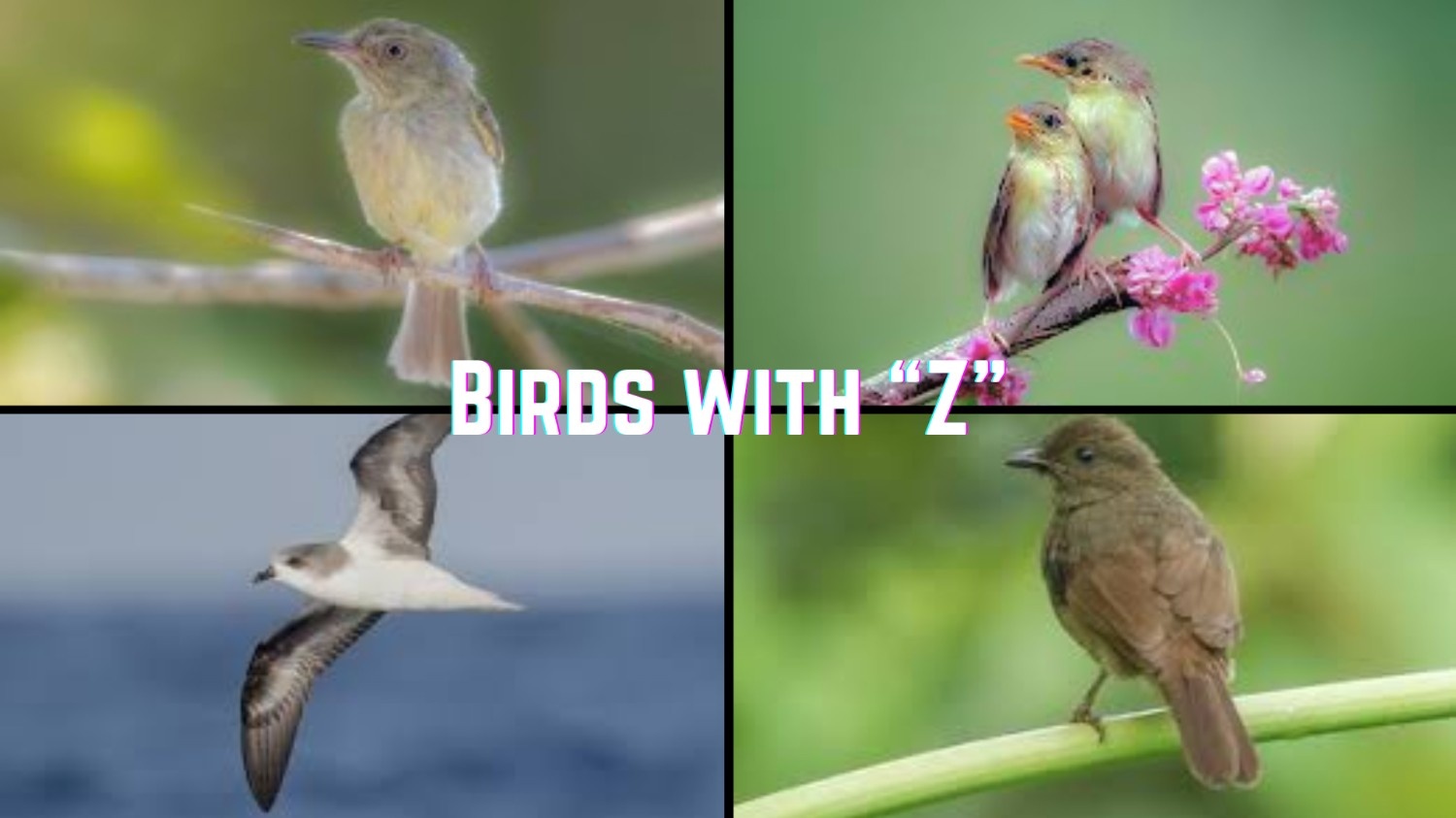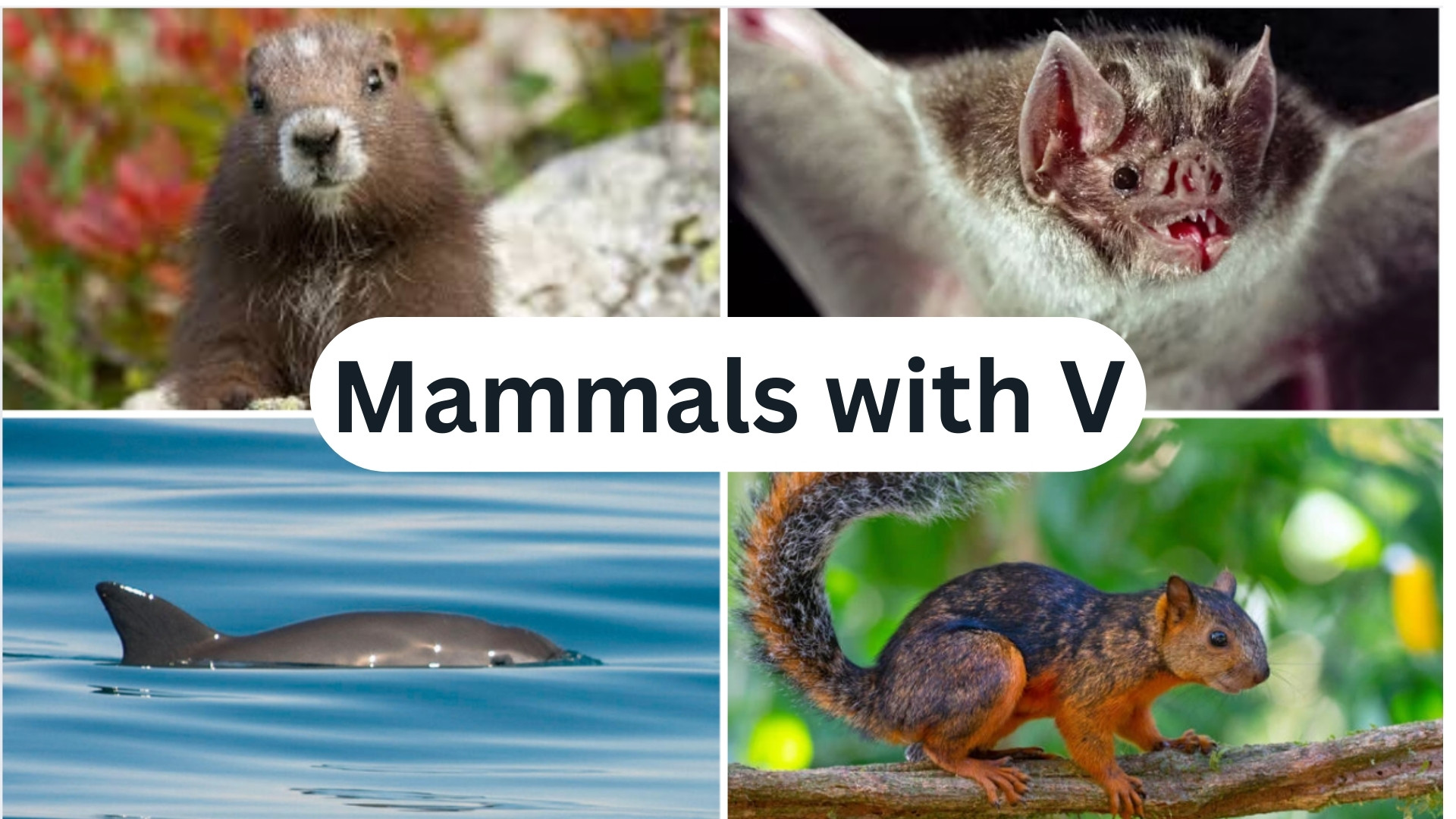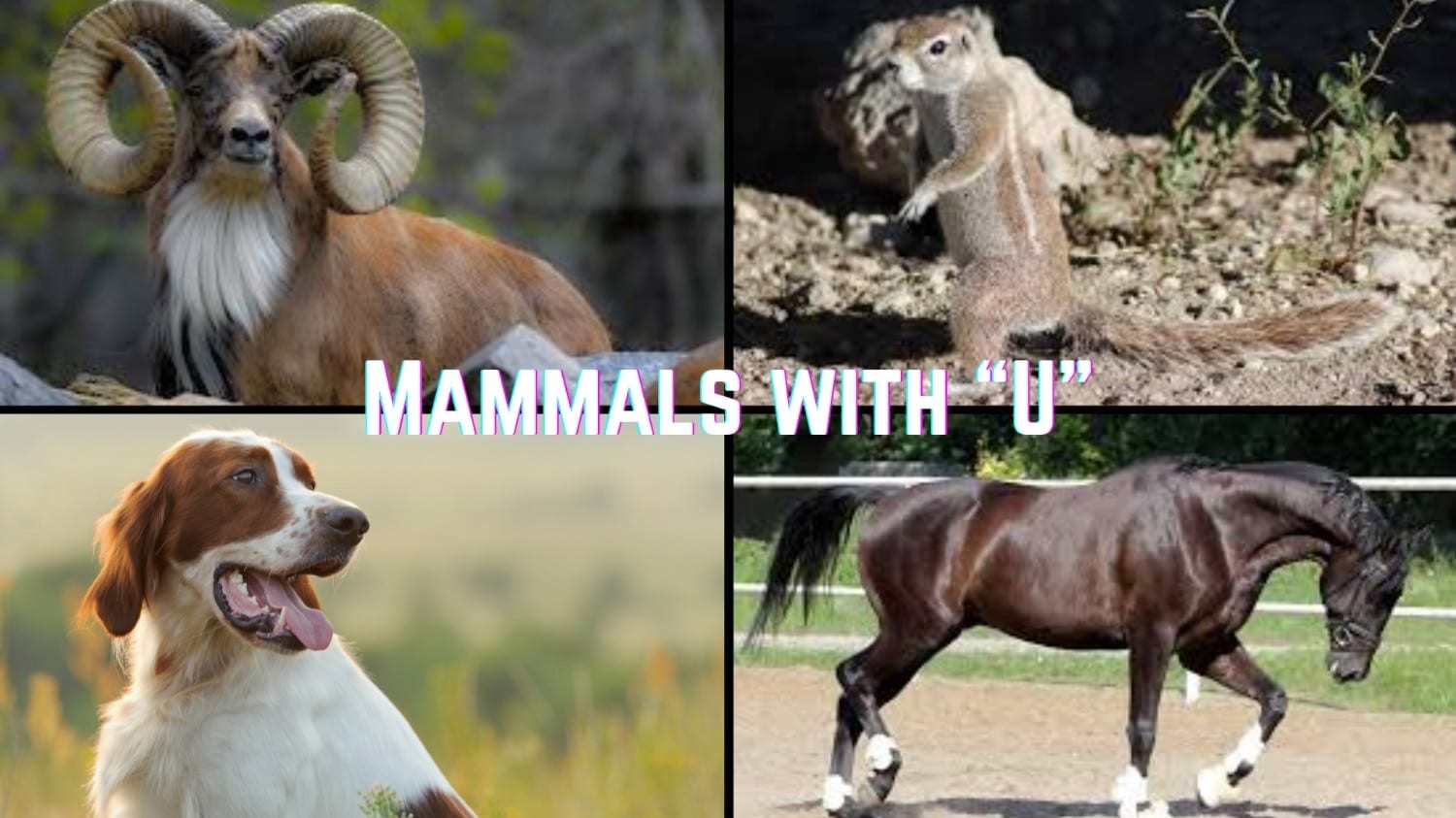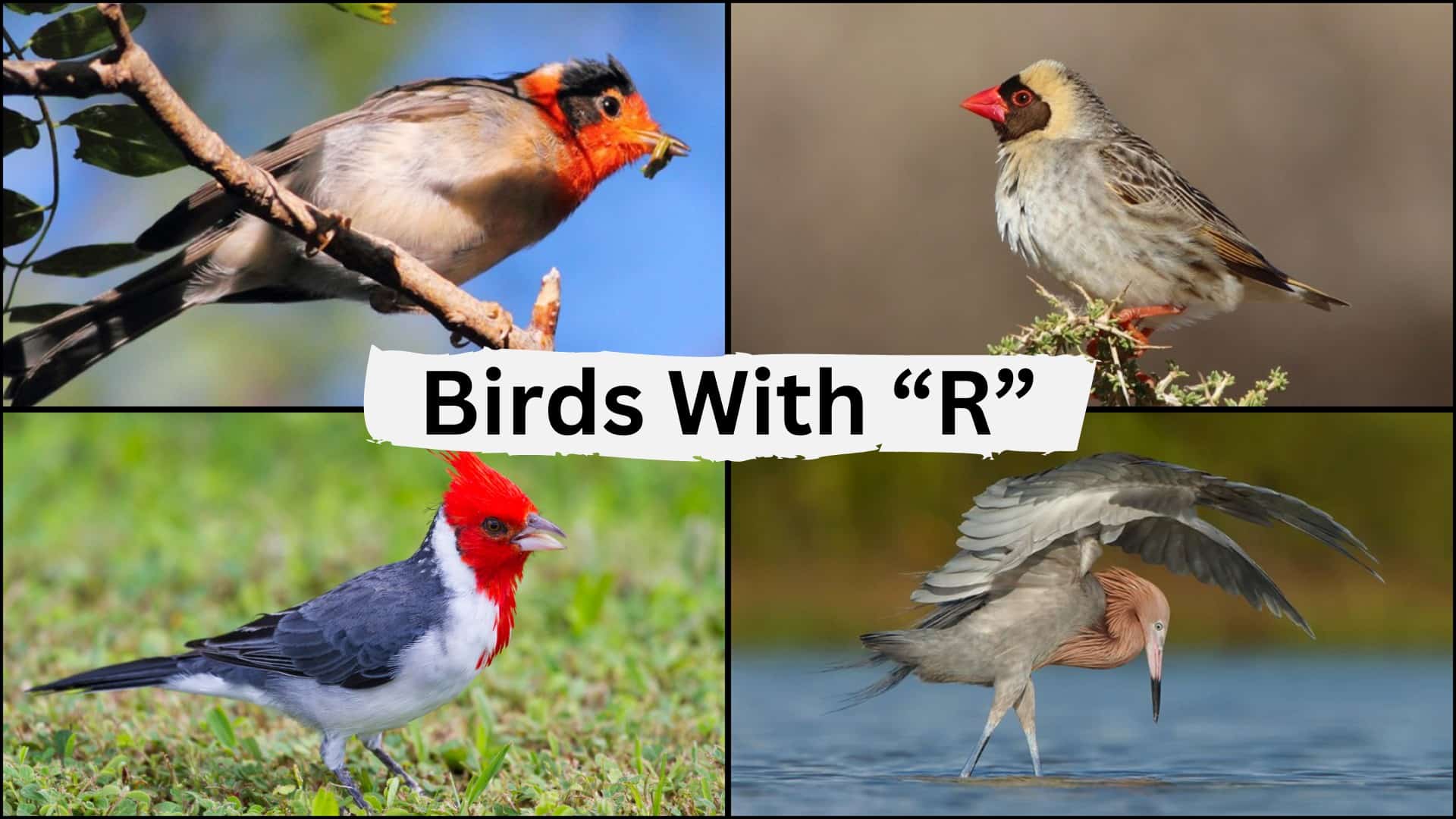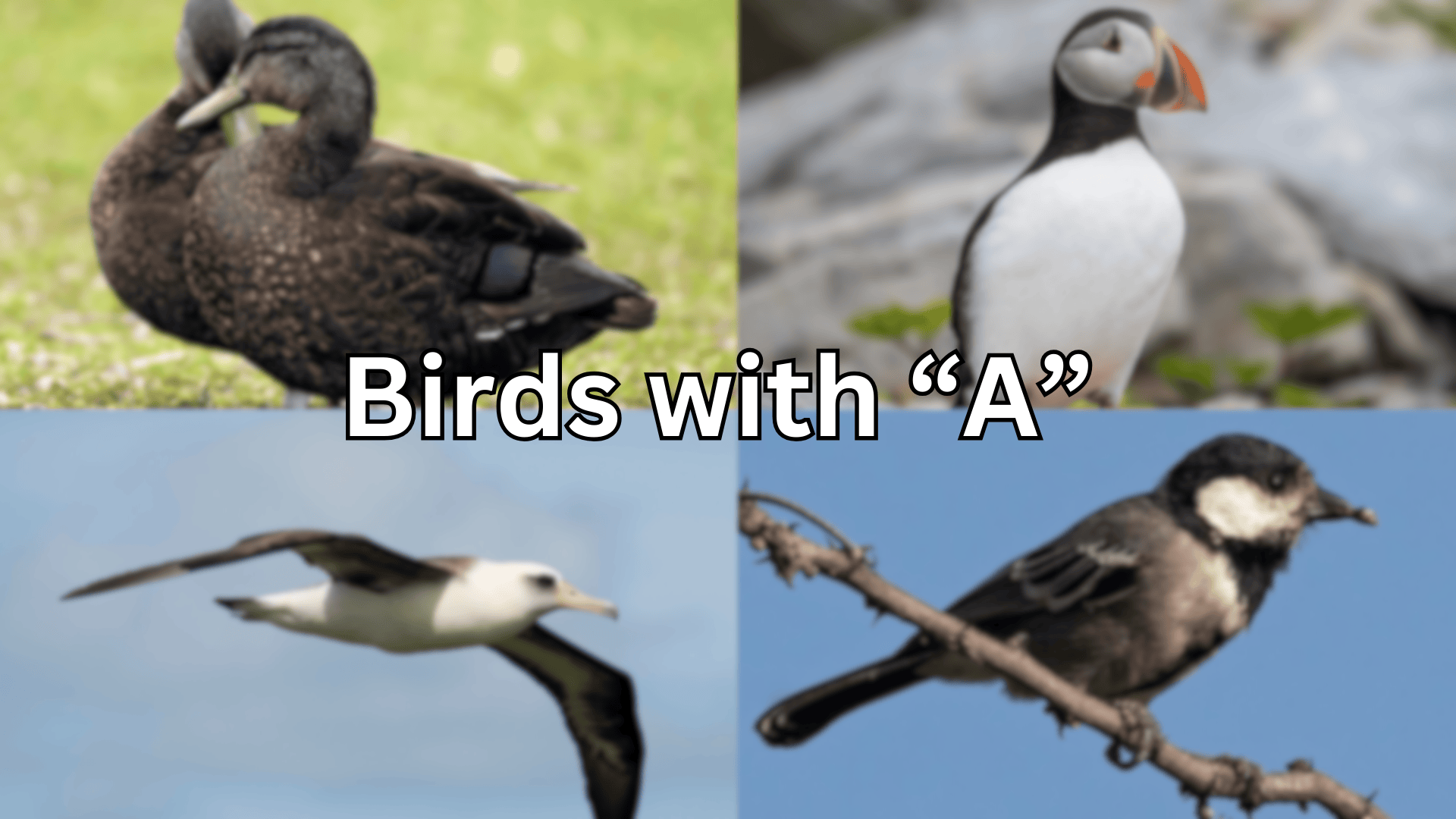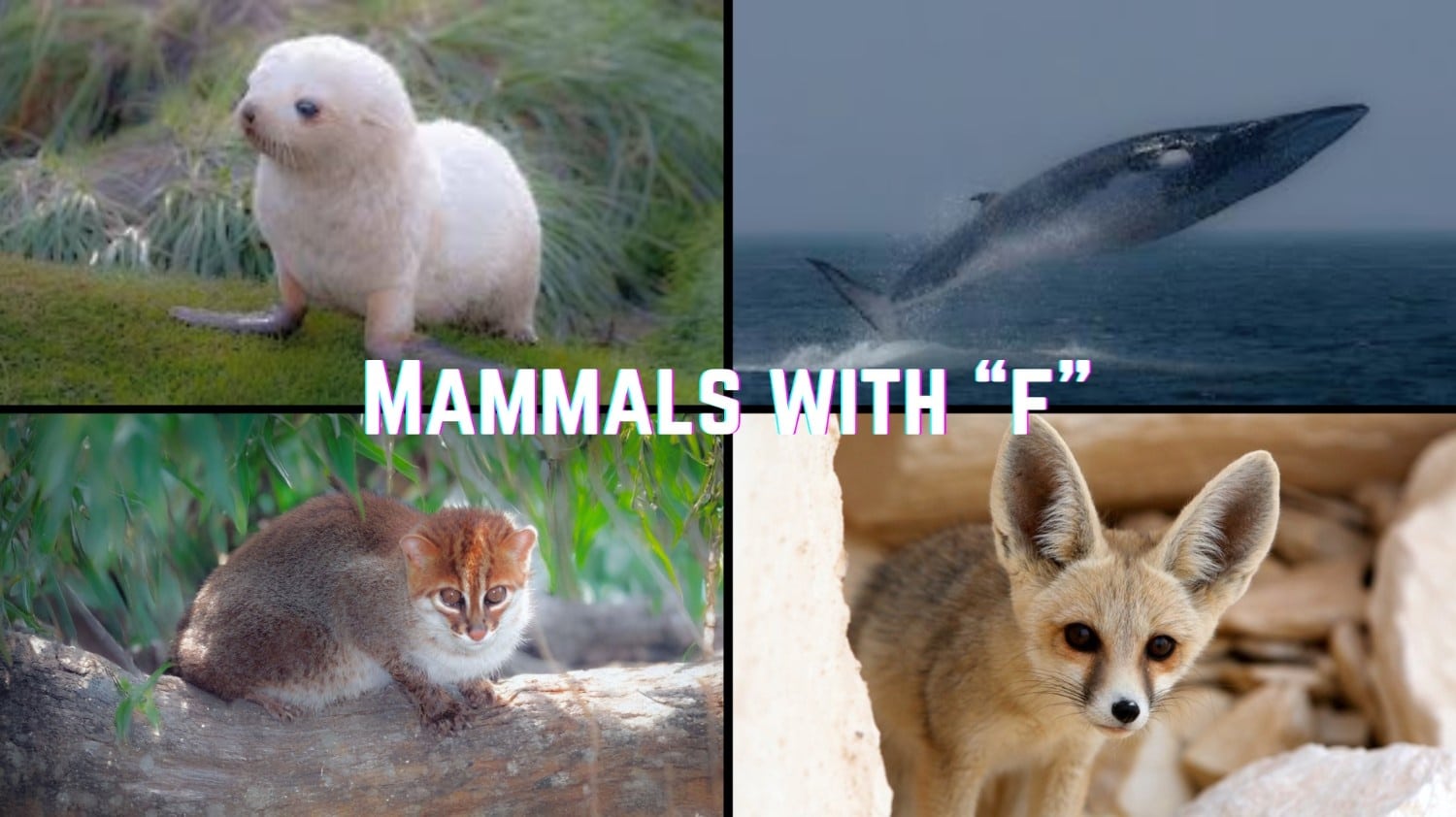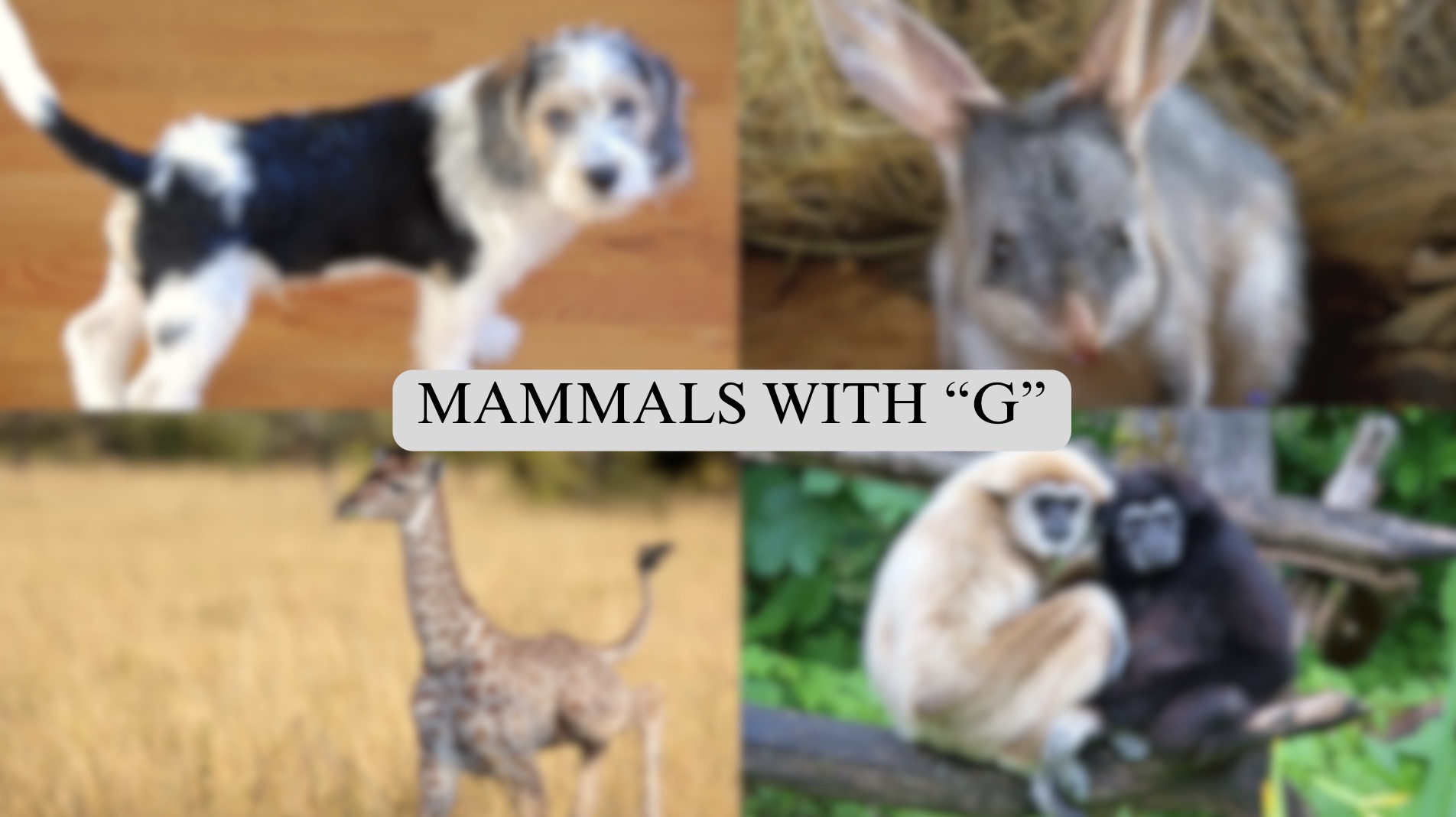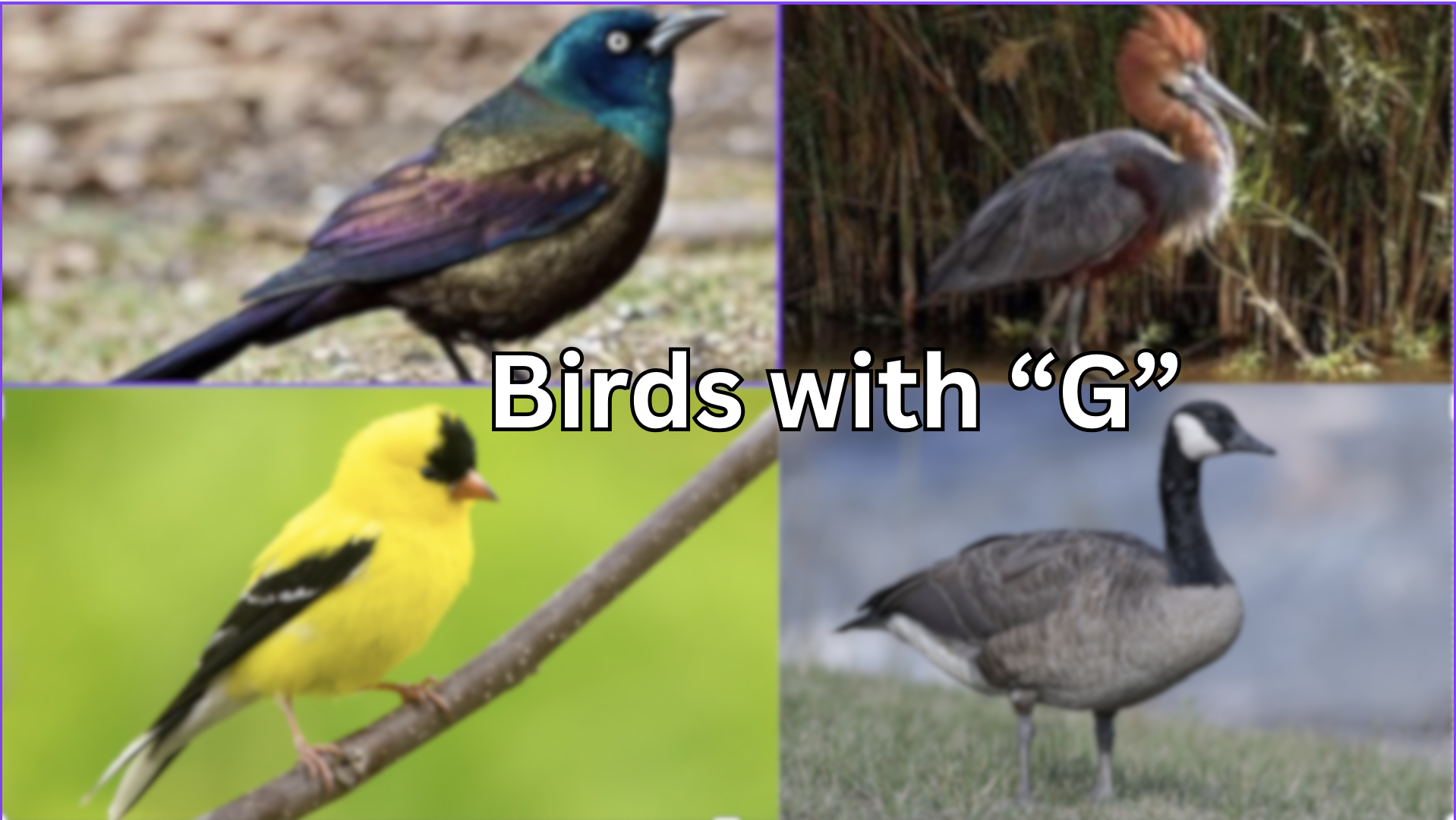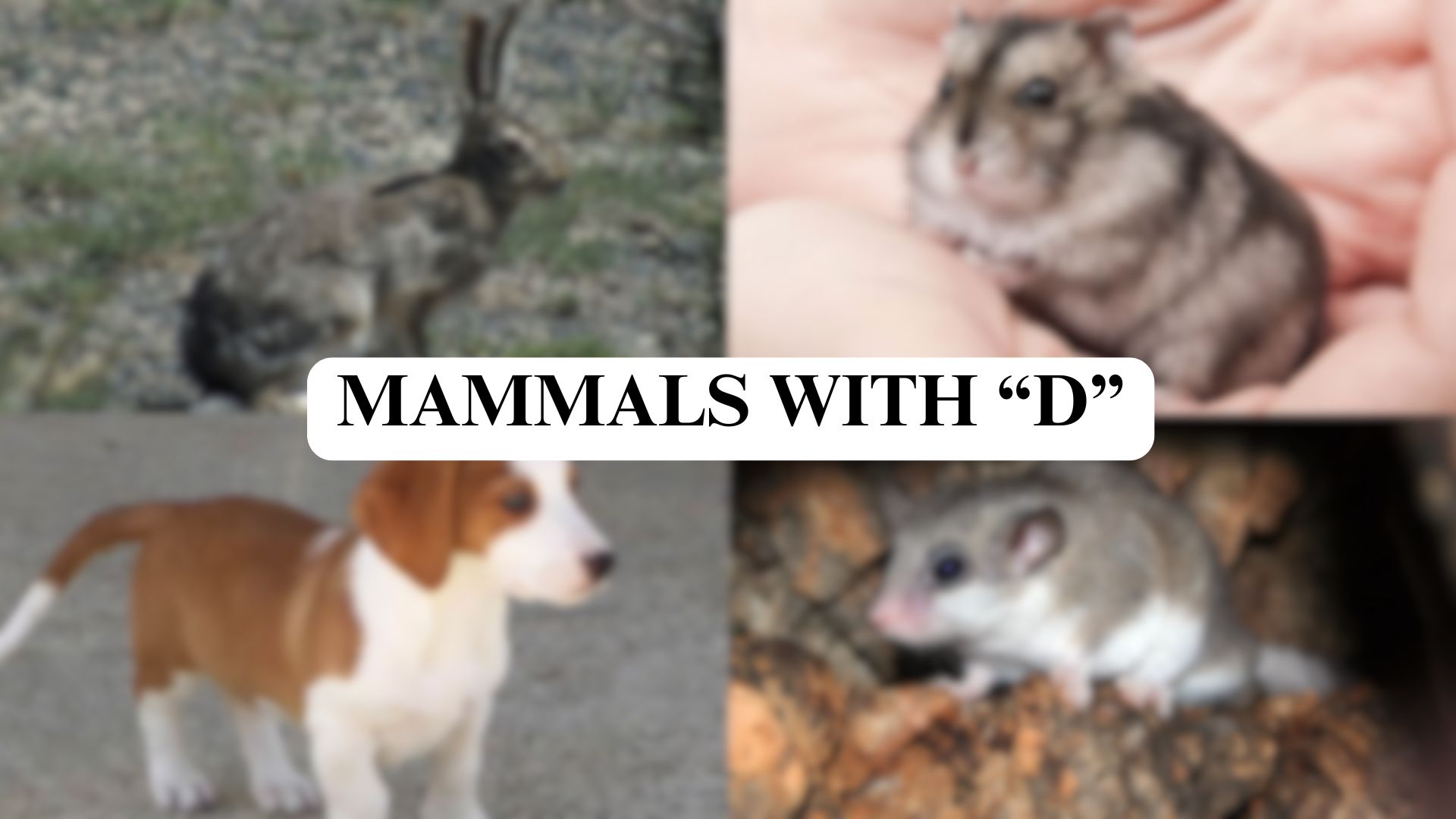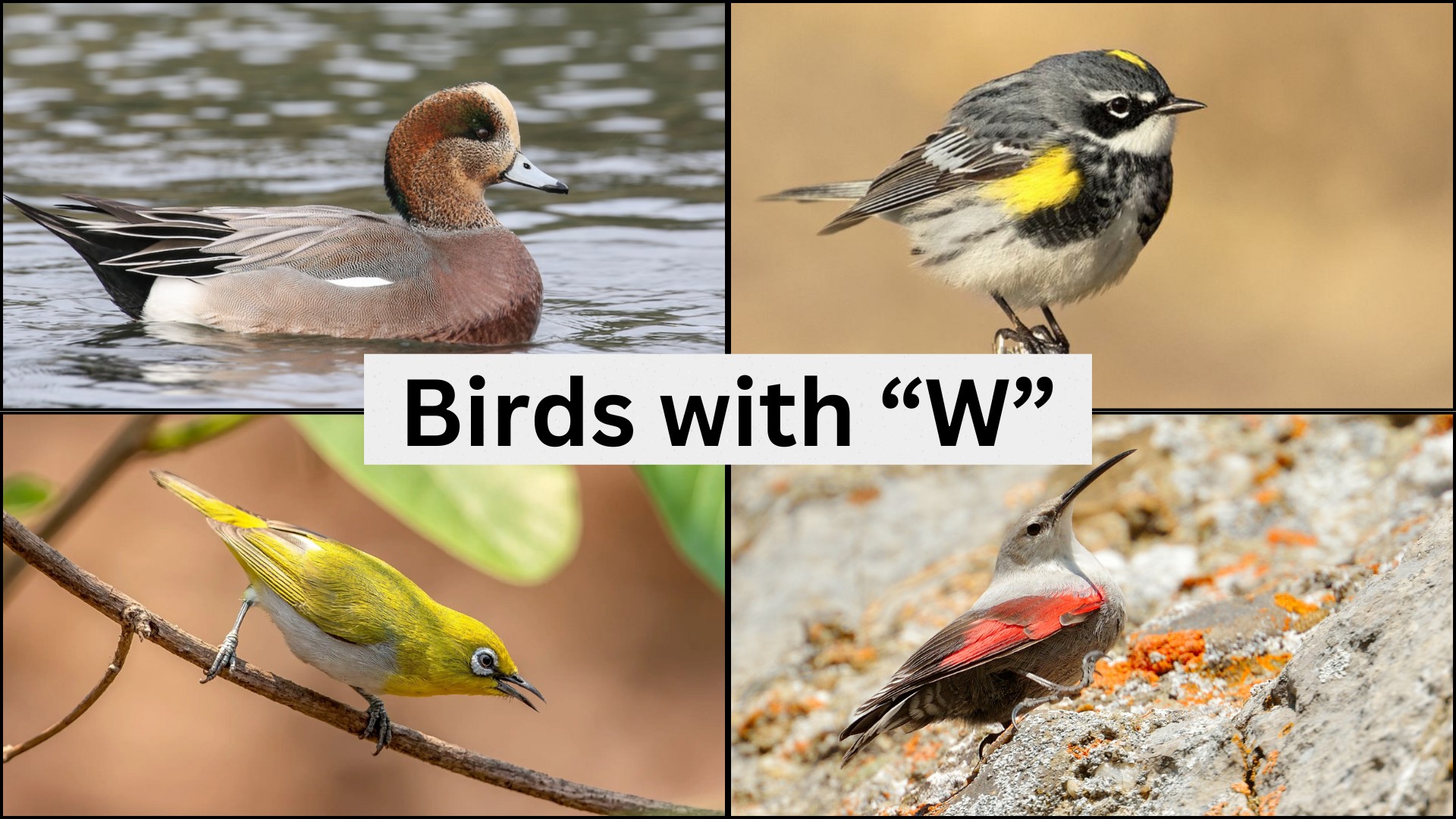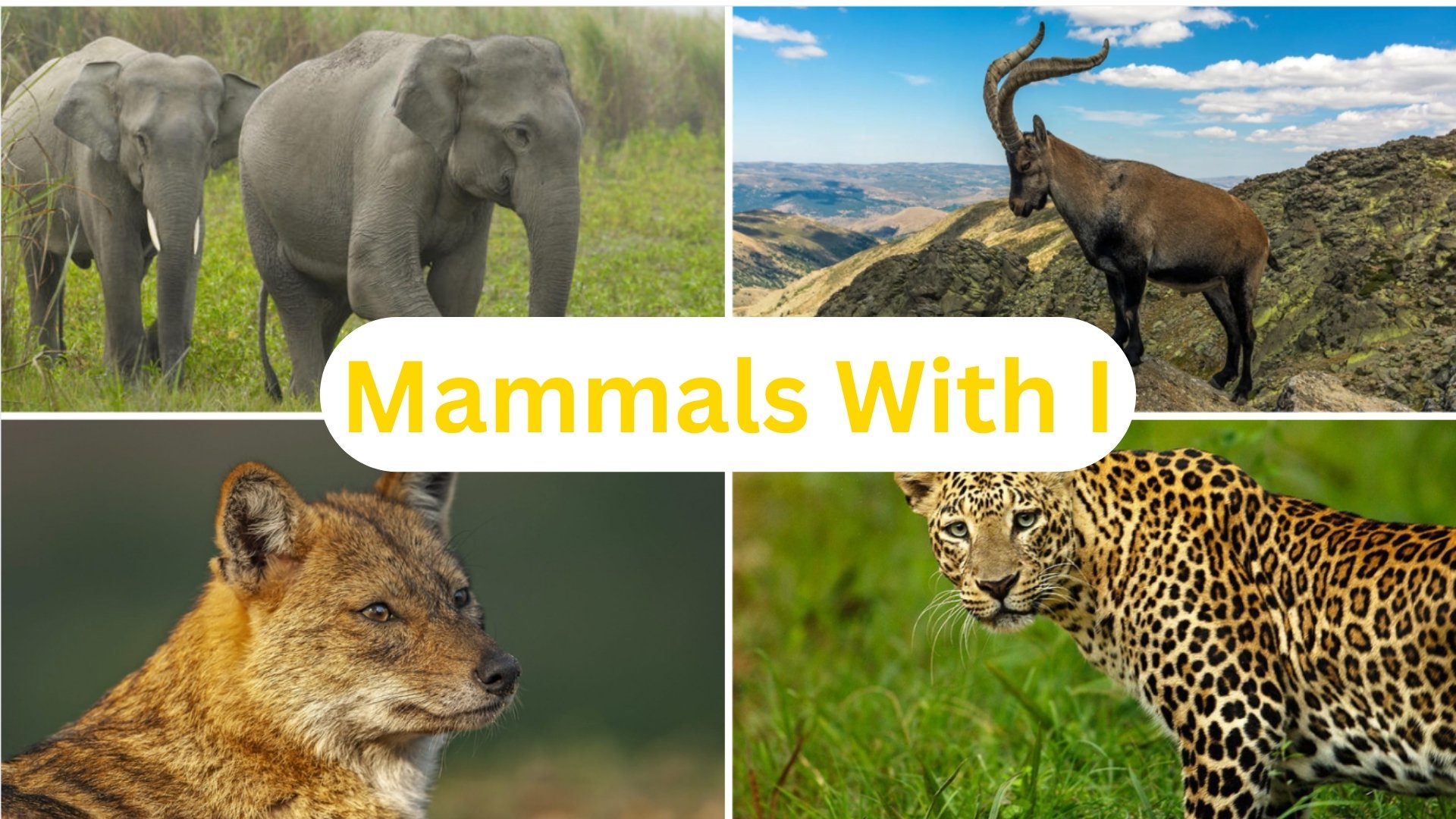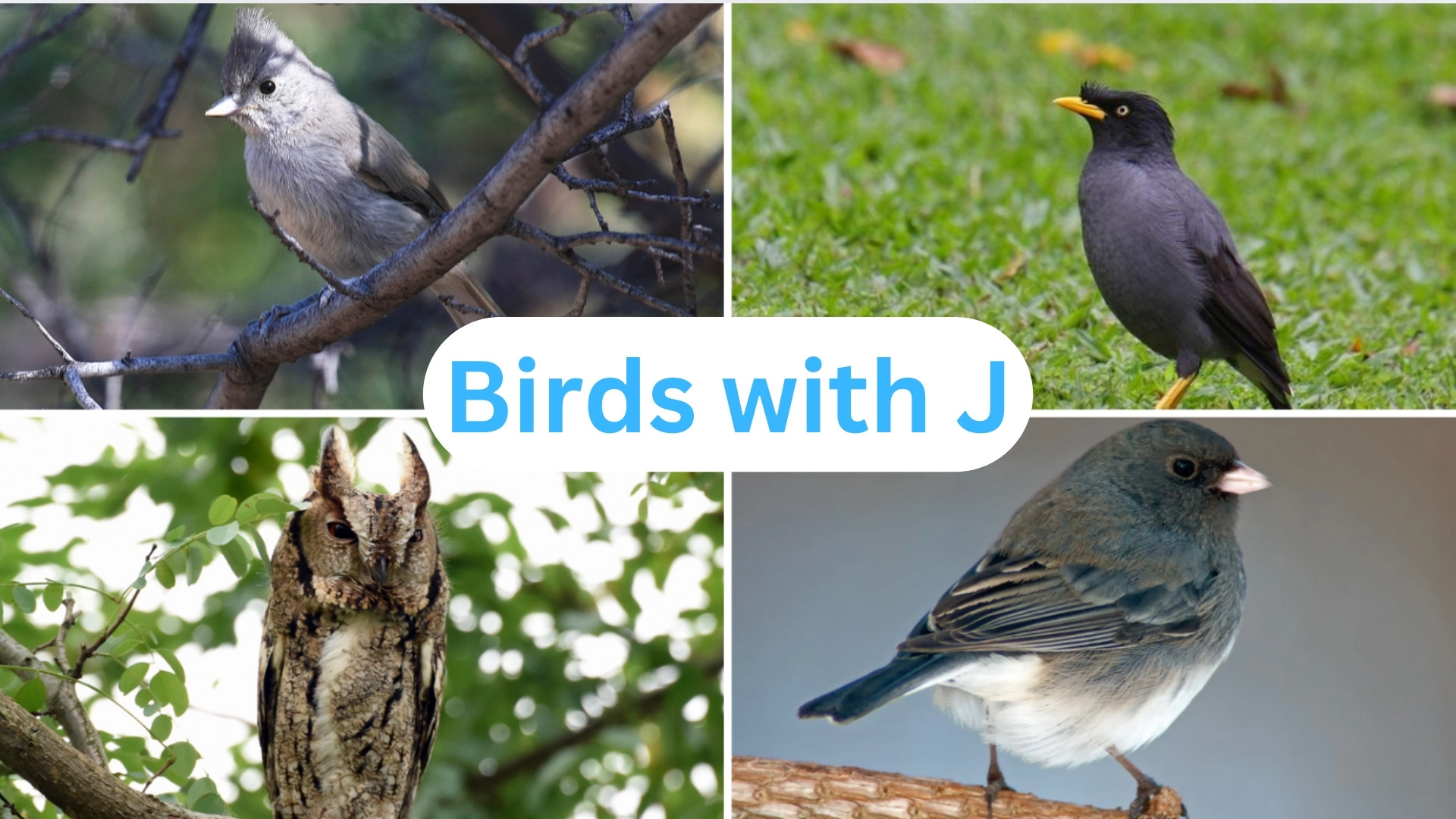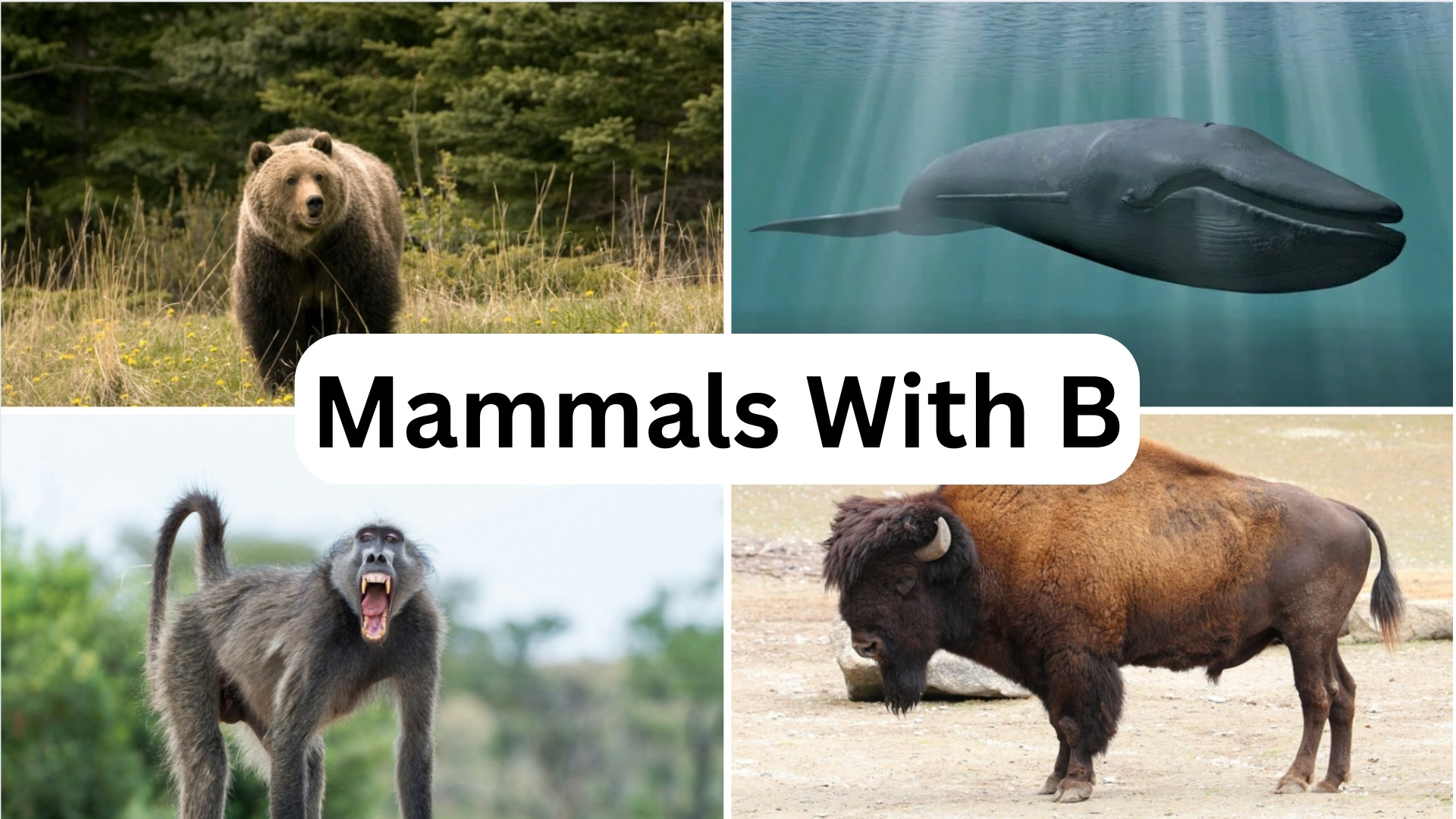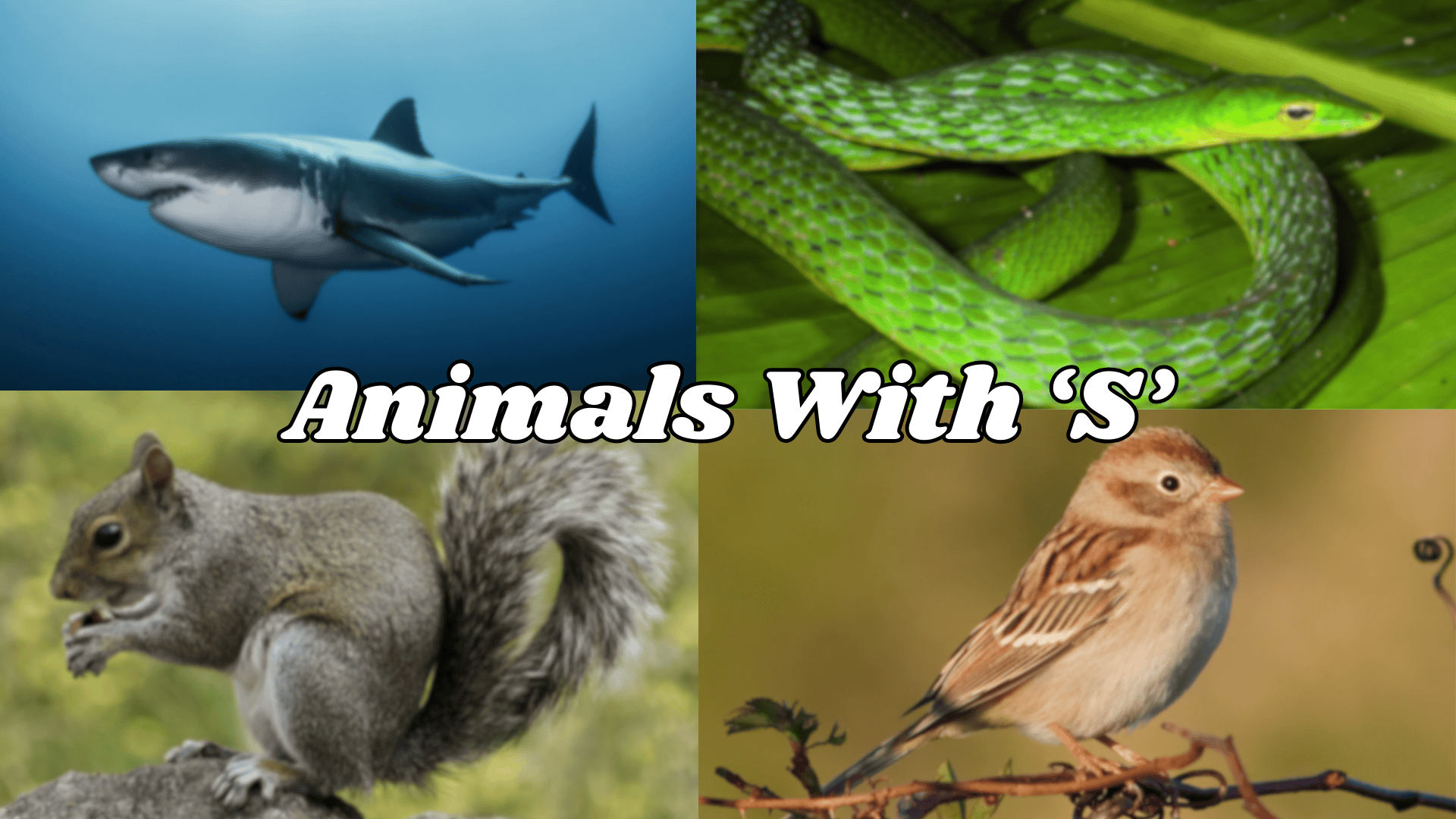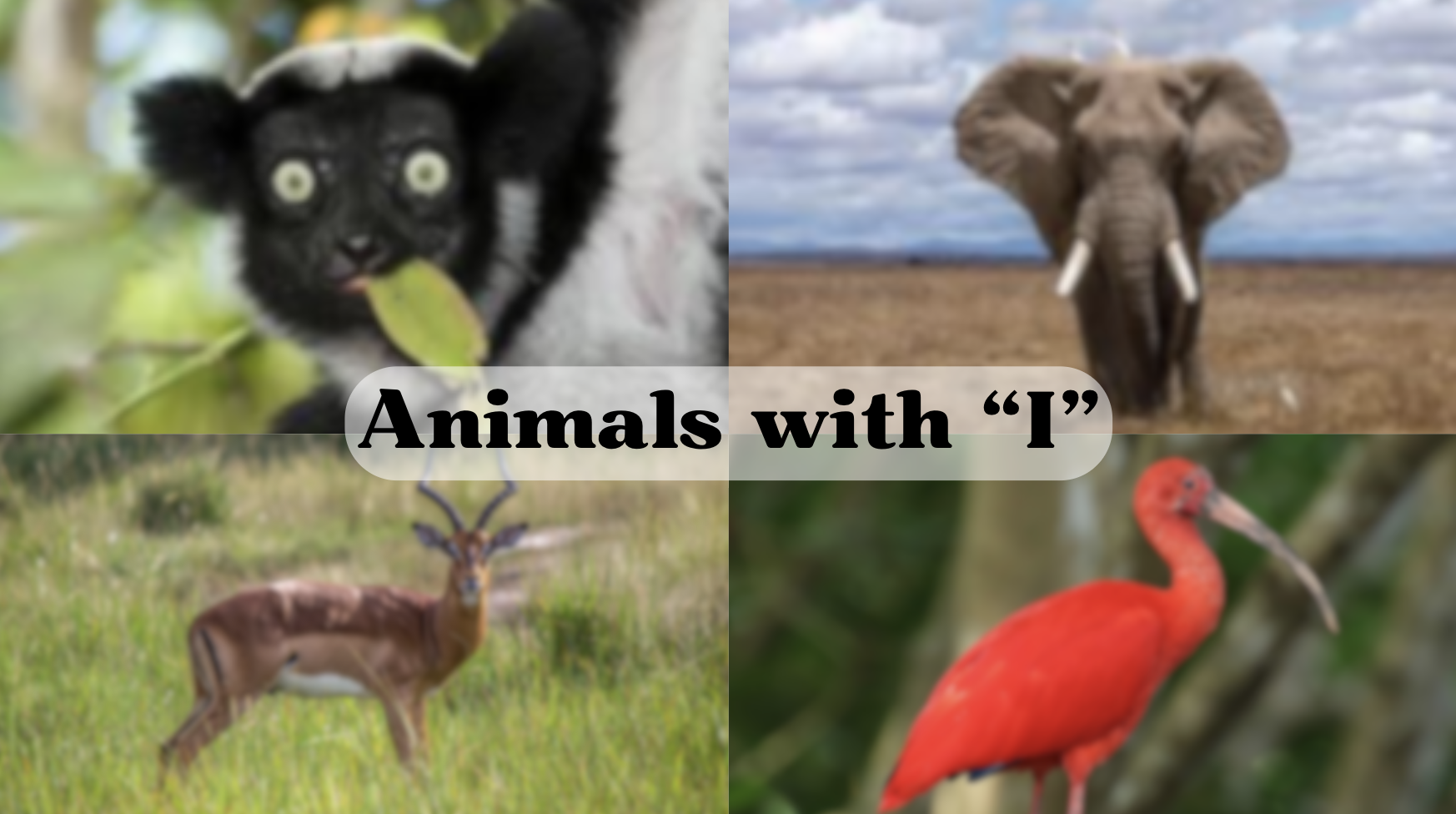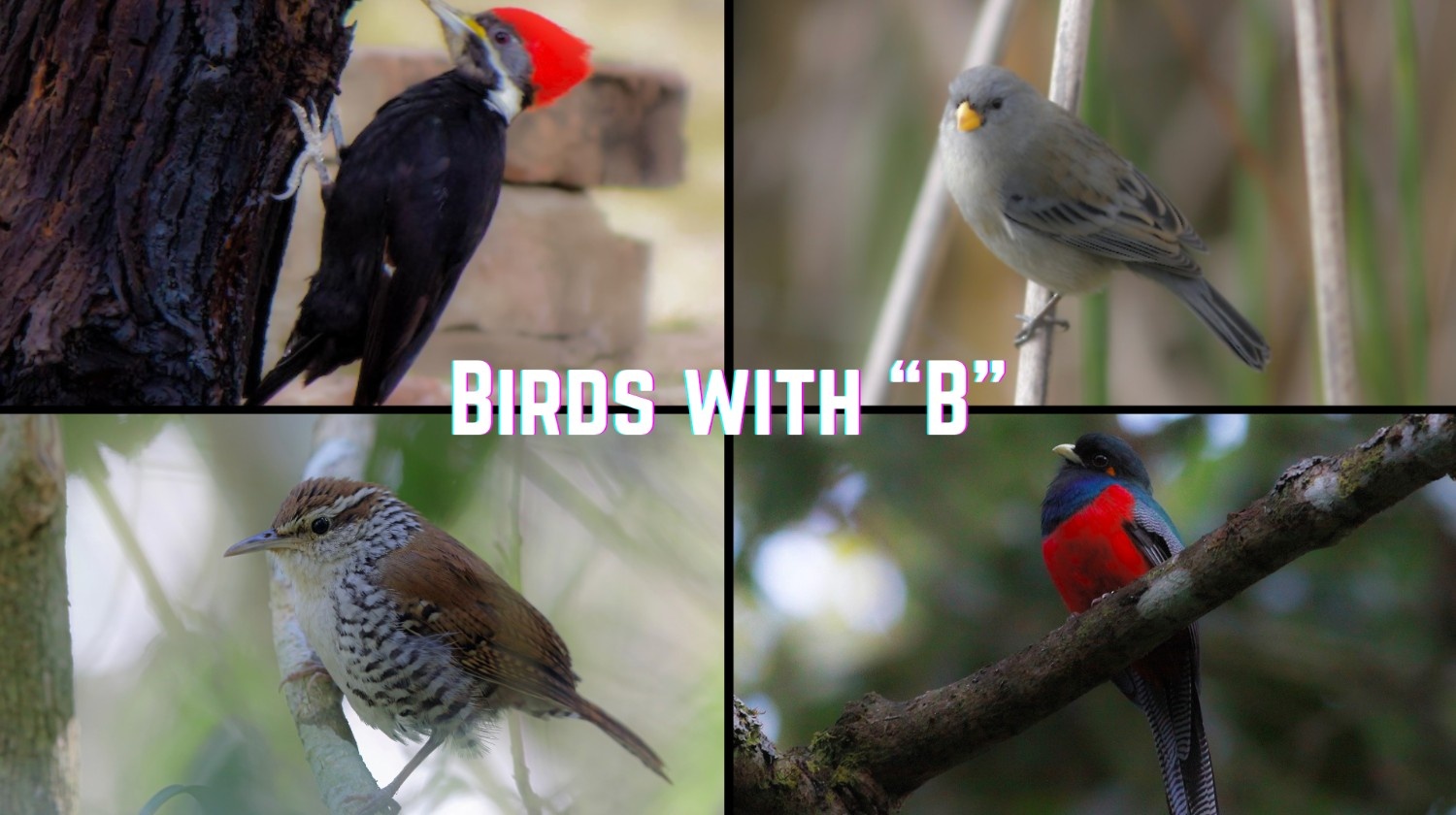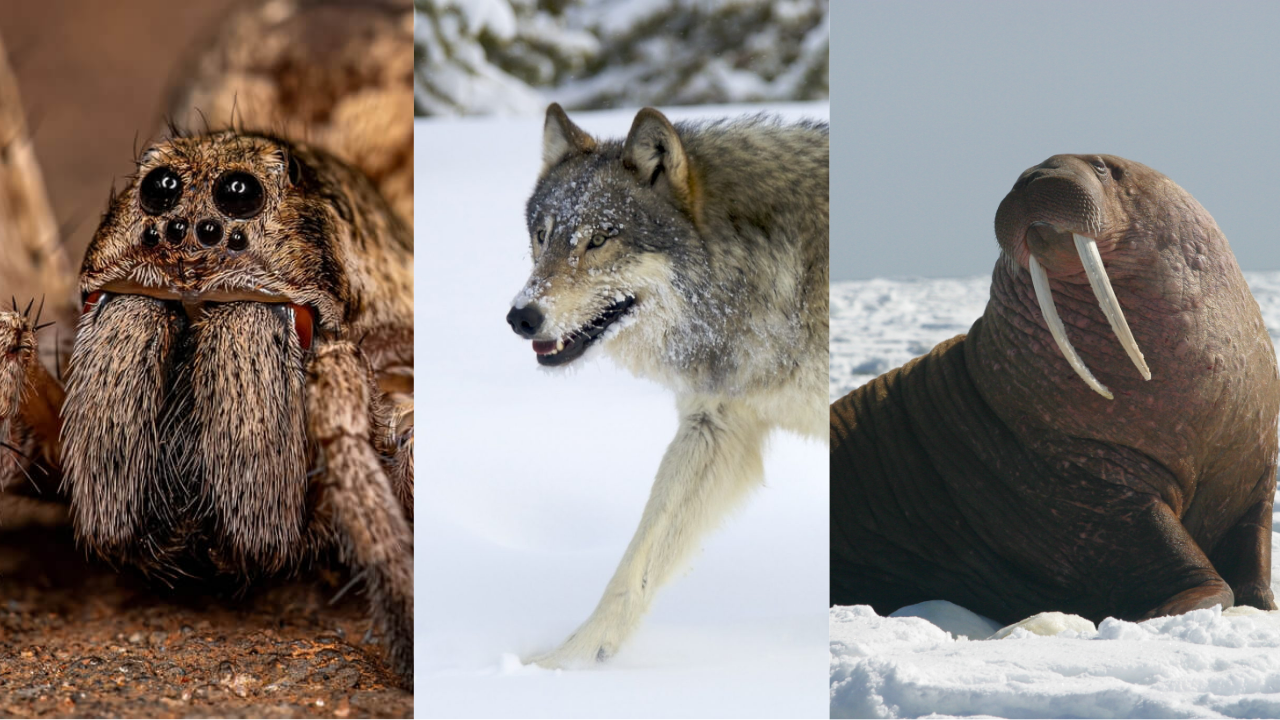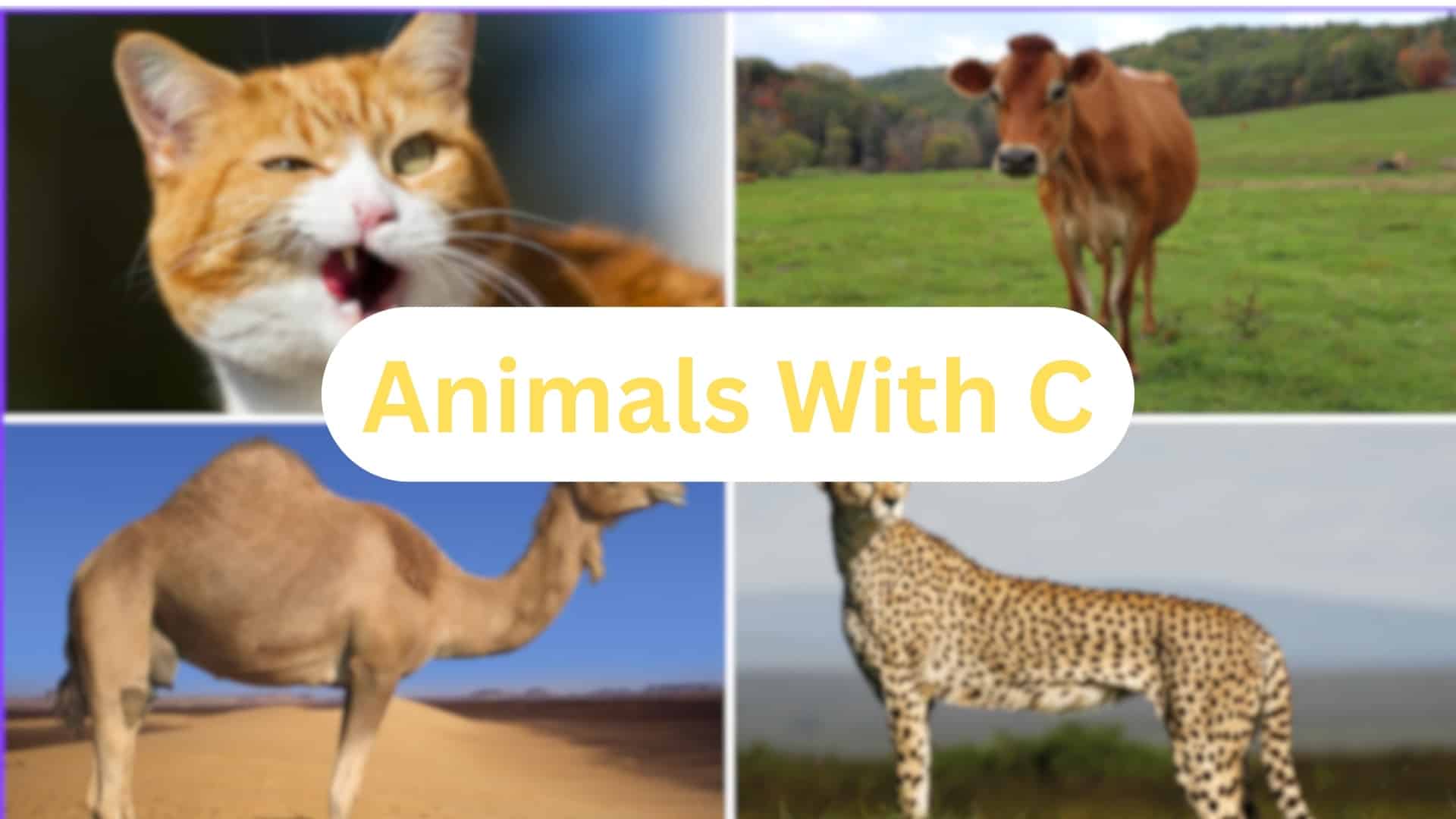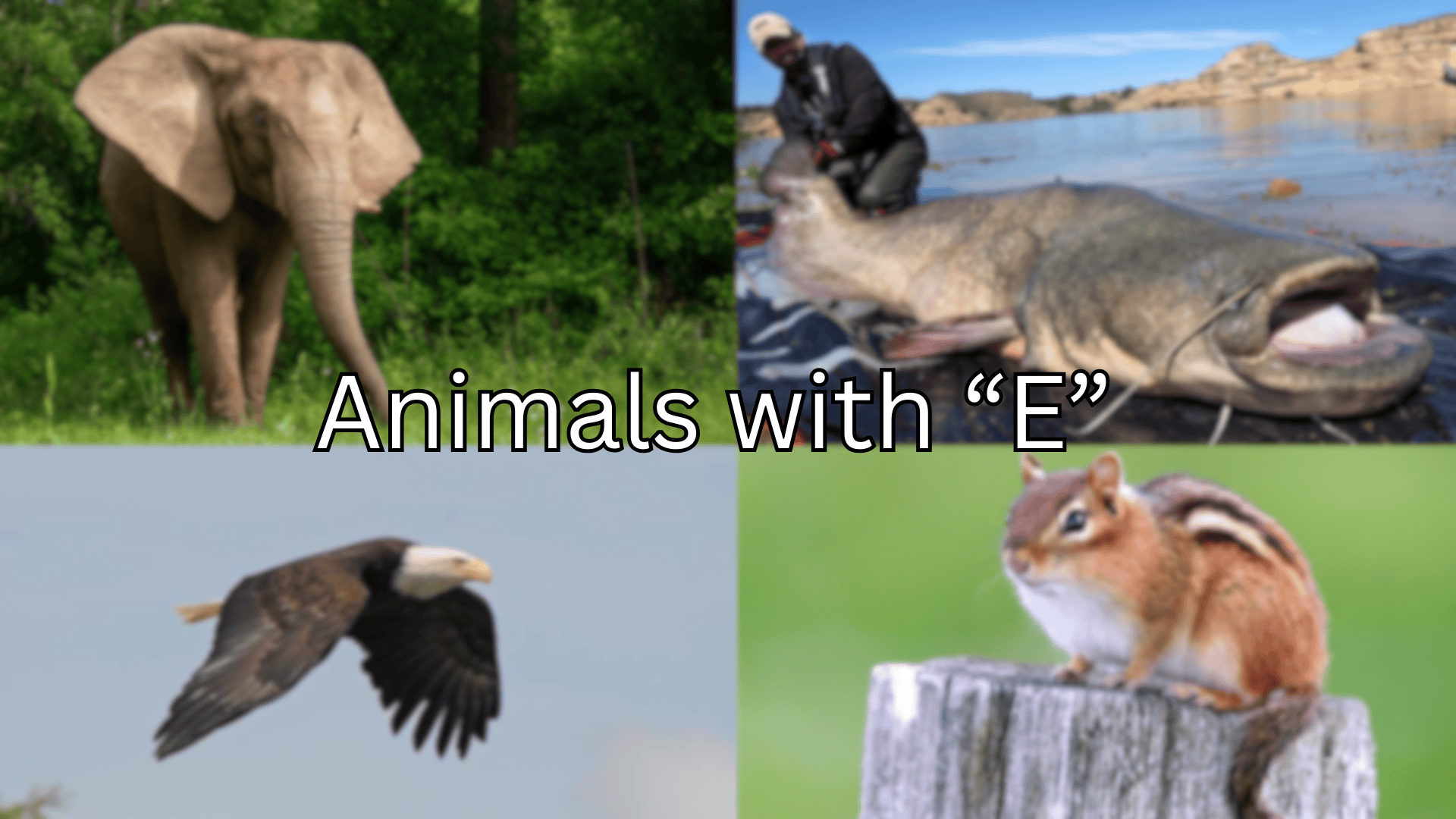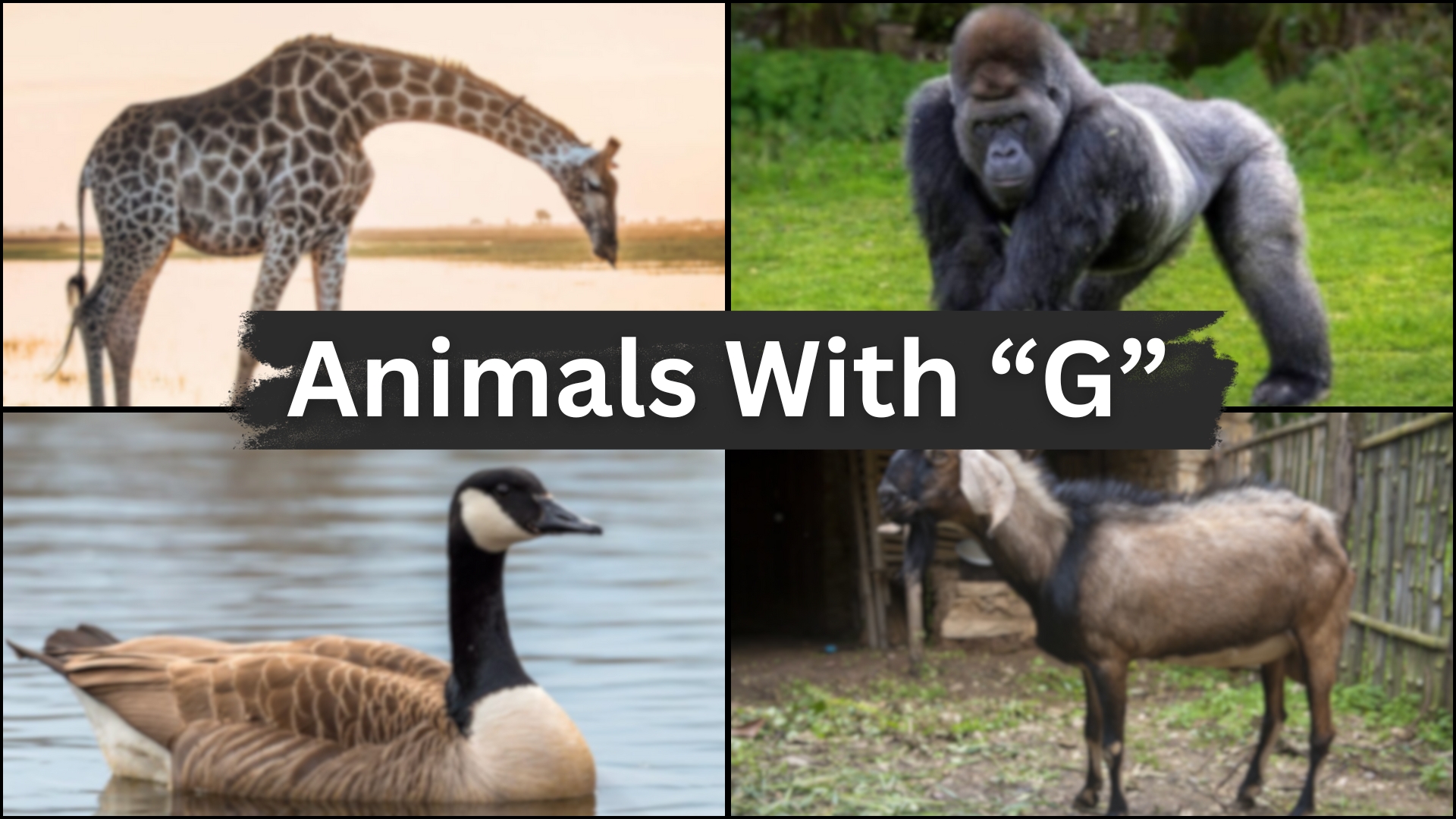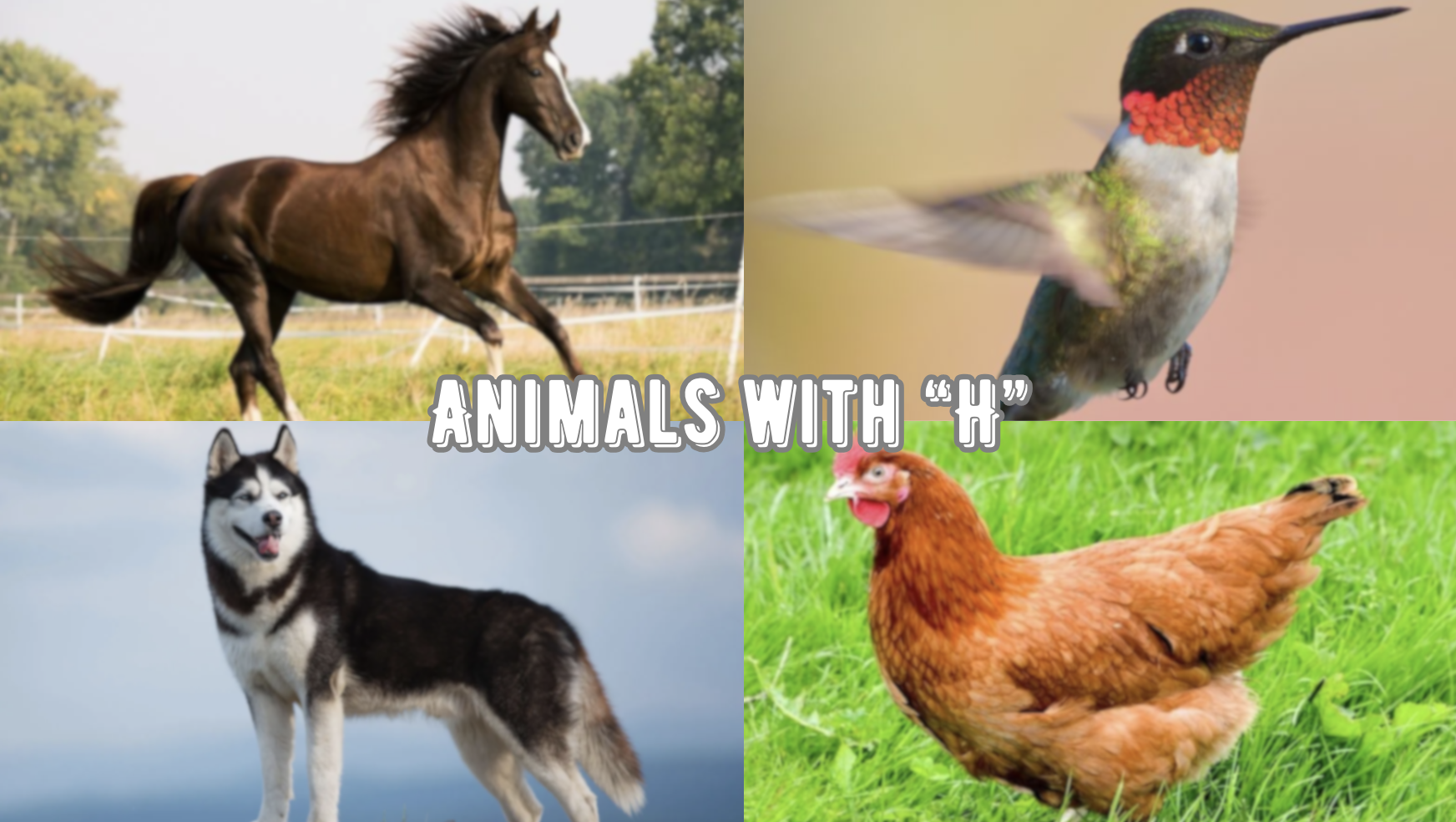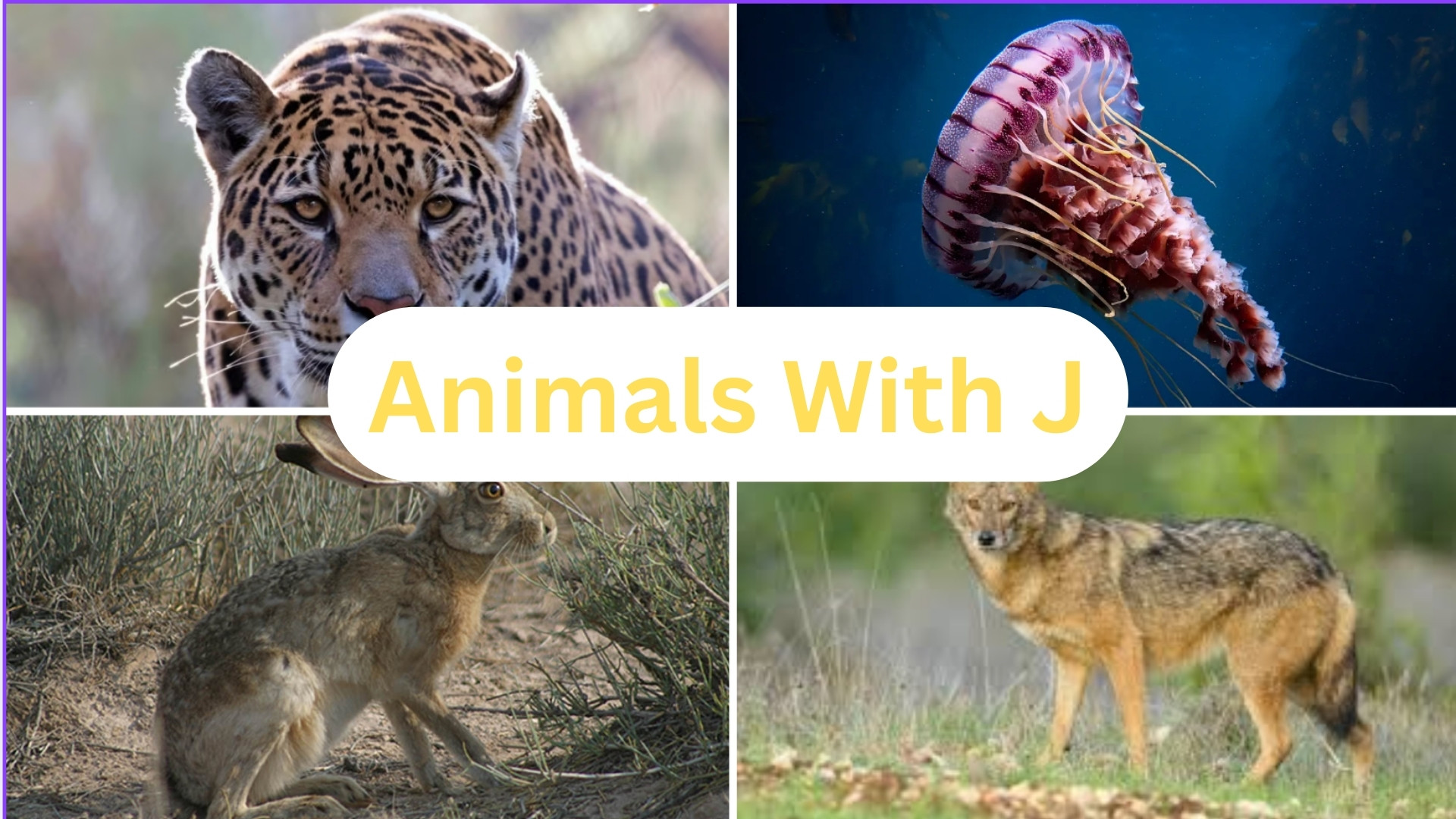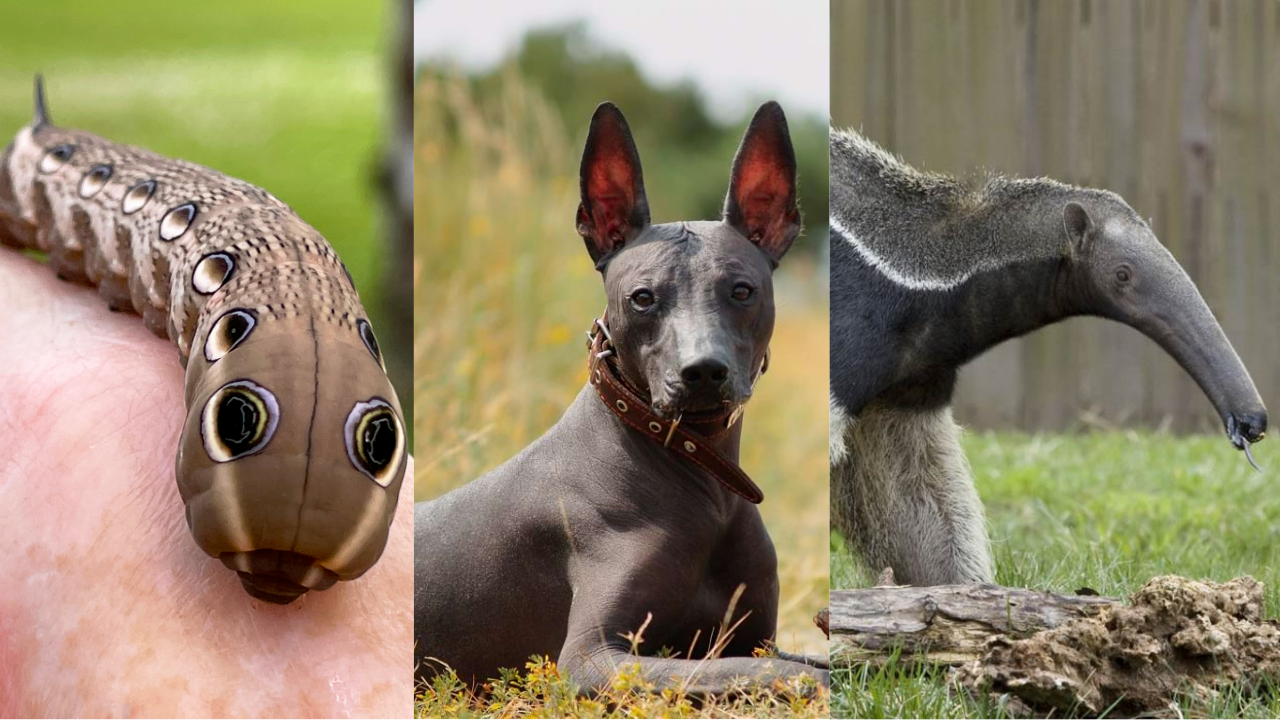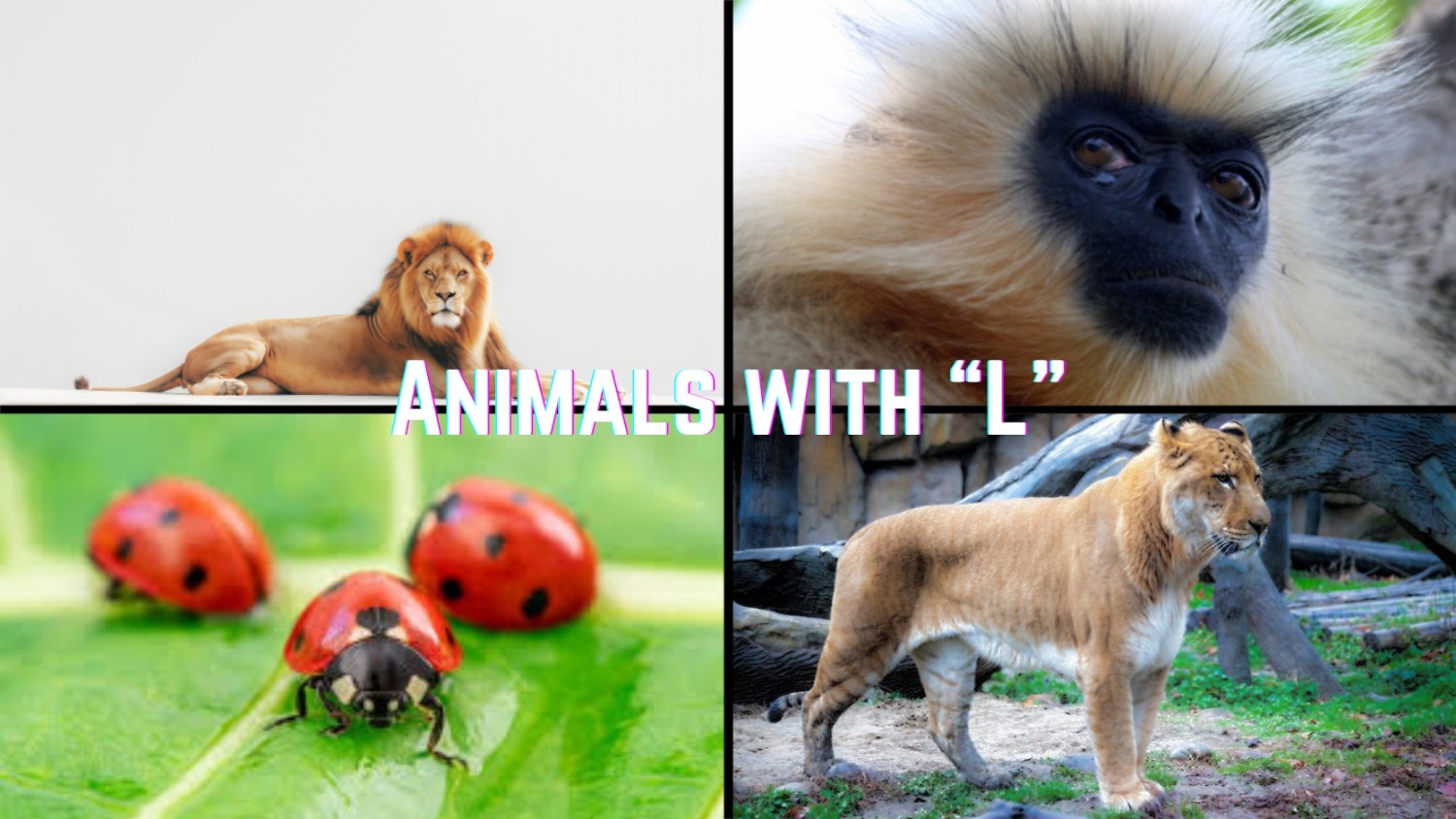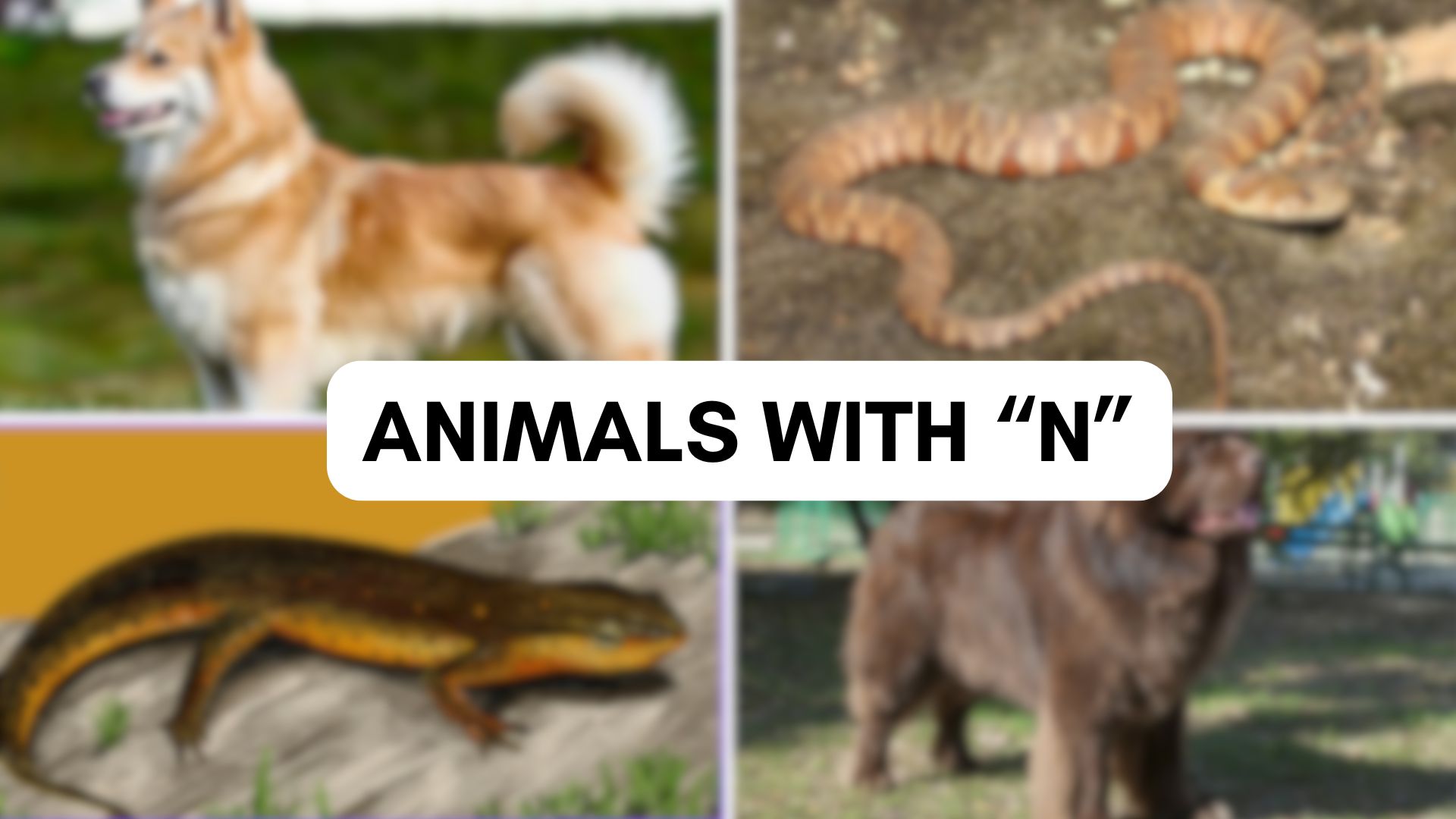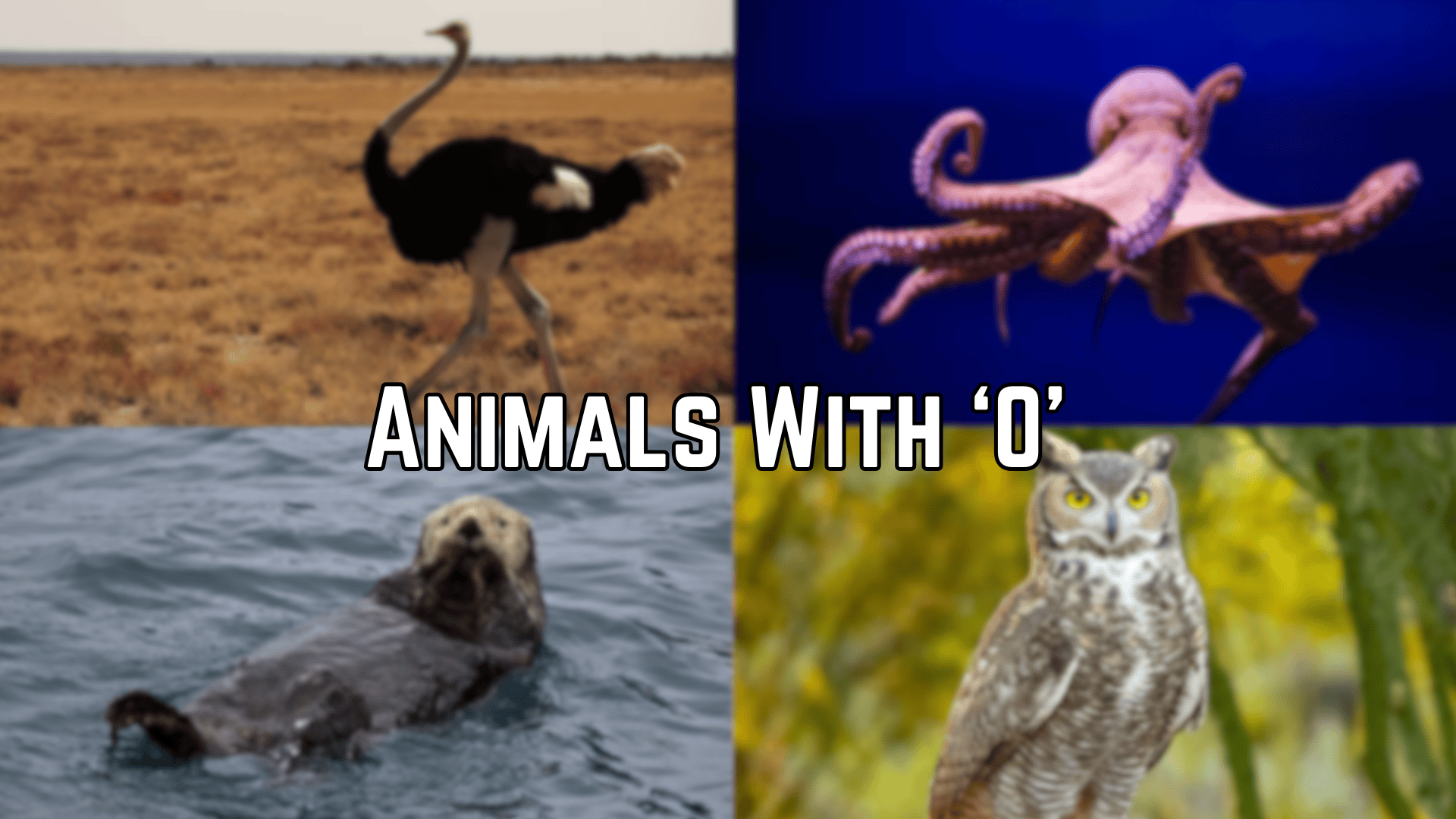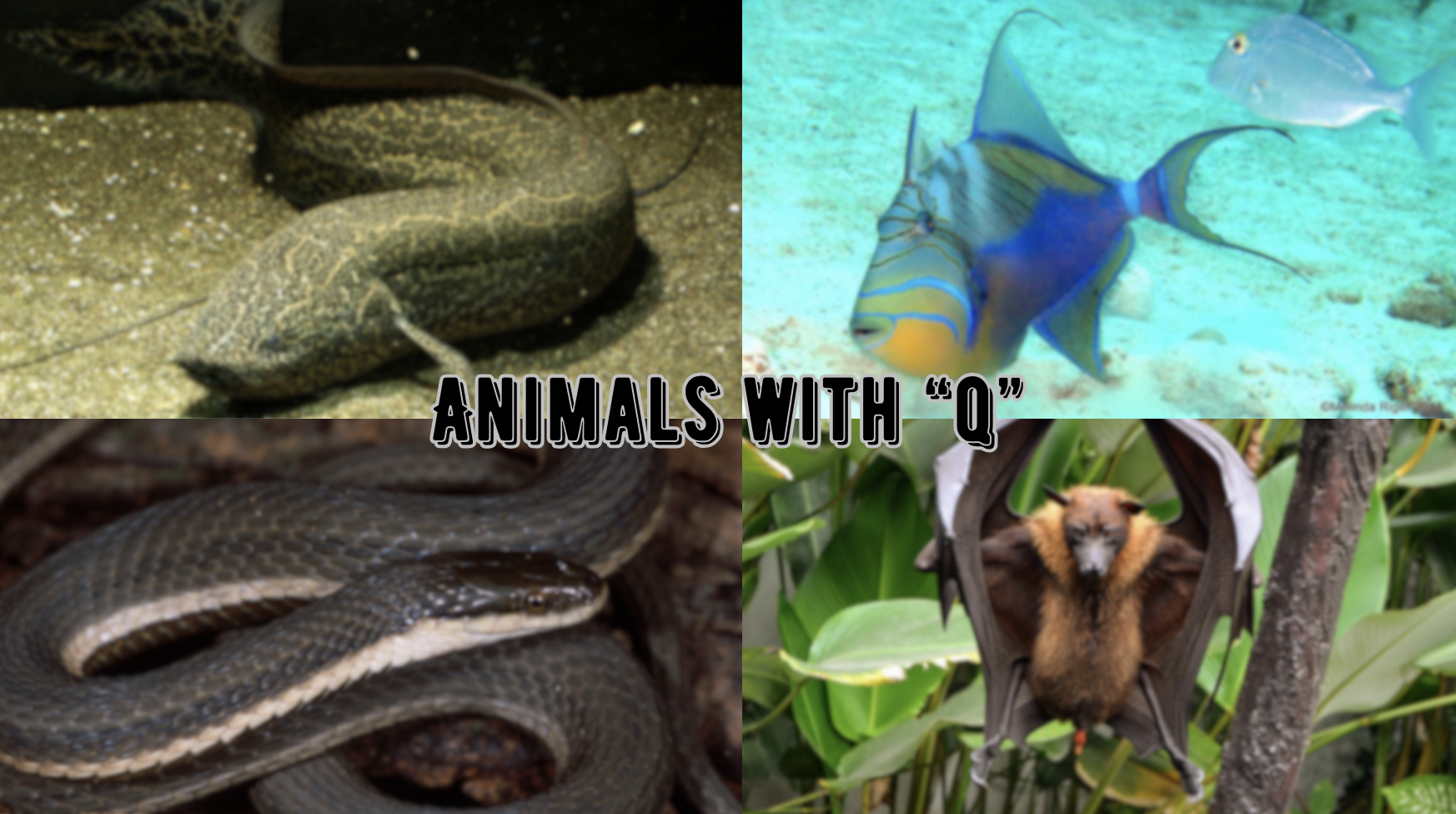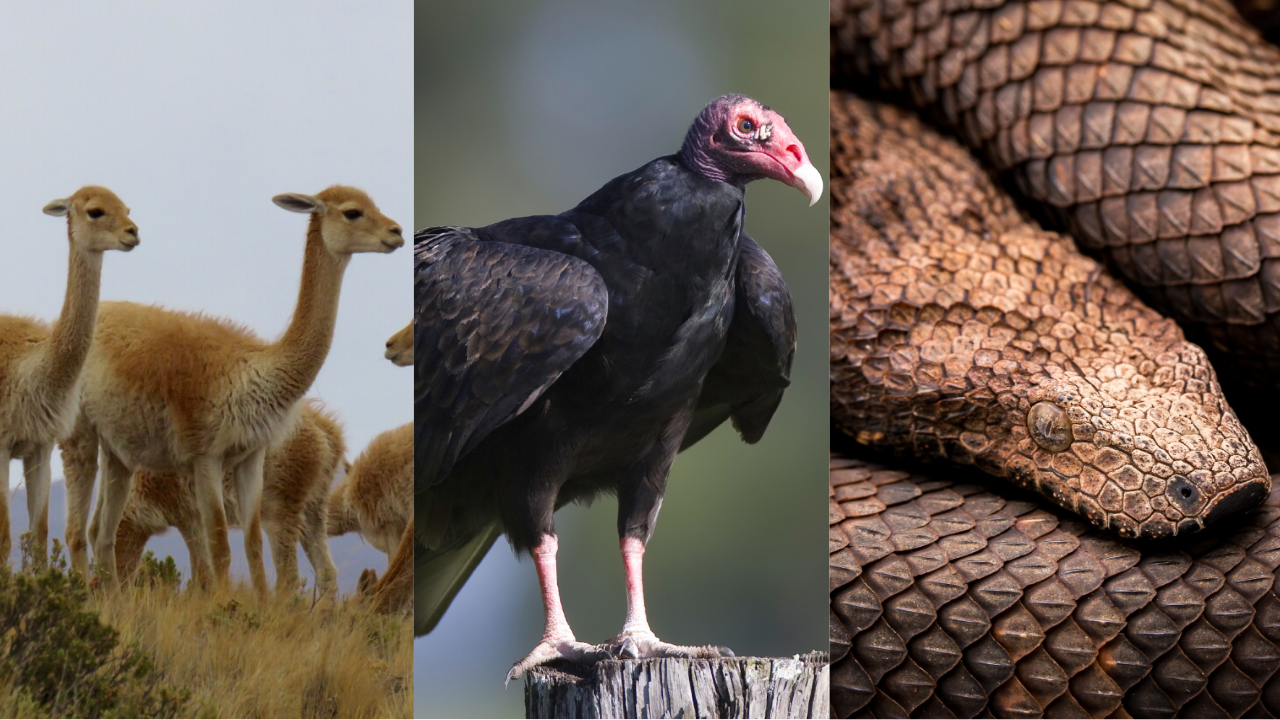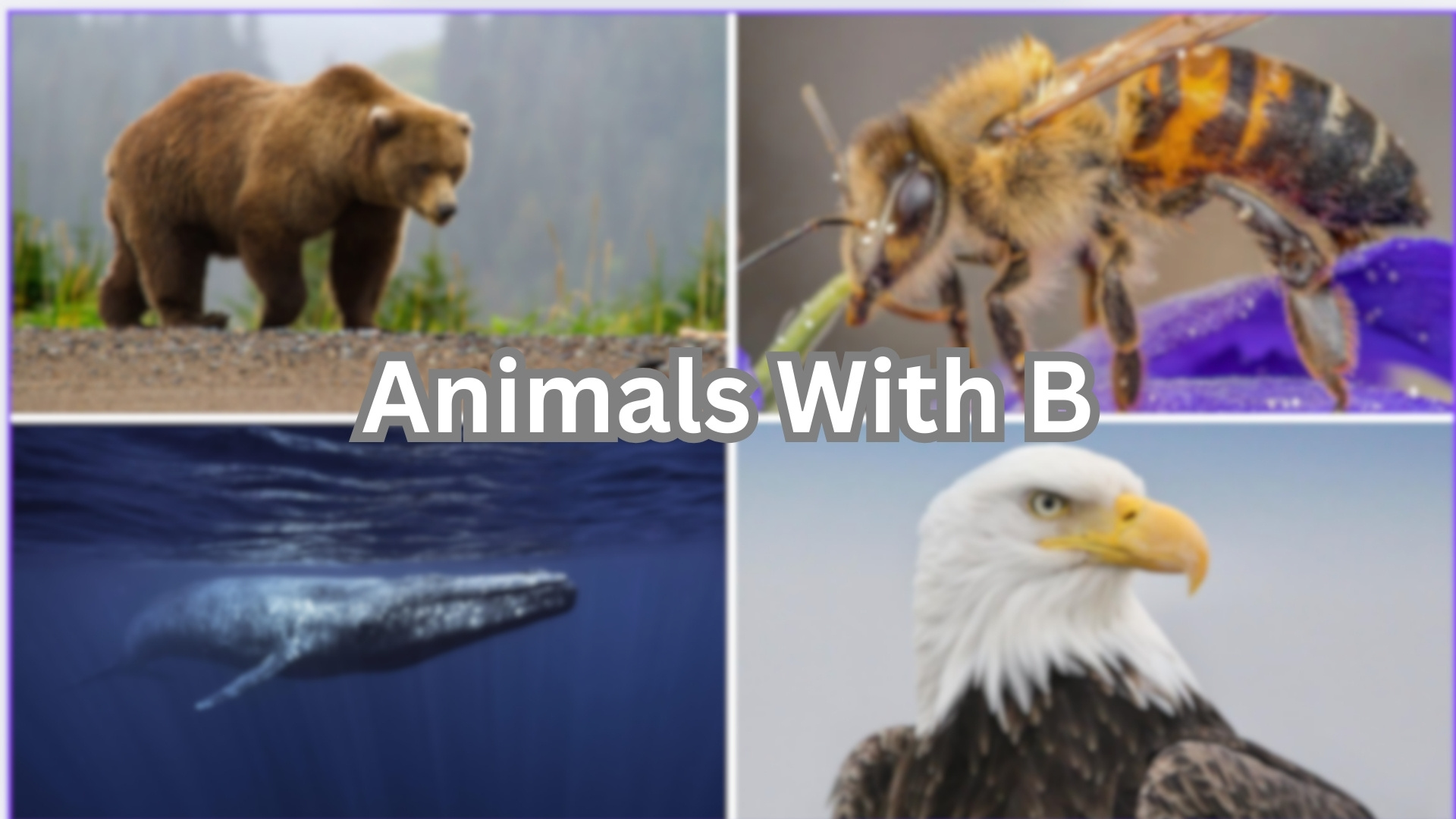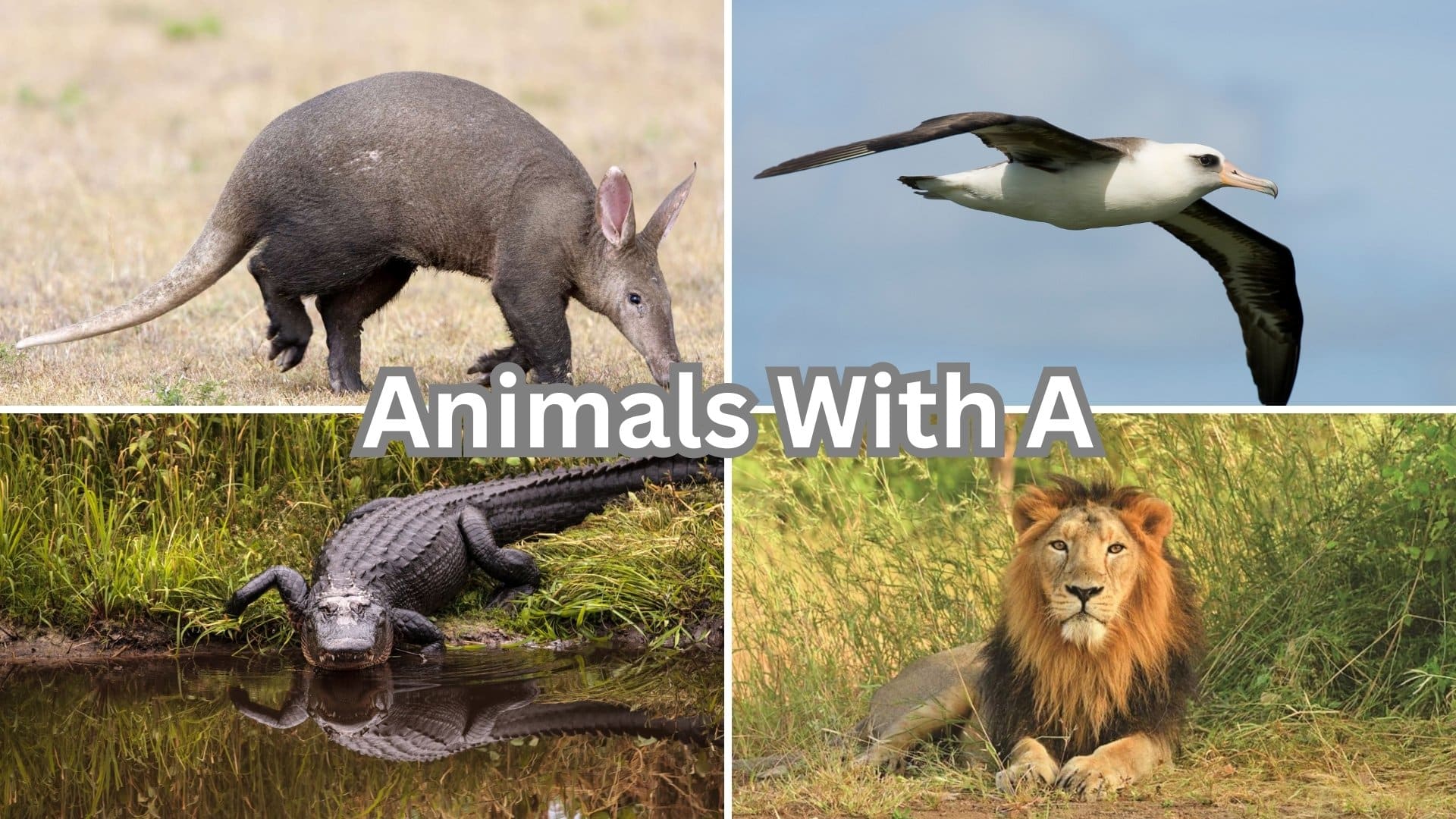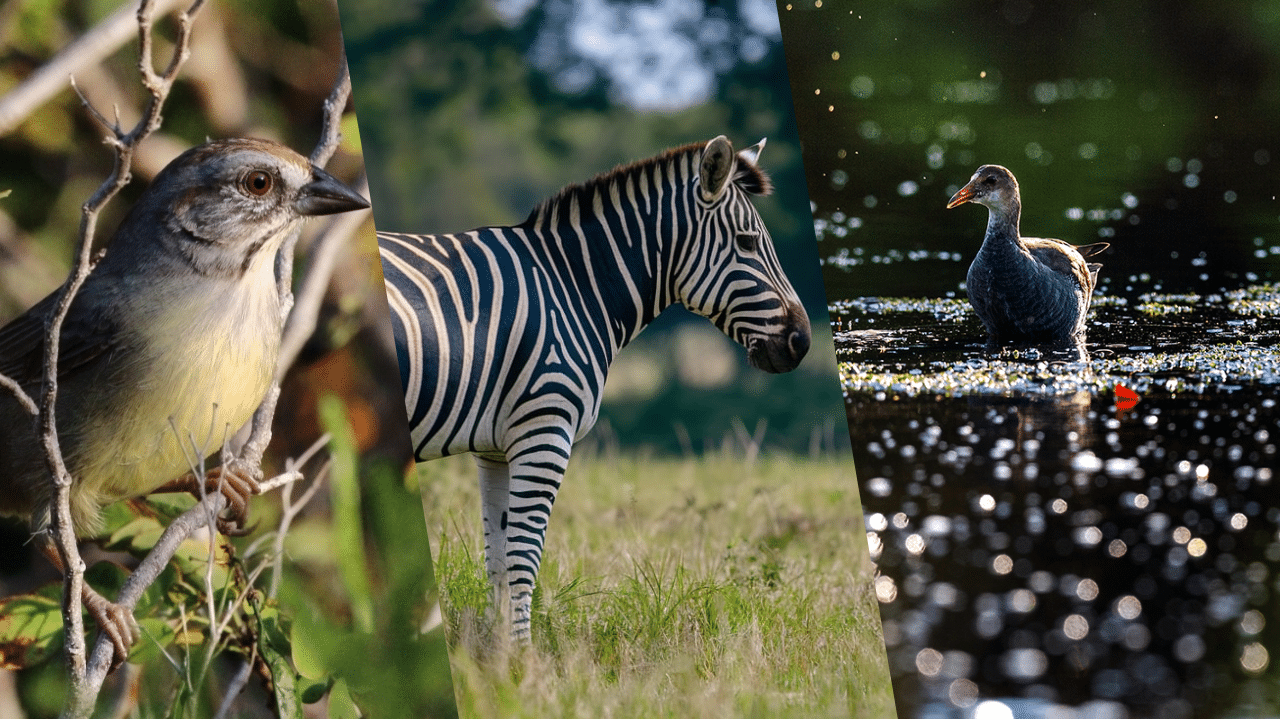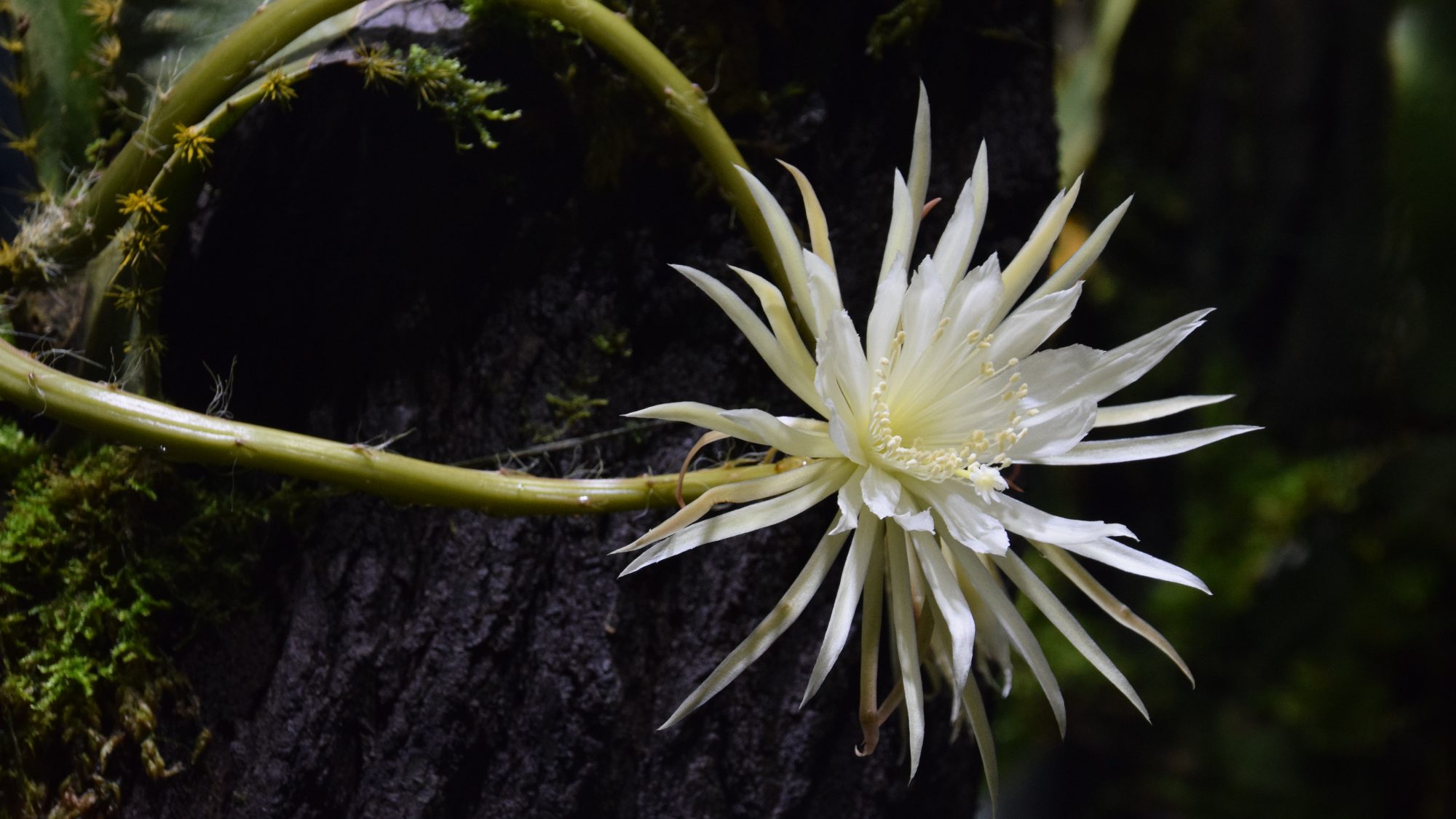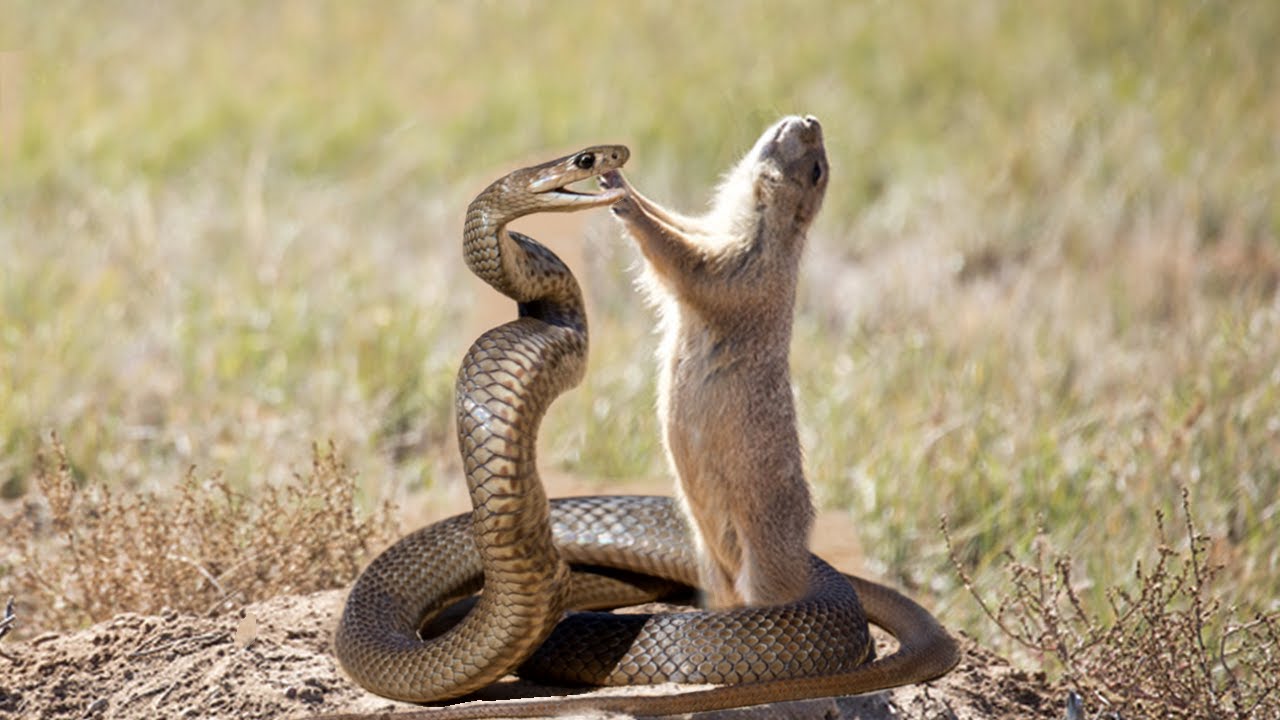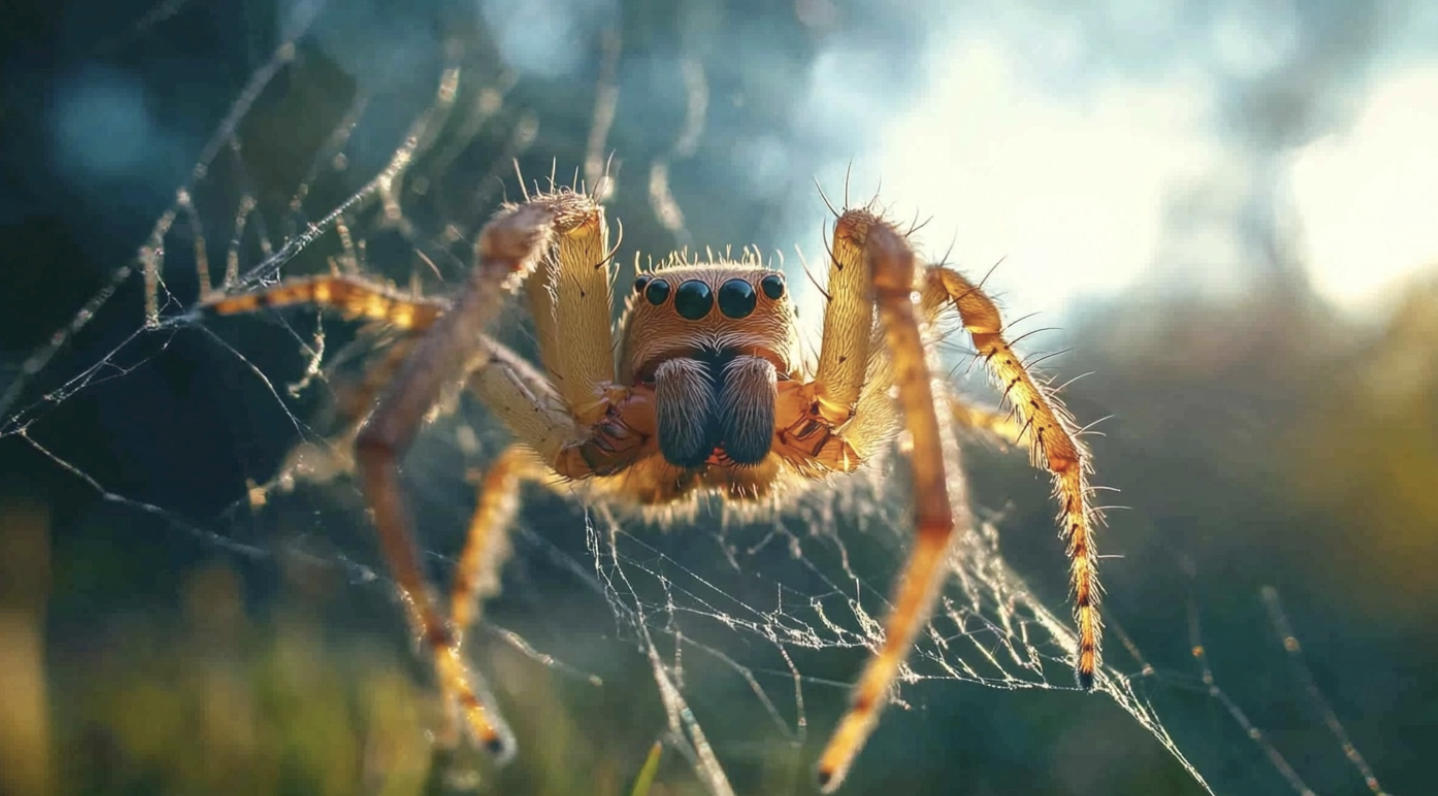
Welcome to our “E-to-E Animal Encyclopedia” series, where we’re exploring creatures that begin with the letter E! From the majestic elephant to the elusive ermine, this collection introduces you to 15 remarkable animals and their unique characteristics.
Each profile includes essential information about habitat, scientific classification, feeding habits, and vocalizations—plus intriguing fun facts that showcase nature’s incredible diversity. Are you a wildlife enthusiast, a student, or simply curious about the animal kingdom?
These concise yet comprehensive profiles offer valuable insights into some of Earth’s most interesting inhabitants.
Join us as we venture through forests, savannas, oceans, and more to find out about the extraordinary lives of these “E” animals that help make our planet’s ecosystem so wonderfully complex.
Say Hello to These 15 Interesting Mammals!
1. Elephant
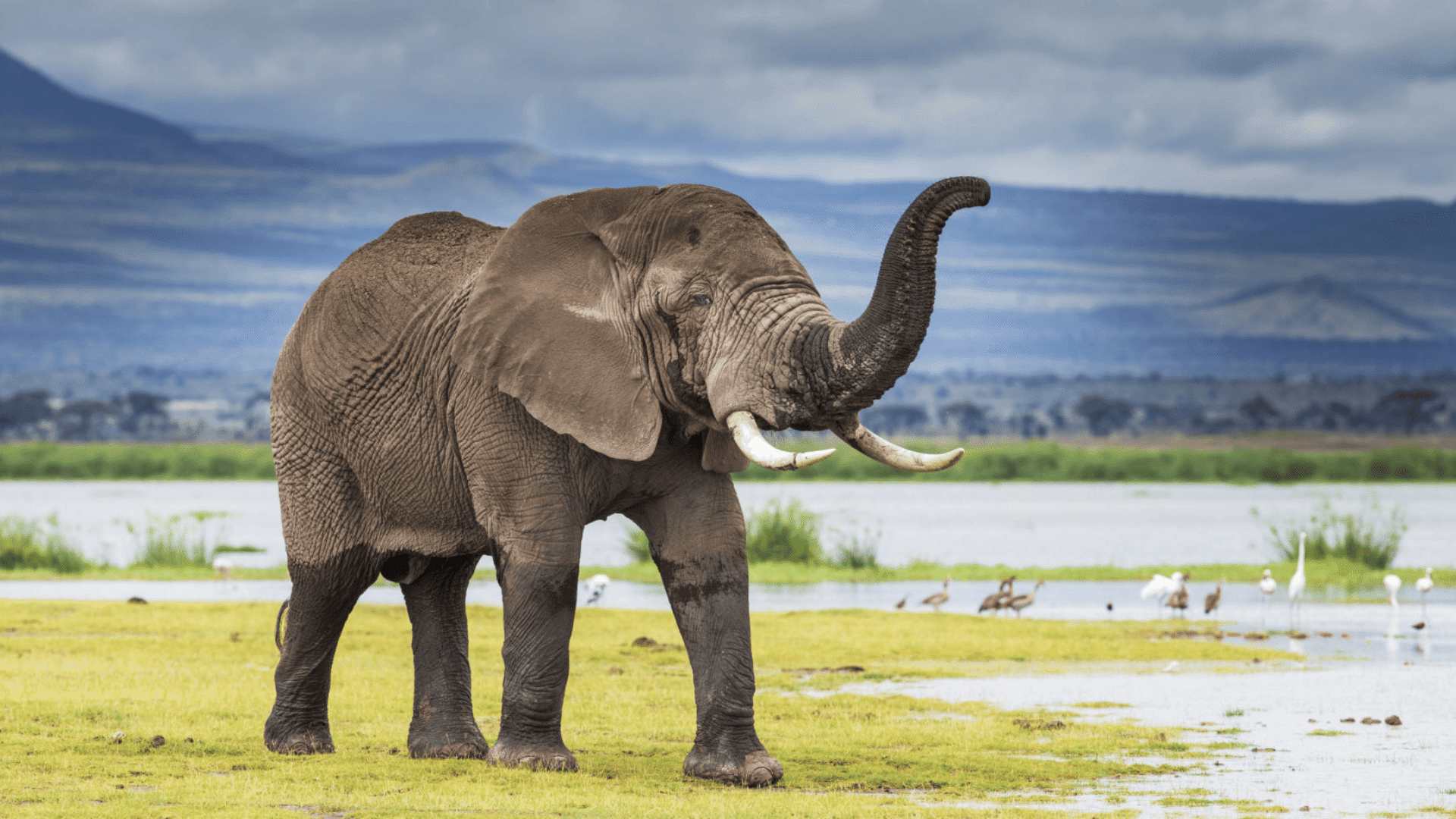
Elephants are the largest land mammals on Earth, known for their massive size, long trunks, and large, fan-like ears.
They can weigh up to 14,000 pounds and reach up to 13 feet tall at the shoulder. Their thick, gray skin protects them from environmental elements, and their tusks are elongated incisor teeth used for digging, lifting, and defense.
-
Region of Habitat: Africa (savannas, forests, deserts) and Asia (tropical forests, grasslands)
-
Scientific Name:Loxodonta africana (African elephant), Elephas maximus (Asian elephant)
-
Feeding Habits: They are herbivorous and consume grass, bark, fruits, and roots. They use their trunks to pluck vegetation and drink water.
-
What Sound They Make: Elephants trumpet, rumble, and roar; sounds are used for social bonding, signaling danger, and navigating.
Fun Facts:
Elephants can recognize themselves in mirrors, indicating high intelligence and self-awareness. Their trunks have over 40,000 muscles and can perform both delicate and powerful tasks.
2. Echidna
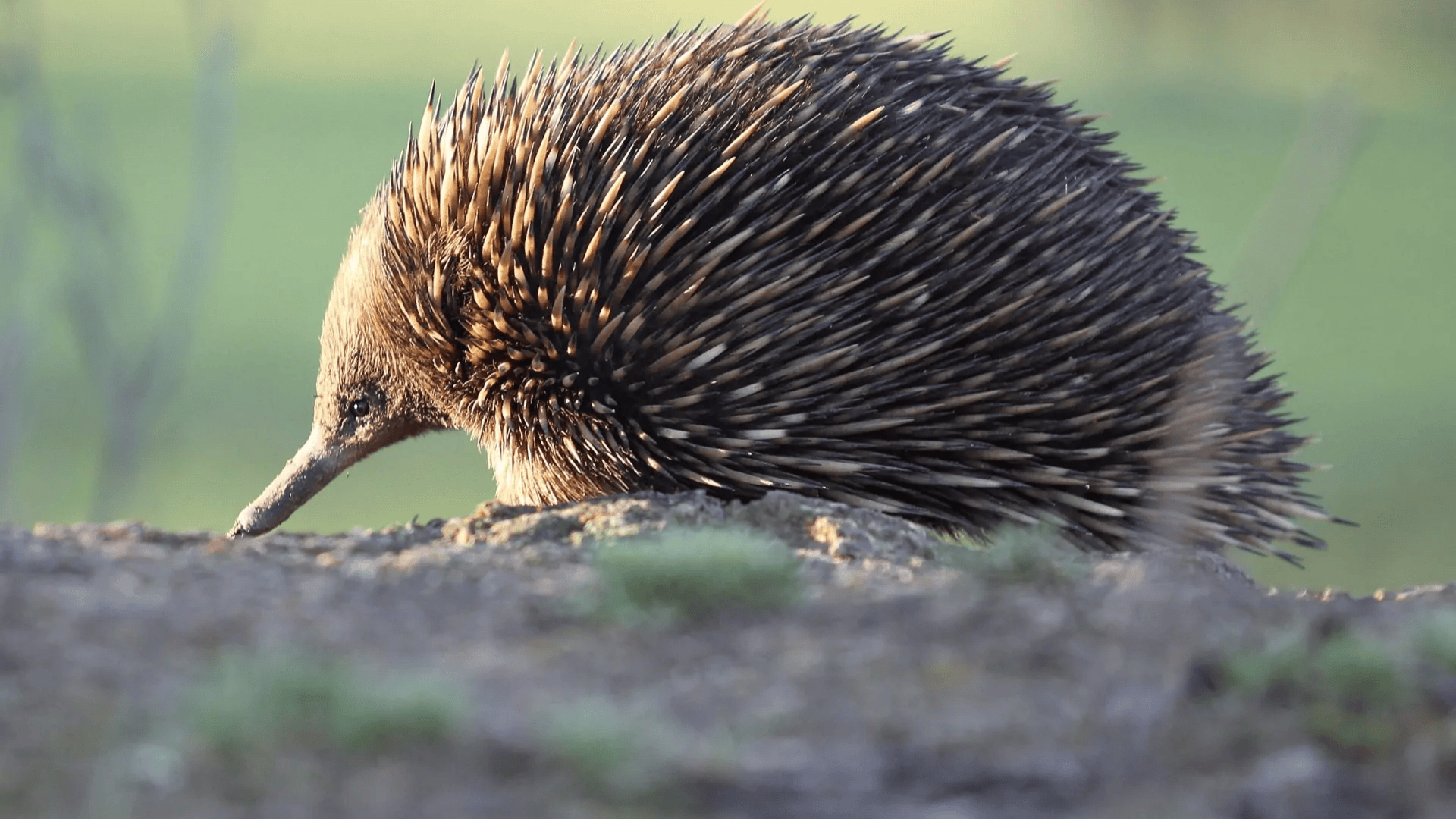
Echidnas, also known as spiny anteaters, are small, solitary mammals covered in coarse hair and spines. They have elongated snouts and no teeth, and they feed using their sticky tongues. They typically grow up to 17 inches long and weigh between 4 and 10 pounds.
-
Region of Habitat: Australia and New Guinea; found in forests, deserts, and mountainous regions
-
Scientific Name:Tachyglossus aculeatus
-
Feeding Habits: Insectivorous; feed mainly on ants and termites by probing soil or logs with their snouts and long tongues
-
What Sound They Make: Usually silent but may produce soft grunts or snorts when disturbed
Fun Facts:
Echidnas are monotremes—egg-laying mammals, one of only five species in the world. Their body temperature is one of the lowest among mammals, around 89°F (32°C).
3. Elk
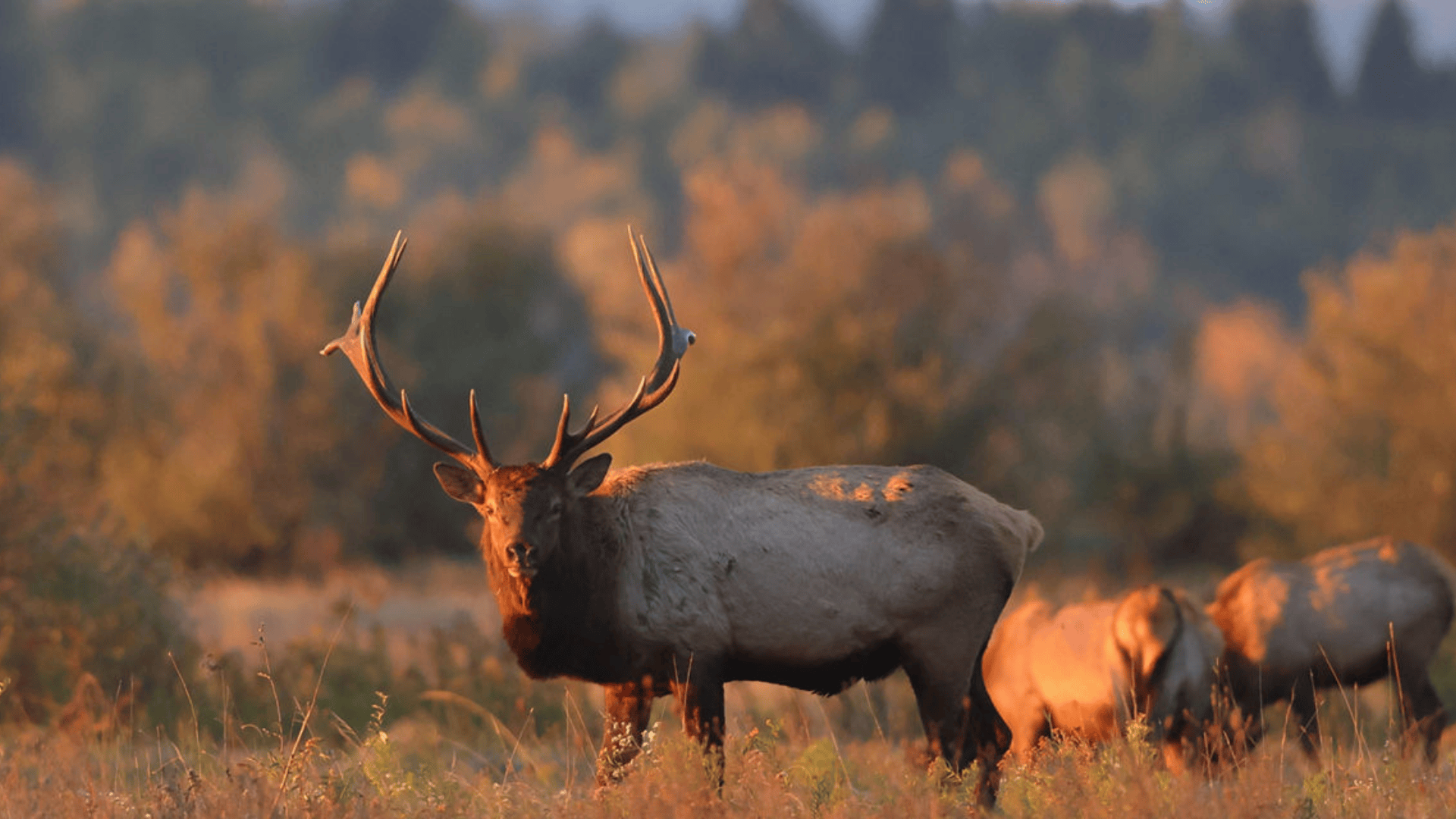
Elks are large members of the deer family, known for their majestic antlers (in males), which are shed and regrown annually.
They have a reddish-brown body and a distinct cream-colored rump. Adult males can weigh up to 700 pounds.
-
Region of Habitat: North America and parts of Asia; favor forest edges, meadows, and mountainous terrain
-
Scientific Name:Cervus canadensis
-
Feeding Habits: Herbivorous; graze on grasses, leaves, bark, and shrubs depending on the season
-
What Sound They Make: Males emit a high-pitched “bugle” during mating season; females and calves communicate with bleats and grunts
Fun Facts:
Elks can run up to 40 miles per hour and are also strong swimmers. During the rut, their bugling call can be heard up to a mile away.
4. Ermine (or Stoat)
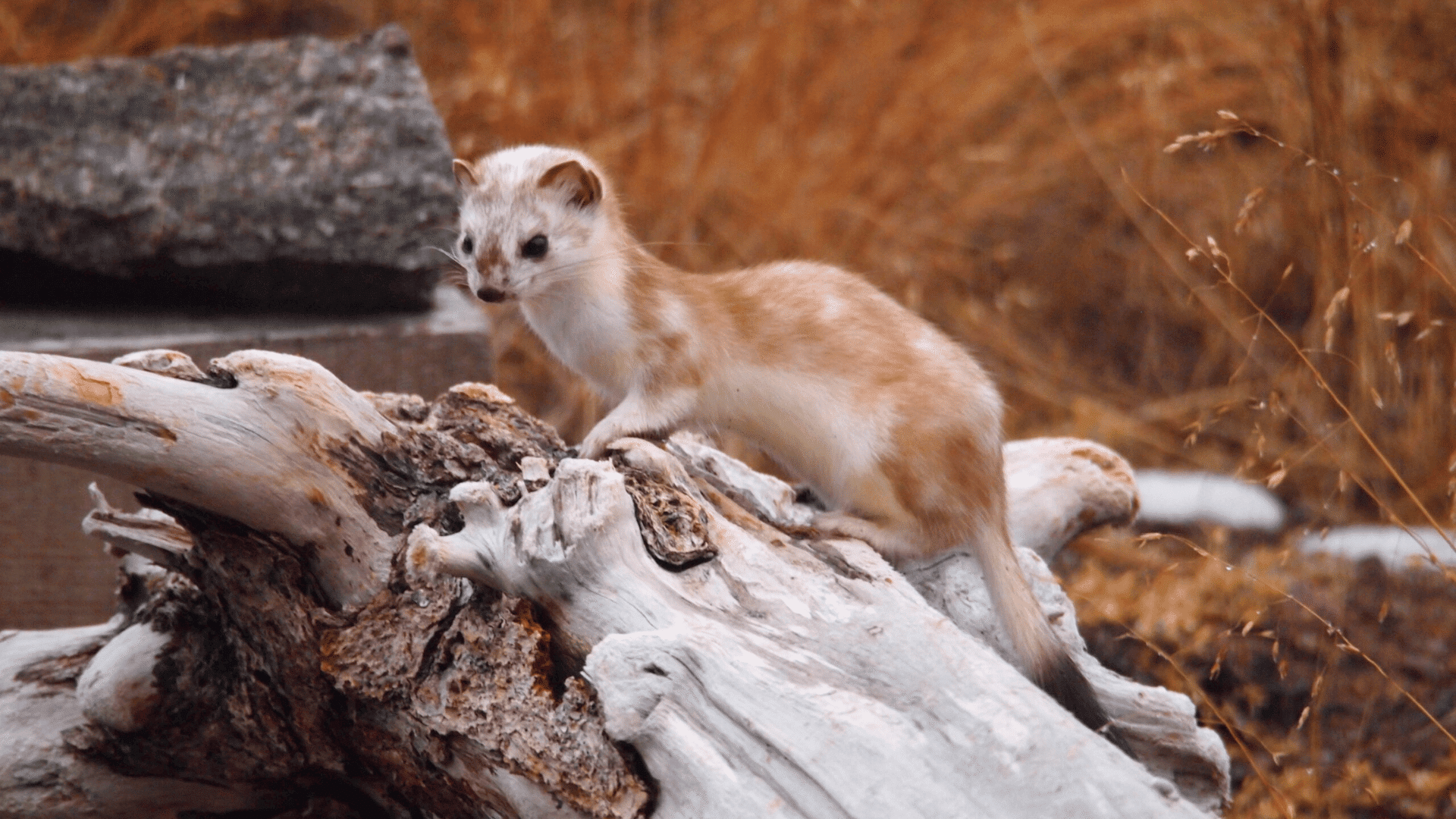
The ermine, or stoat, is a small, agile carnivore with a long, slender body and short legs. In winter, its fur turns white (except for a black tail tip) for camouflage in snowy environments. It grows to about 13 inches long including the tail.
-
Region of Habitat: Northern Europe, Asia, and North America; commonly found in woodlands, grasslands, and tundra
-
Scientific Name:Mustela erminea
-
Feeding Habits: Carnivorous; preys on rodents, birds, and insects, using speed and surprise to capture prey
-
What Sound They Make: They emit sharp squeaks, chatters, and hisses, especially when threatened or during mating
Fun Facts:
Ermines were once prized for their white winter fur, often used in royal garments. Despite their small size, they can take down prey larger than themselves.
5. Eland
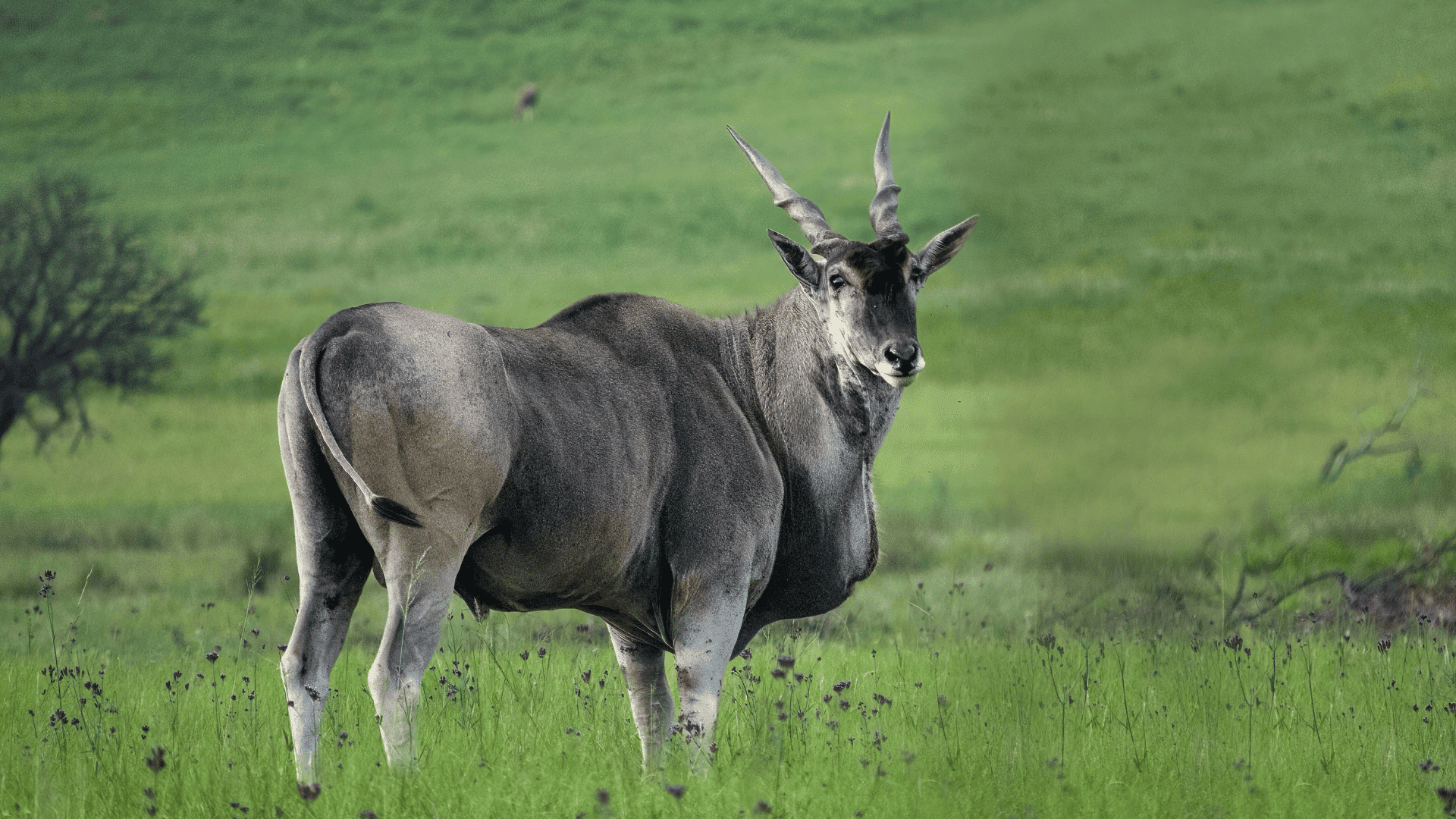
The eland is the largest of the antelope species, characterized by spiral horns, a dewlap on the throat, and a robust, ox-like build. Males can weigh over 2,000 pounds and stand up to 6 feet at the shoulder.
-
Region of Habitat: Sub-Saharan Africa; prefers open savannas, plains, and woodlands
-
Scientific Name:Taurotragus oryx
-
Feeding Habits: Herbivorous; browsers that feed on grasses, leaves, and fruits. Can go long periods without water.
-
What Sound They Make: Emit a clicking sound when walking, caused by their leg joints; also produce low moos and barks
Fun Facts:
Elands’ knees click so loudly that they can be heard from several meters away. Despite their massive size, they can jump over 8 feet high.
6. European Badger
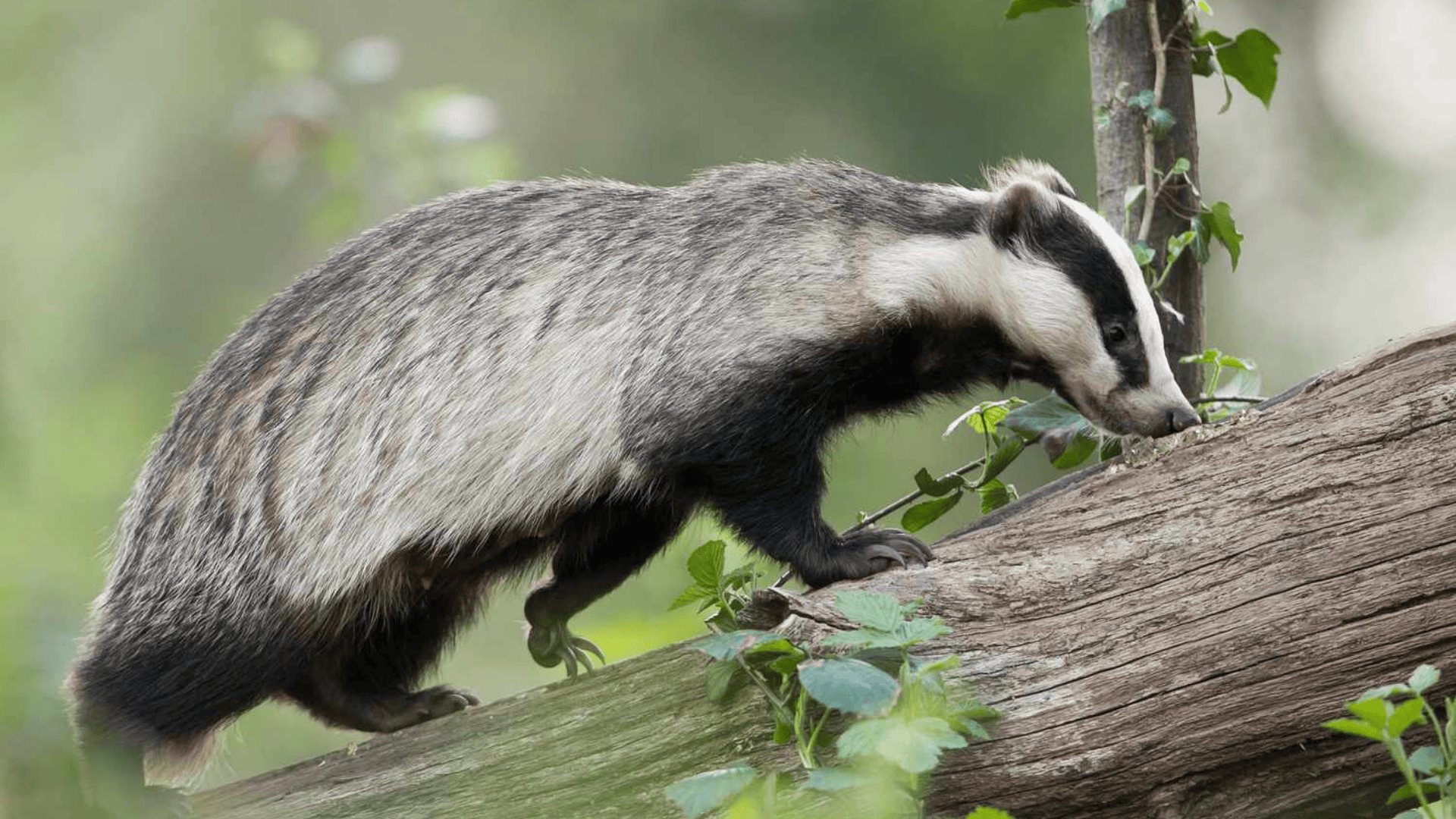
The European badger is a stout, burrowing mammal with a distinctive black-and-white striped face and coarse greyish fur. Adults typically weigh between 20–35 pounds and have strong claws adapted for digging.
-
Region of Habitat: Widespread across Europe and parts of Western Asia; prefers woodland, pastureland, and farmland with access to soft soil
-
Scientific Name:Meles meles
-
Feeding Habits: Omnivorous; eats earthworms, insects, fruits, small mammals, and roots; forages mostly at night
-
What Sound They Make: Produce a variety of sounds, including growls, barks, and purrs for communication and warning
Fun Facts:
European badgers live in complex underground burrow systems called “setts,” which are often used for generations. They are highly social and live in family groups called clans.
7. Eastern Gray Squirrel
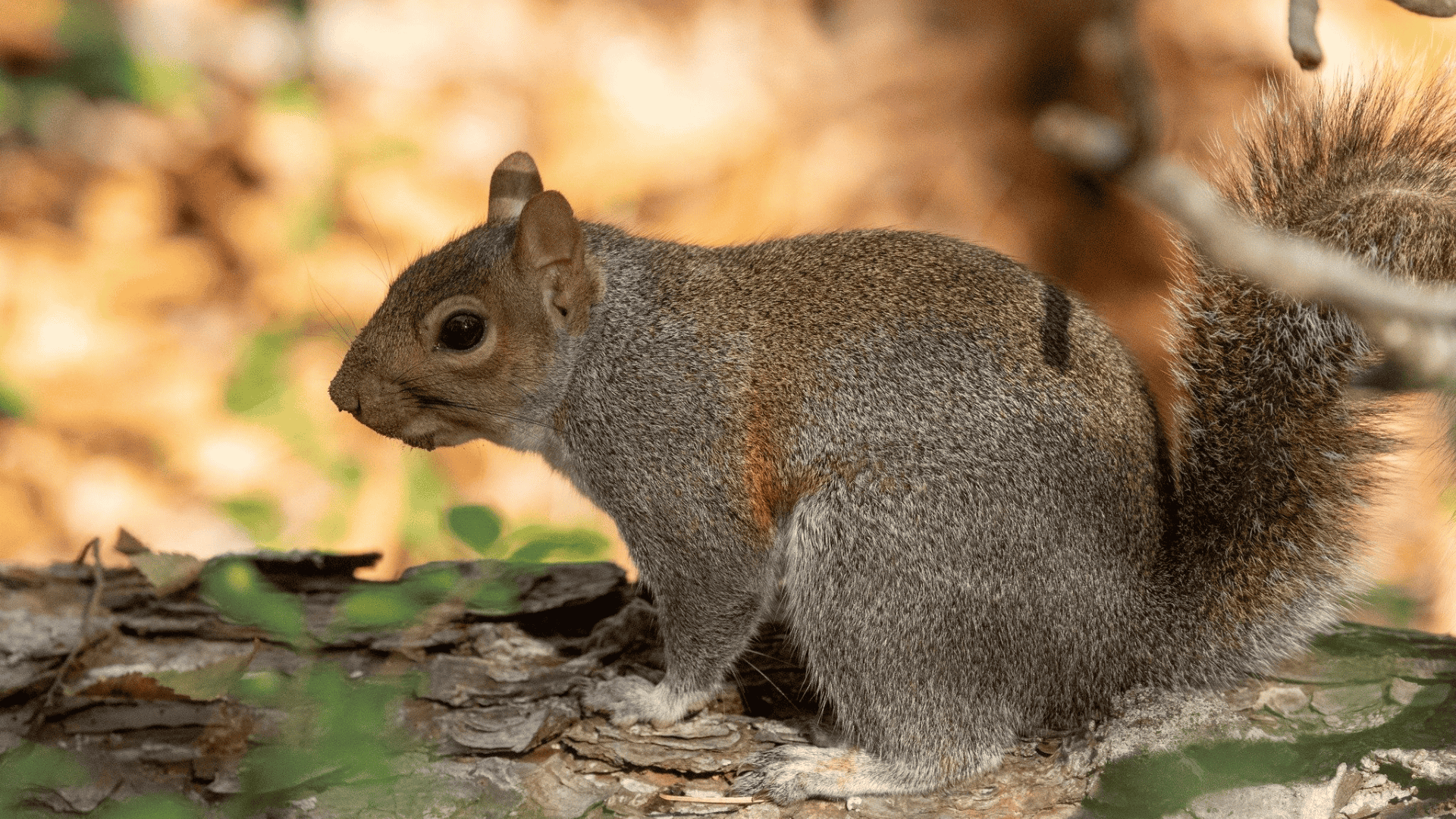
The Eastern gray squirrel is a medium-sized tree squirrel with predominantly gray fur, a bushy tail, and a white underbelly. It grows up to 20 inches long, including the tail, and weighs about 1–1.5 pounds.
-
Region of Habitat: Eastern and Midwestern United States, parts of Canada and the UK (introduced); found in deciduous forests, urban parks, and suburban areas
-
Scientific Name:Sciurus carolinensis
-
Feeding Habits: Omnivorous; primarily eats nuts, seeds, fruit, and buds; occasionally eats insects and bird eggs
-
What Sound They Make: Use high-pitched “kuk” sounds, squeaks, and tail flicks to signal danger or claim territory
Fun Facts:
They “cache” food by burying nuts and can later locate them using memory and scent. Their front teeth never stop growing, which helps them gnaw through tough food and materials.
8. Eurasian Beaver
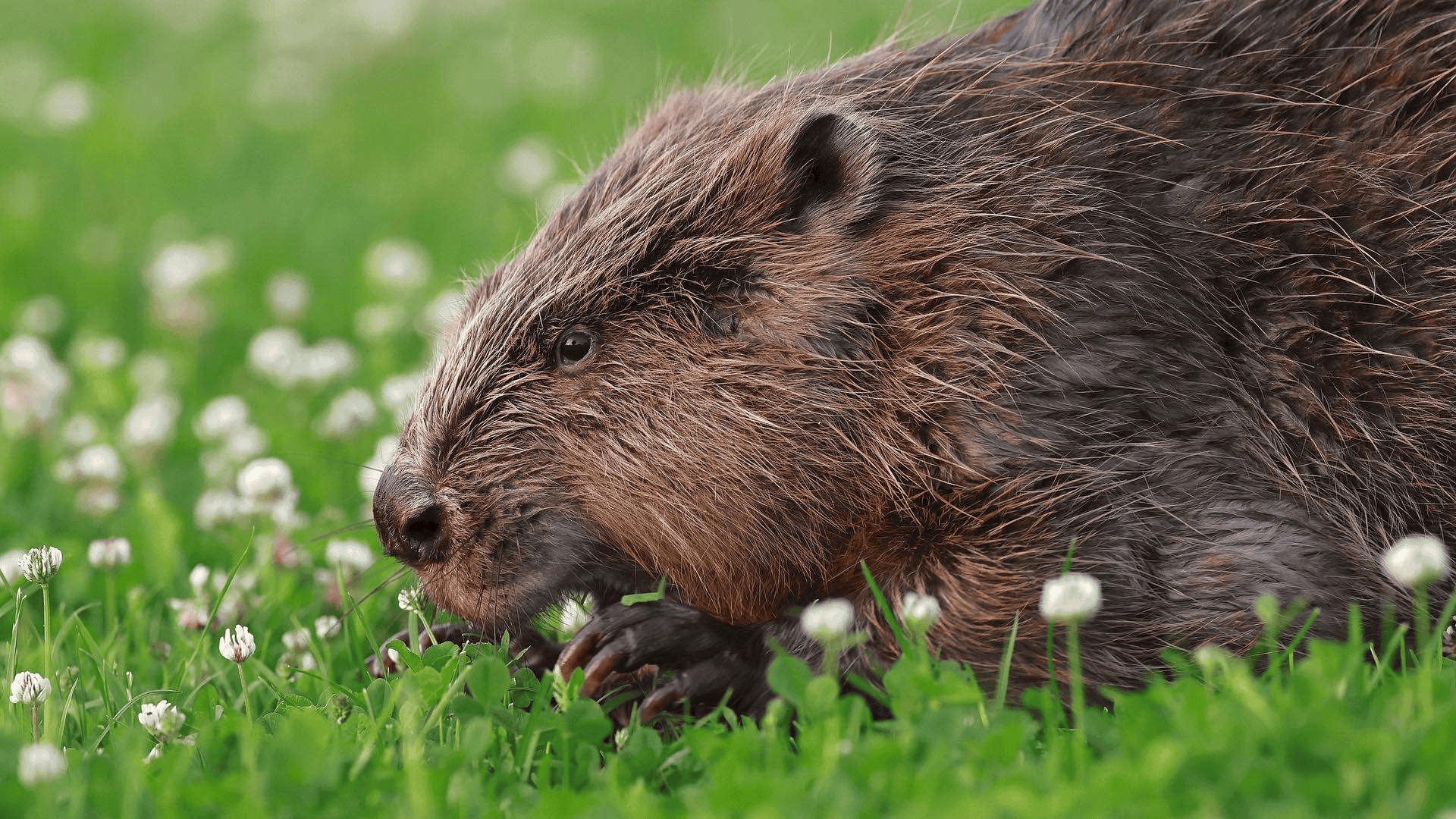
The Eurasian beaver is a large, semi-aquatic rodent known for its flat tail, webbed feet, and thick brown fur. It can grow up to 39 inches long and weigh over 60 pounds, making it Europe’s largest rodent.
-
Region of Habitat: Rivers, streams, and wetlands across Europe and parts of Asia; prefer slow-moving or still freshwater environments
-
Scientific Name:Castor fiber
-
Feeding Habits: Herbivorous; feeds on bark, aquatic plants, leaves, and twigs—particularly fond of willow and poplar
-
What Sound They Make: Generally quiet; sometimes grunt or growl when disturbed, and slap their tail on water to warn of danger
Fun Facts:
They build dams and lodges that create wetlands, benefiting many other species. Eurasian beavers have a waterproof coat and can stay submerged for up to 15 minutes.
9. European Hedgehog
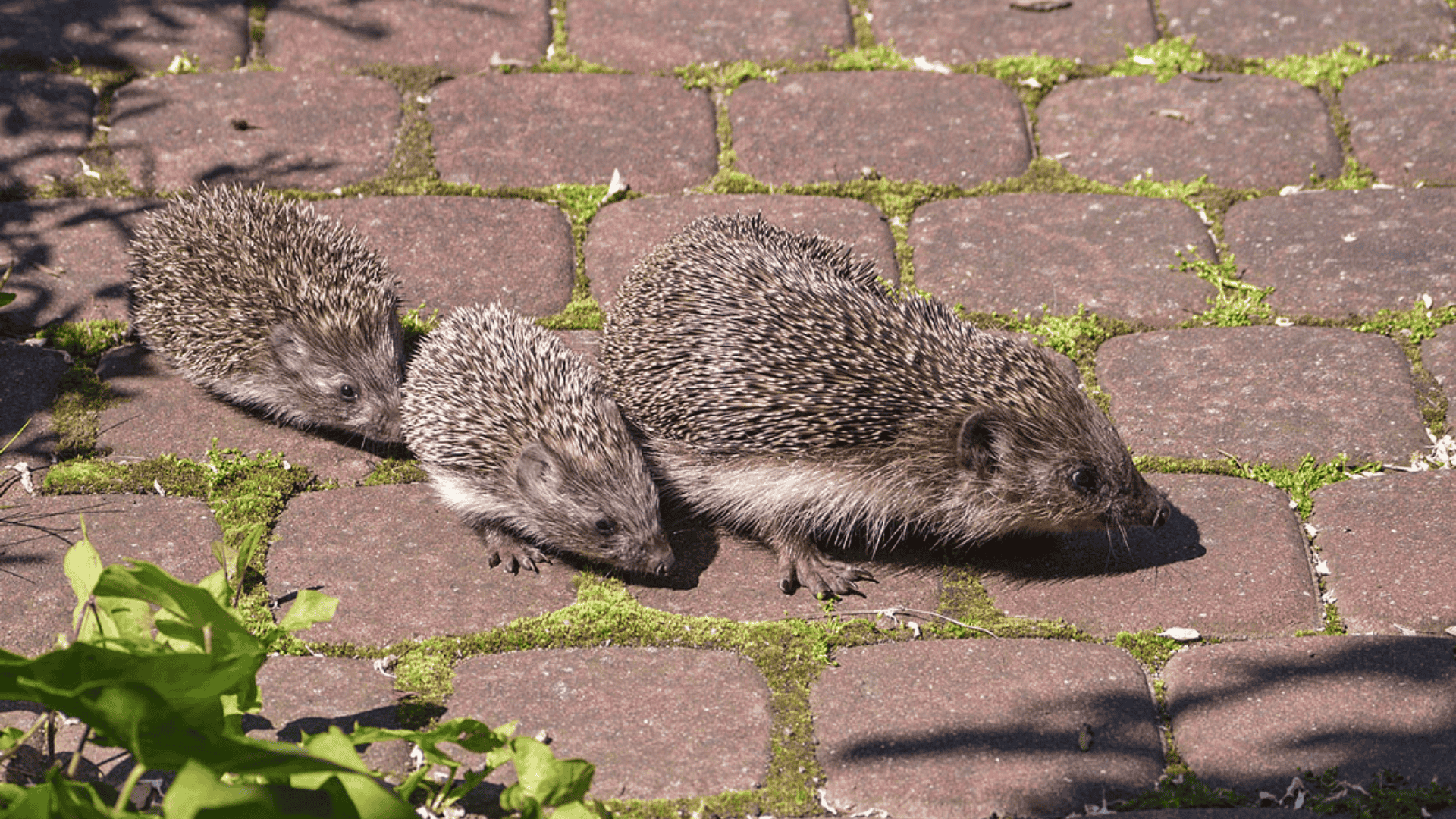
The European hedgehog is a small, nocturnal mammal covered in thousands of sharp spines used for defense. When threatened, it rolls into a tight ball. It measures about 9 inches long and weighs 1–2.5 pounds.
-
Region of Habitat: Found throughout Europe; prefers hedgerows, gardens, meadows, and woodland edges
-
Scientific Name:Erinaceus europaeus
-
Feeding Habits: Insectivorous; eats beetles, worms, slugs, and occasionally fruits and small vertebrates
-
What Sound They Make: Snuffles, snorts, and soft grunts while foraging; can hiss or click when threatened
Fun Facts:
Hedgehogs hibernate in colder climates, entering a state of torpor to conserve energy. They’re immune to many toxins and even consume poisonous toads and venomous snakes.
10. Eastern Mole
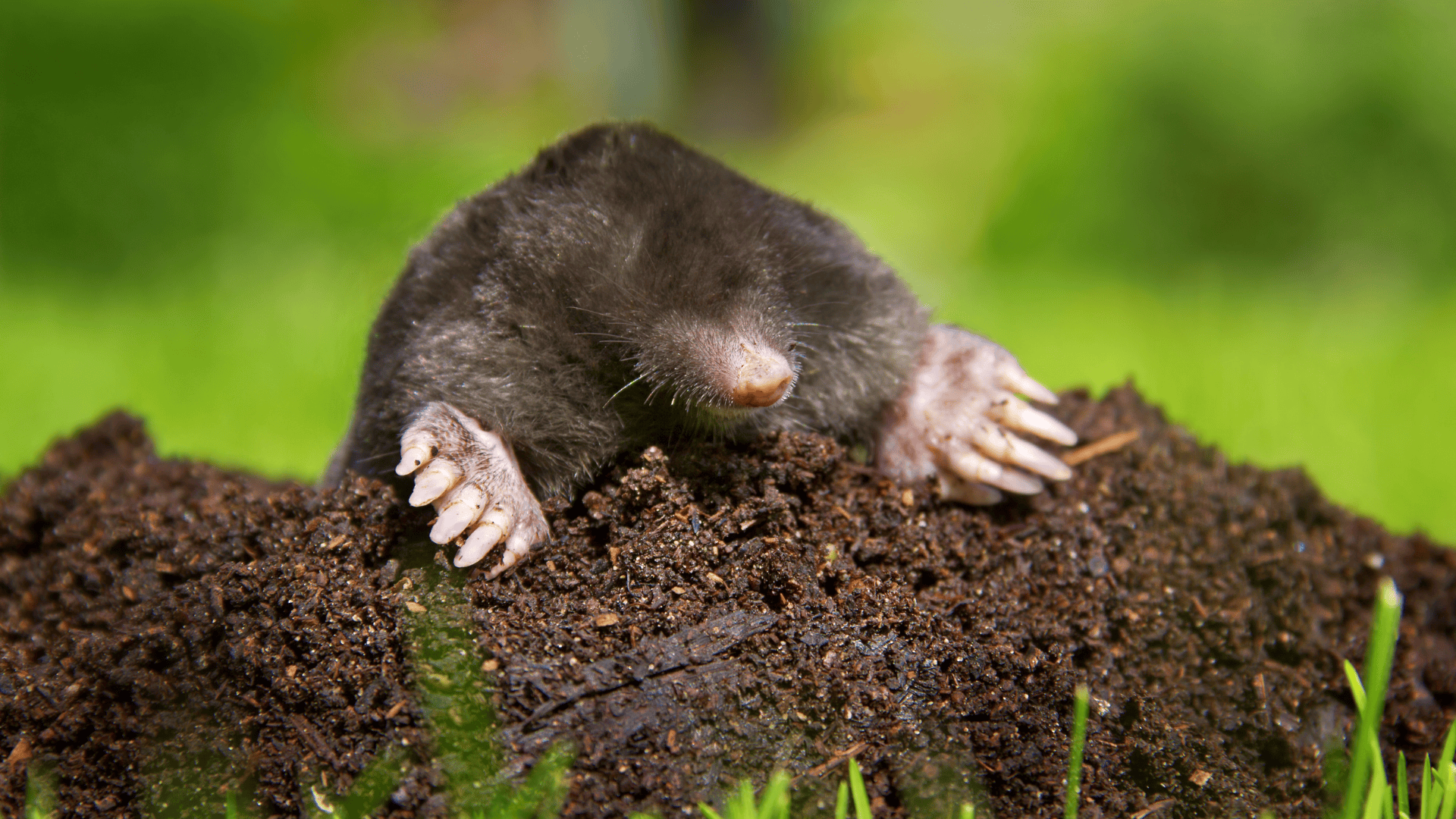
The Eastern mole is a subterranean mammal with velvety gray fur, tiny eyes, and powerful spade-like forelimbs adapted for digging. It grows to about 6 inches long and weighs around 3 ounces.
-
Region of Habitat: Eastern and central United States; found in moist, loose soils of fields, forests, and lawns
-
Scientific Name:Scalopus aquaticus
-
Feeding Habits: Carnivorous; primarily eats earthworms and insect larvae by tunneling through soil
-
What Sound They Make: Generally silent but may produce faint squeaks or scratching noises underground.
Fun Facts:
A single mole can tunnel up to 100 feet per day in search of food. Their saliva contains toxins that paralyze earthworms, allowing them to store live prey for later consumption.
11. Egyptian Fruit Bat
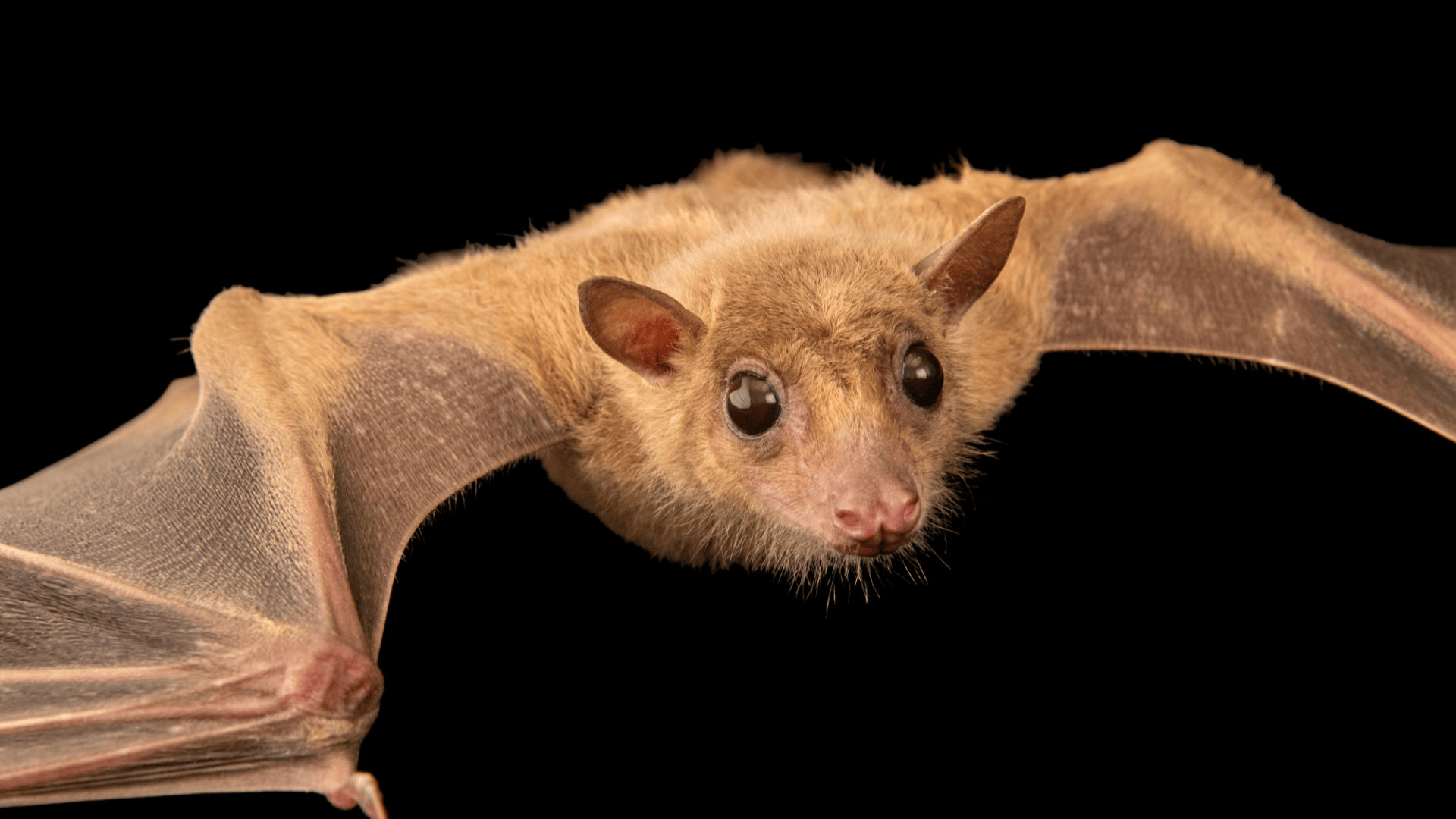
The Egyptian fruit bat is a medium-sized bat with large eyes, a dog-like face, and long, pointed wings. It has a body length of up to 6 inches and a wingspan of about 2 feet. Its fur is usually grayish-brown with lighter underparts.
-
Region of Habitat: Found across Africa, the Middle East, and parts of India; prefers caves, ruins, and trees in tropical and subtropical regions
-
Scientific Name:Rousettus aegyptiacus
-
Feeding Habits: Frugivorous; primarily eats soft fruits like figs, mangoes, and bananas; uses keen eyesight and sense of smell to locate food
-
What Sound They Make: Emit high-pitched clicks for echolocation and produce various squeaks and screeches for social communication.
Fun Facts:
They are among the few bats capable of true echolocation using tongue clicks. Despite being fruit eaters, they play a vital role in seed dispersal and forest regeneration.
12. Eurasian Otter
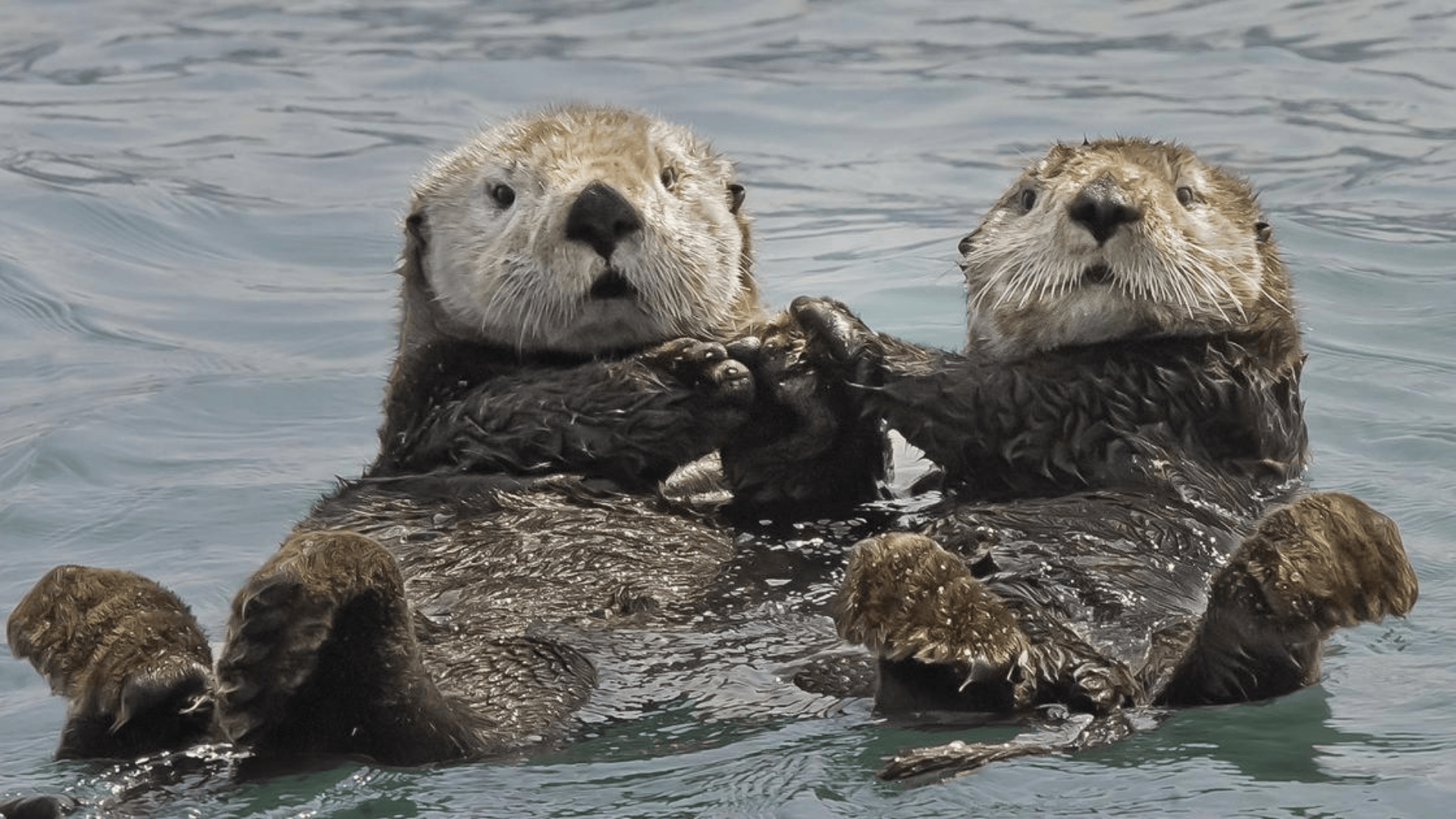
The Eurasian otter is a sleek, semi-aquatic mammal with dense, waterproof brown fur and a long, muscular tail. Adults can reach 4 feet in length (including the tail) and weigh up to 25 pounds.
-
Region of Habitat: Found across Europe and parts of Asia and North Africa; inhabit rivers, lakes, coastal areas, and wetlands
-
Scientific Name:Lutra lutra
-
Feeding Habits: Carnivorous; feeds on fish, amphibians, crustaceans, and small mammals; hunts using agility and keen eyesight underwater
-
What Sound They Make: Use chirps, whistles, and growls for communication, especially between mothers and pups
Fun Facts:
They can close their ears and nostrils when diving and hold their breath for up to 4 minutes. A healthy otter population is a strong indicator of clean, unpolluted waterways.
13. Edible Dormouse
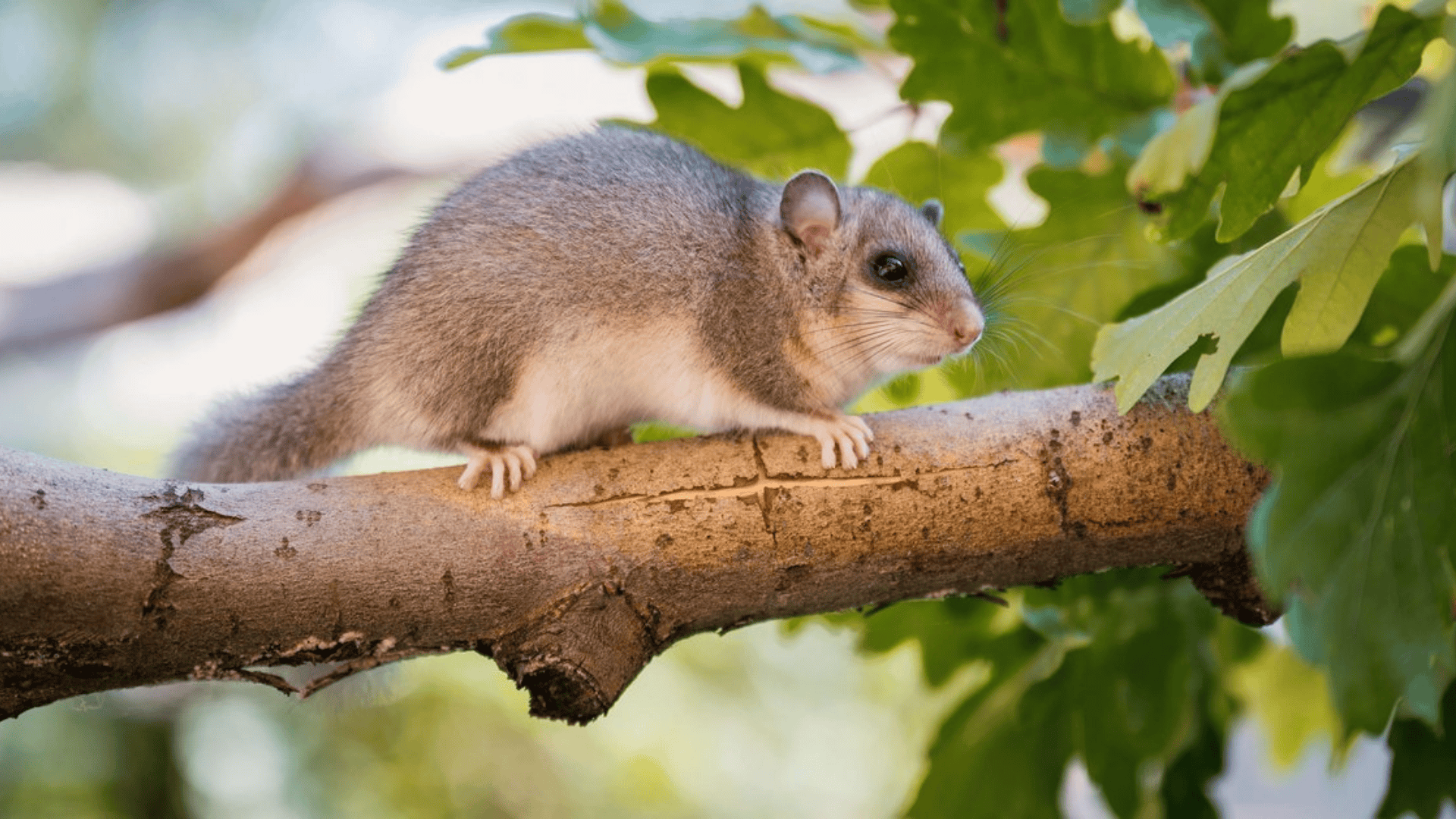
The edible dormouse is a small, arboreal rodent with a bushy tail, large black eyes, and soft gray fur. It grows up to 8 inches long, with a tail nearly as long as its body.
-
Region of Habitat: Found in Europe, particularly central and southern regions; prefers deciduous forests with plenty of oak and beech trees
-
Scientific Name:Glis glis
-
Feeding Habits: Omnivorous; eats nuts, seeds, fruits, bark, and insects; stores fat during summer to survive long hibernations
-
What Sound They Make: Produces squeaks, chirps, and chatter, especially during mating season or when alarmed.
Fun Facts:
Named for its use as a delicacy in ancient Rome, where it was fattened and eaten as a snack. It can hibernate for up to 7 months, one of the longest hibernation periods among mammals.
14. Eastern Lowland Gorilla
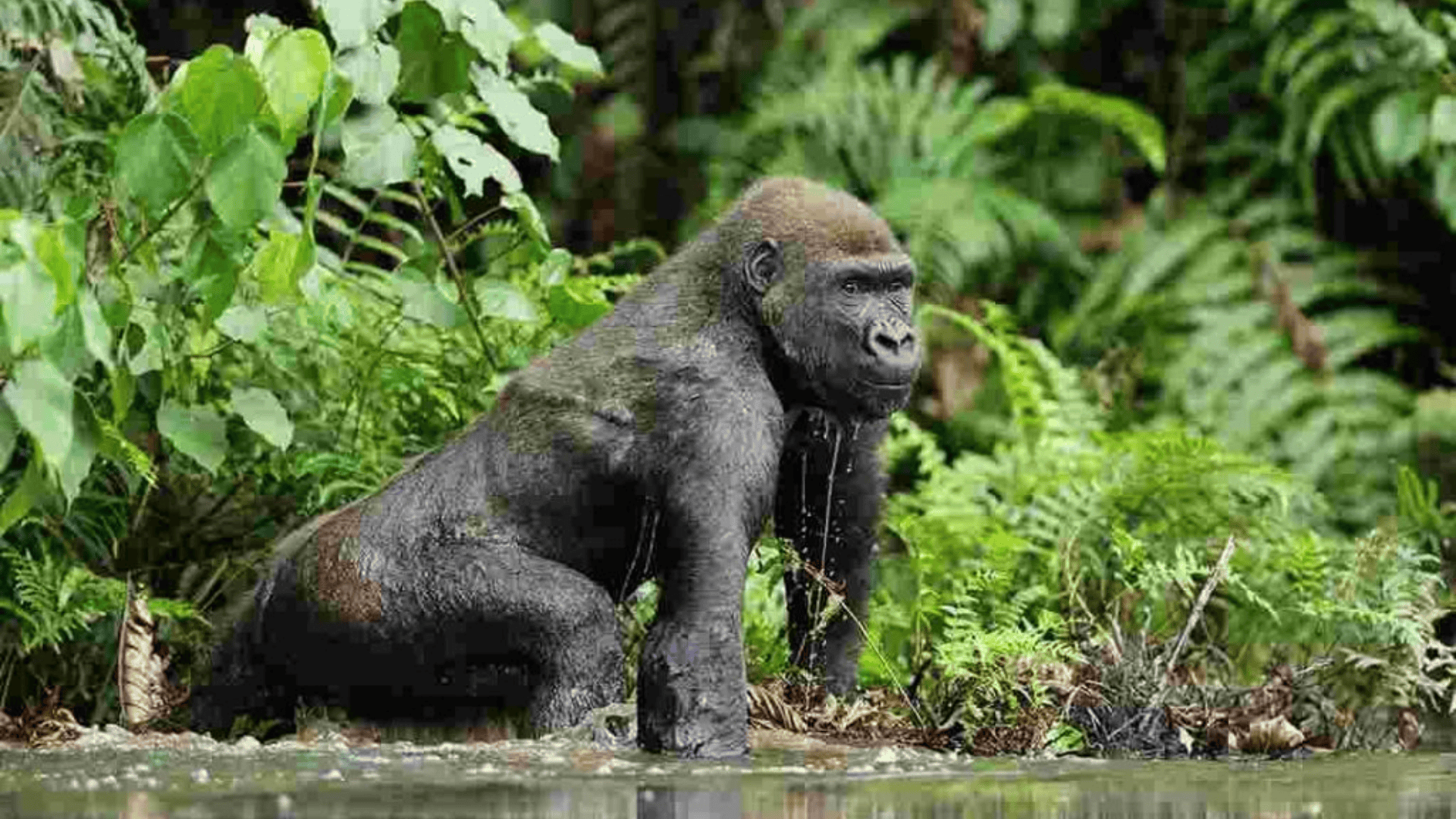
The Eastern lowland gorilla is the largest of the four gorilla subspecies. Males can weigh over 400 pounds and stand up to 5.5 feet tall when upright. They have a full body, black fur, and a broad chest with a short muzzle.
-
Region of Habitat: Democratic Republic of the Congo; inhabits lowland tropical forests and swamps in central Africa
-
Scientific Name:Gorilla beringei graueri
-
Feeding Habits: Herbivorous; consumes fruits, leaves, stems, and bark; feeds in groups and spends much of the day foraging
-
What Sound They Make: Use hoots, grunts, barks, and chest beating for communication, social bonding, and threats
Fun Facts:
Despite their intimidating size, they are gentle and shy in the wild. Each gorilla has a unique nose print, like a human fingerprint.
15. European Rabbit
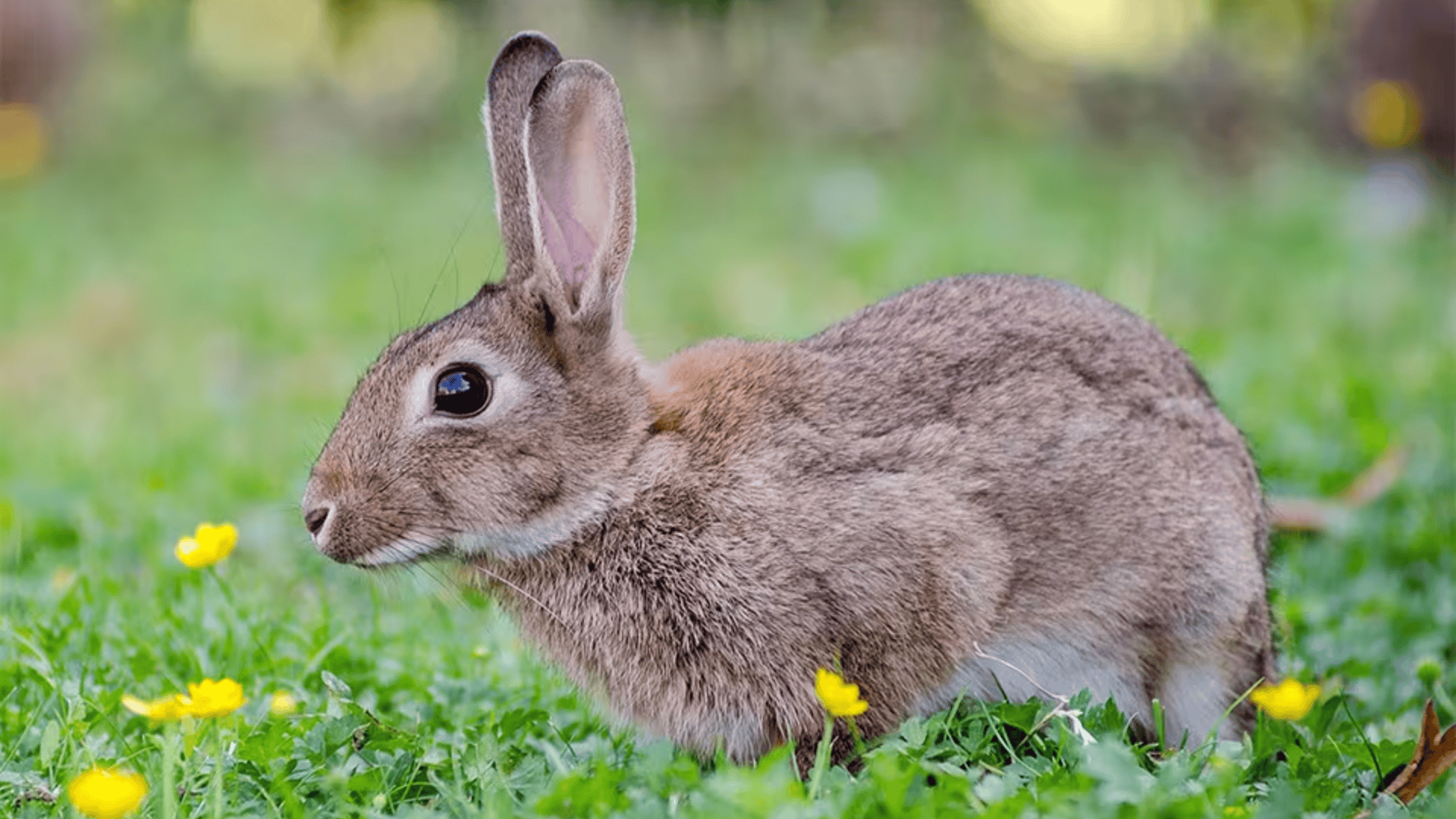
The European rabbit is a small, burrowing mammal with long ears, soft gray-brown fur, and a white underbelly. Adults are about 16 inches long and weigh around 2.5–4 pounds.
-
Region of Habitat: Native to southern Europe and North Africa; introduced worldwide; thrives in grasslands, meadows, and cultivated fields
-
Scientific Name:Oryctolagus cuniculus
-
Feeding Habits: Herbivorous; grazes on grasses, herbs, and vegetables; practices coprophagy (re-digests food to absorb nutrients)
-
What Sound They Make: Generally quiet; may thump hind legs in alarm or produce soft grunts and squeals when threatened
Fun Facts:
European rabbits live in complex tunnel systems called warrens with multiple entrances. They are the ancestors of all domestic rabbit breeds found worldwide today.
Wrapping It Up!
From the towering elephant with its remarkable intelligence to the tiny ermine with its seasonal camouflage, each animal showcases nature’s incredible adaptability and specialization.
These profiles highlight not just physical characteristics but the crucial ecological roles these animals play in their respective habitats.
Many face significant conservation challenges in our changing world, making awareness of their existence and needs more important than ever.
We encourage you to continue exploring the animal kingdom, as understanding these magnificent creatures is the first step toward ensuring their survival for generations to come.
If you’re interested in more informative animal and wildlife content, feel free to click here and explore other blogs that you might enjoy!

